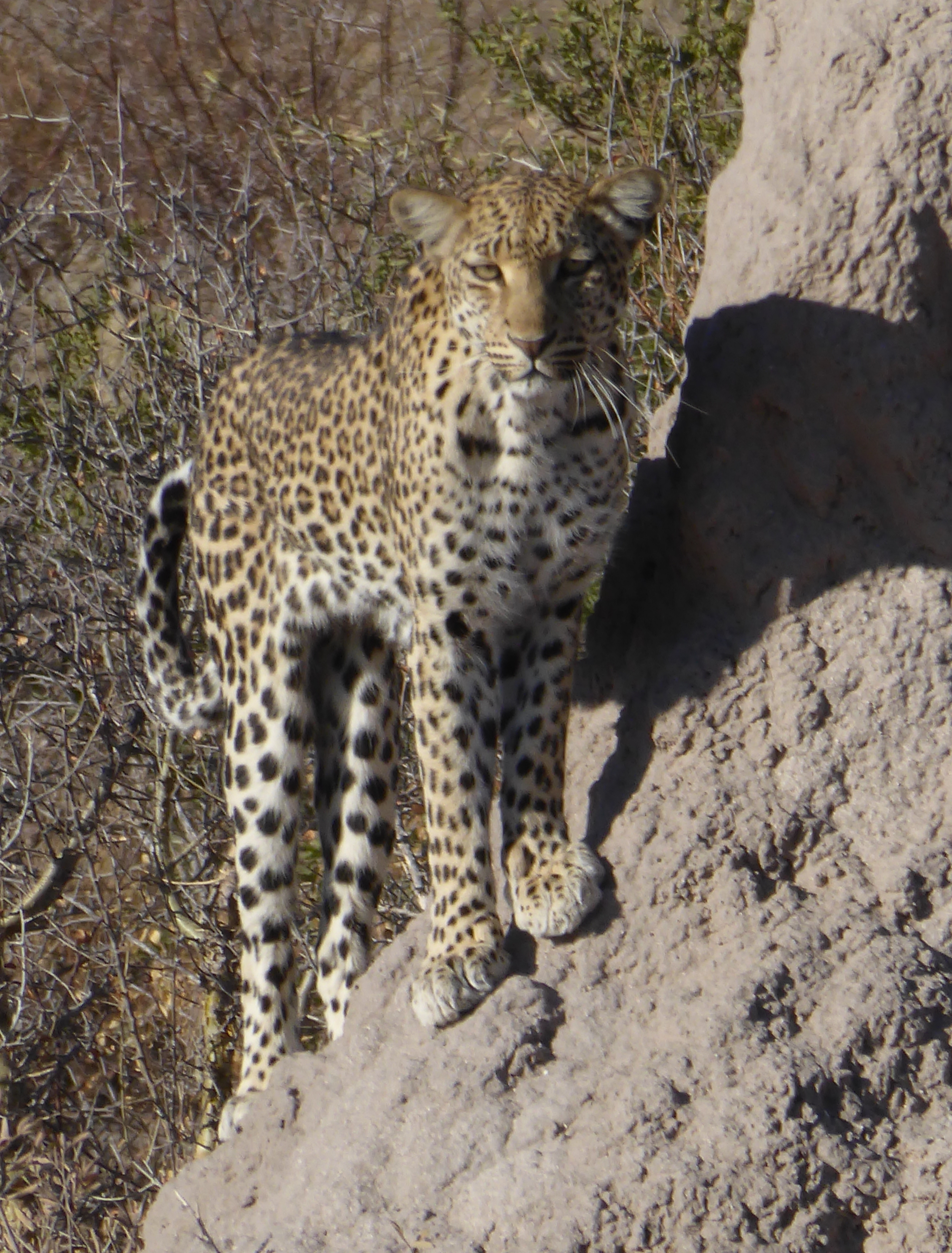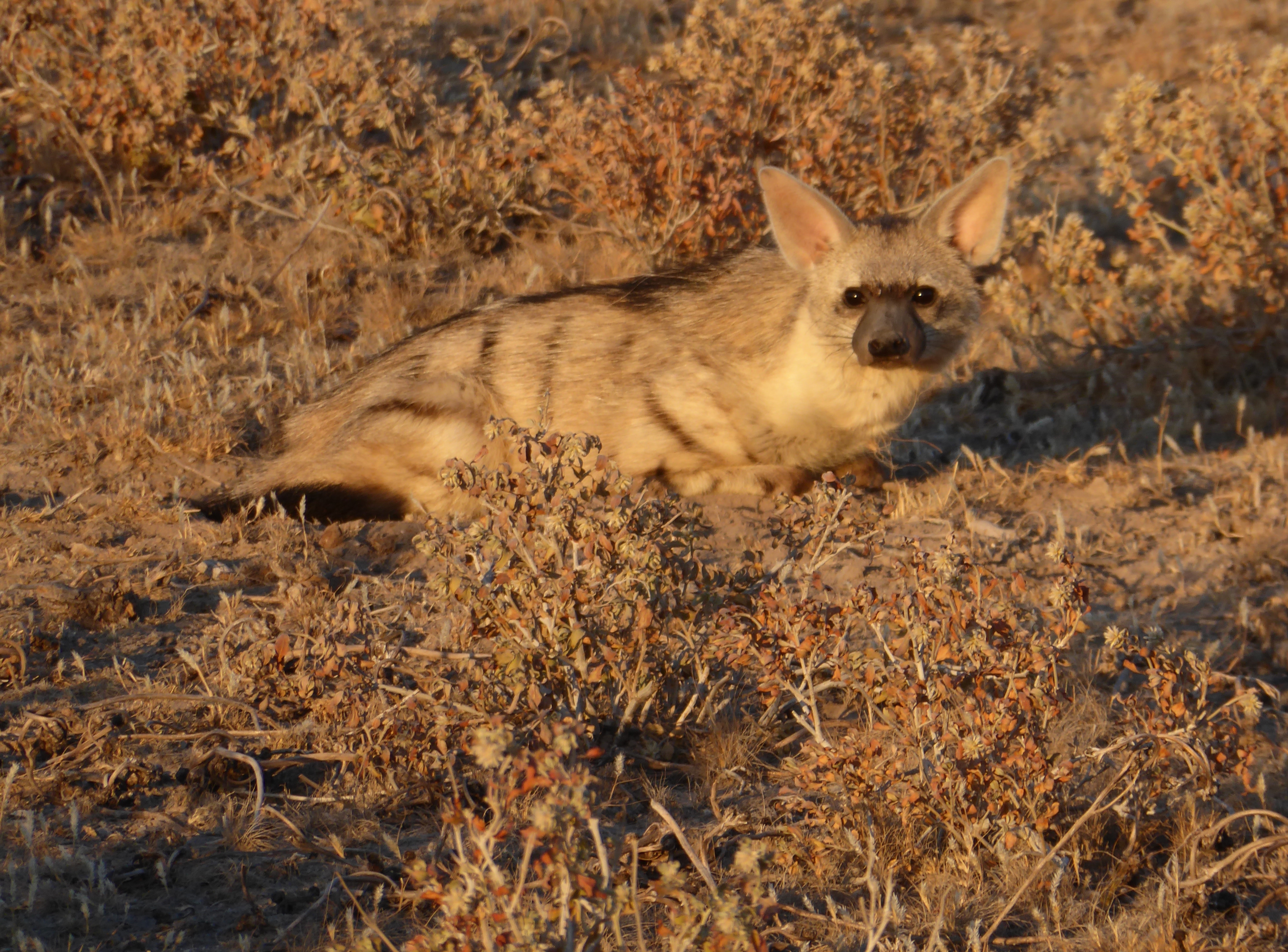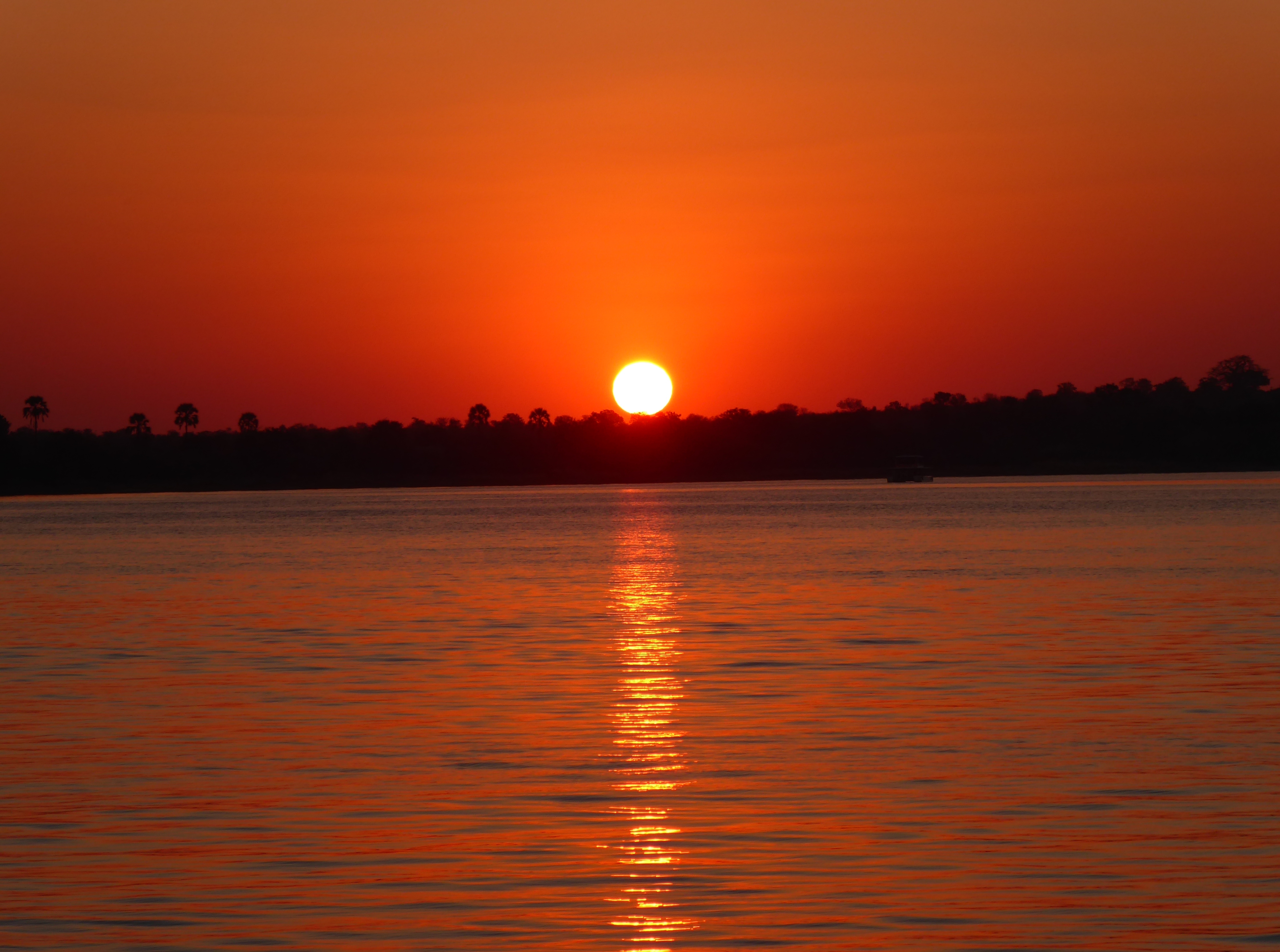Usually traveling independently, I had some trepidation booking a seventeen day guided camping safari. However, I was not up to the challenge of driving through the wilderness and camping on my own. I decided to compromise my freedom and solitude for an experience I would otherwise forgo: an extensive encounter with Botswana’s wild life. The safari began in Maun.
Coming from my overnight camping trip in Chobe, the short flight from Kasane to Maun went well. Arriving at the airport, I waited for my bag, and waited. I asked employees, on three different occasions where I should pick up my luggage. All of them instructed me to stay where I was. Some time later I see a man pushing a cart toward me. My bag was the only item on it. He had been waiting for me in another area of the tiny airport and was on his was to drop my bag off at the lost luggage. I noted it would be best in the future to do my own investigating rather than rely on the advice of others.
With bag in hand I looked for the transport I’d arranged from the airport to my accommodations, the Maun Lodge. Already delayed, I was surprised it wasn’t waiting for me. After another thirty minutes, I called the lodge and was cheerfully told someone would be leaving now to pick me up.
I’d met a man from Maun at Afrikaburn and from his description I envisioned a quaint town where I could spend a few days and explore it on foot. My plan had been to relax there before setting off on the camping safari.
But the short drive from the airport on a busy road, with no sign of a quaint anything, shattered my expectations. The road was dusty and heavily trafficked with an array of motorized vehicles; some horses and cows wandering freely.
Later, returning to the reception, my idea of walking to a restaurant for lunch was quickly nixed. A woman at the reception told me, “You’ll need to take a taxi to get anywhere, it’s not safe to walk around here and everything is far.” She suggested I go to the “Old” shopping mall. I suspect my face revealed my disappointment. I asked her how to get there.
I was escorted by a slight elderly gentleman, wearing a green uniform with gold epaulets, to the roadside. He waved down a shared taxi and speaking in Tswana, the country’s official language (besides English), gave my destination to the driver. The two other passengers, a couple, made room for me in the back seat. I paid the driver with the five pula coin (about 45 cents) I’d borrowed from the woman at reception. I had no local currency (a visit to an ATM would soon change that) .
The “Old” shopping mall was a number of large stores selling clothing, food, electronic and household goods, and simple wooden stands displaying more of the same encircled a large parking lot. Makeshift nail salons and hair dresser stands selling wigs and extensions were busy with customers. American country and western music was blaring from speakers in the center and seemed markedly out-of-place. I asked a vendor about the music and she shrugged, then added. ” I think they’re trying to sell something.”
Lunch options were slim: Wimpy’s, Bimbo’s, and KFC. Fast food reigned. I walked across the street to Debonairs, a pizza chain, for a decent vegetable pizza. Afterwards I looked for a pair of pants and shirt to take on the camping trip, and despite the friendly, patient assistance of the vendors, I left empty-handed.
The three days and nights in Maun passed pleasantly: I had time to chat with the locals, including two young women studying plumbing and another hoping to heal a broken heart : despite a nearby night club which made sleeping before midnight a challenge.
I met the guide, Robson, and the cook, KK, a day before our departure. Robson displayed a cockiness in marked contrast with KK’s reserve. For the first five days it would only be them, a German family of four, and me exploring the Central Kalahari Game Reserve. We would be joined later by seven French tourists to head into the Okavango Delta and beyond .
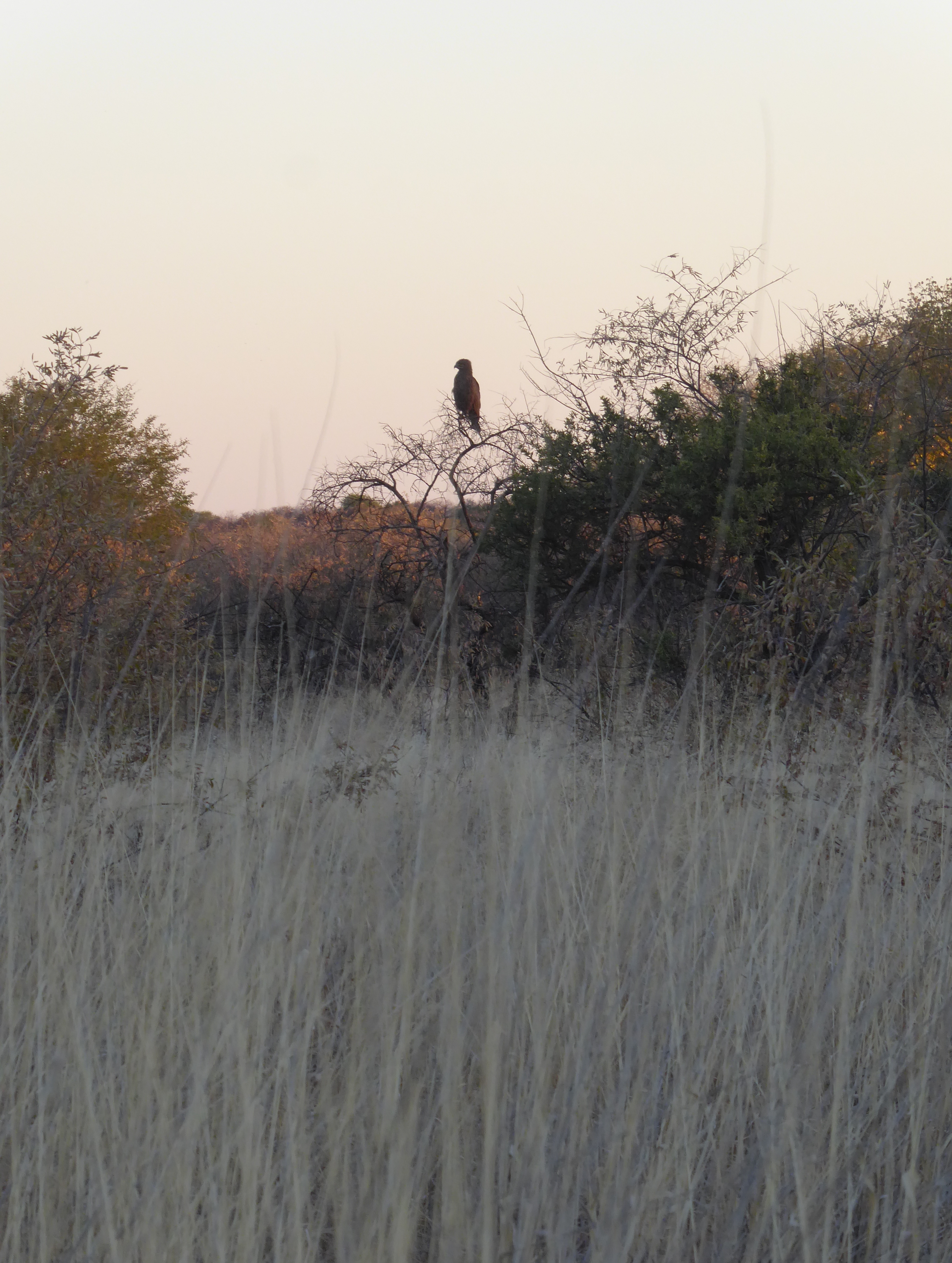
The seven of us set off in an open safari truck with four rows of seats for the passengers. The family and I had plenty of room to stretch out. Morning hours were downright cold and the wind added to the chill. We bundled up in several layers and huddled under the blankets we were given as we set off to the game reserve. The paved road was soon replaced with a sandy track that ran along an endless fence to deter the spread of hoof and mouth disease among the livestock.
It wasn’t that long ago that cattle ranching superseded any concerns for the multitudes of wild animals that migrated freely for food and water: the fences denied wildebeest, gazelles and other magnificent beasts access to crucial water holes and streams leading to their devastating demise.
A slow-starting, but ultimately fascinating account of this struggle can be found in Mark and Delia Owens book, Cry of the Kalahari. Thanks to their efforts, and others, the Botswana economy shifted to promote tourism and the preservation of its glorious resources.
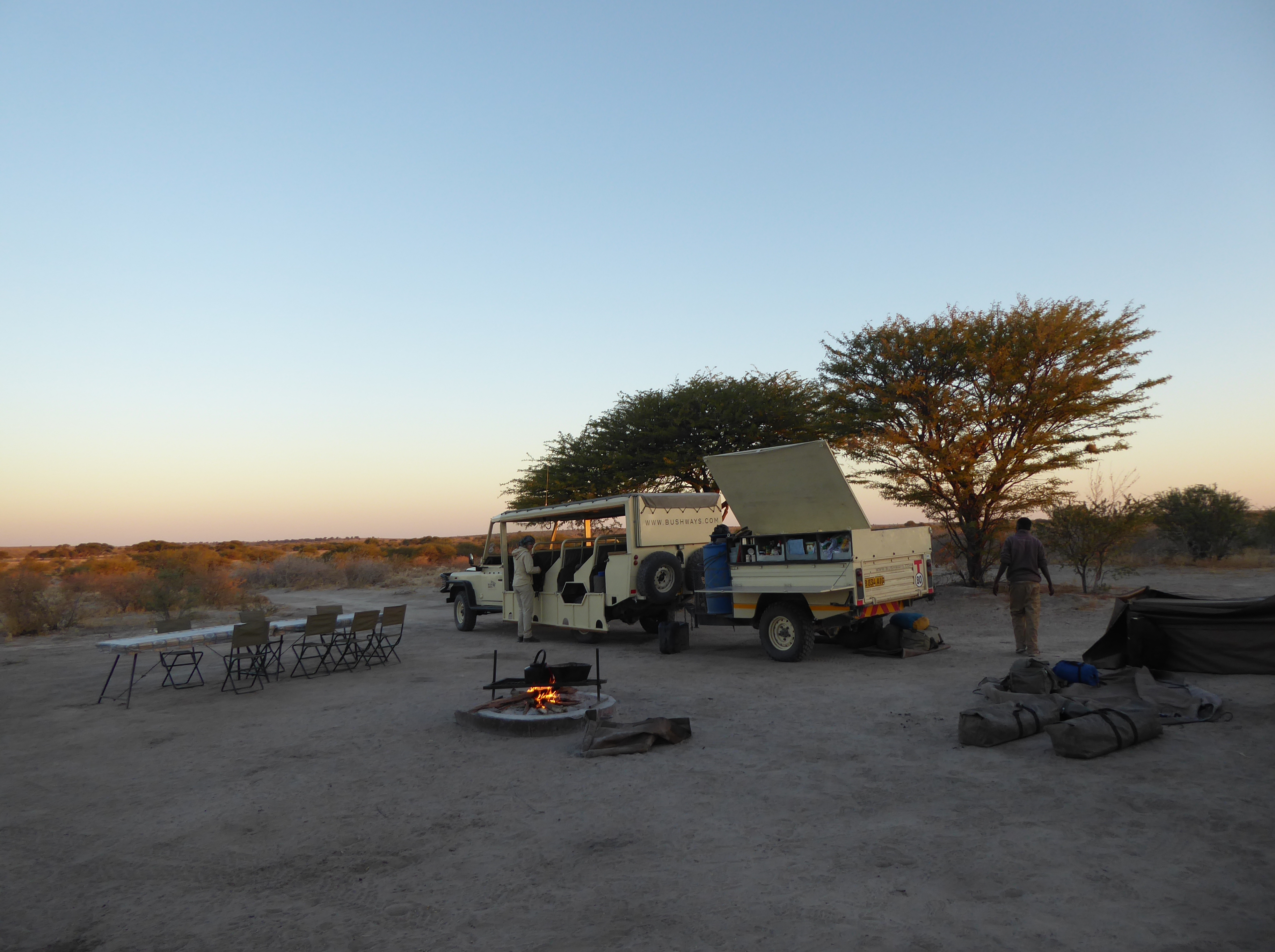
Our accommodations were the canvas two-person tents we set up ourselves (with assistance from each other). Foam mattresses were supplied. Toilets were of the bush variety: a seat on a stand over a hole in the ground. A small pile of dirt and shovel were provided for “flushing”. Our drinking water was filtered from the large tank that traveled with us and our scarce water supply for washing was unfiltered. I relied primarily on wet-wipes for my personal hygiene.
All cooking, including our bread, was done on an open fire. When asked about dietary restrictions I had written that I ate some meat, but preferred a vegetarian diet. After the first week of virtually nothing but meat, I gently requested more variety. KK managed to create some delicious options.
Our days followed the typical safari schedule. This meant waking up between 5:30am and 6:00am for breakfast: breaking camp when necessary (every or every other day): then heading out wearing my many layers for a three plus hour game drive; a tea/coffee break about 10am; lunch around noon and a return to or setting up camp, then given the heat, I would strip down to one layer; another game drive around 4pm until sunset around 6pm; dinner around 7pm when I would put back all those same layers and get into my sleeping bag for sleep around 9pm.
I resigned myself to the regimented lifestyle and focused instead on starting and ending each day by a camp fire and enjoying extraordinary sights and sounds during each waking moment.
And in addition to the schedule there were other changes to the lifestyle in the bush. Any necessary night “small business” we were advised, should be done cautiously: “Listen while inside your tent, open the flap and look around with your flashlight, listen again, step out of the tent, walk a few steps to the side or back of it, do not wander off, head back in without delay.”
I noticed the others opted to bypass this ritual altogether by avoiding any intake of liquids after 4pm. But I feared dehydration, given the heat, more than I did an encounter with a wild beast. Besides, I thoroughly enjoyed the nightly show of the moon and stars.
The rewards largely outweighed any inconvenience or discomfort.
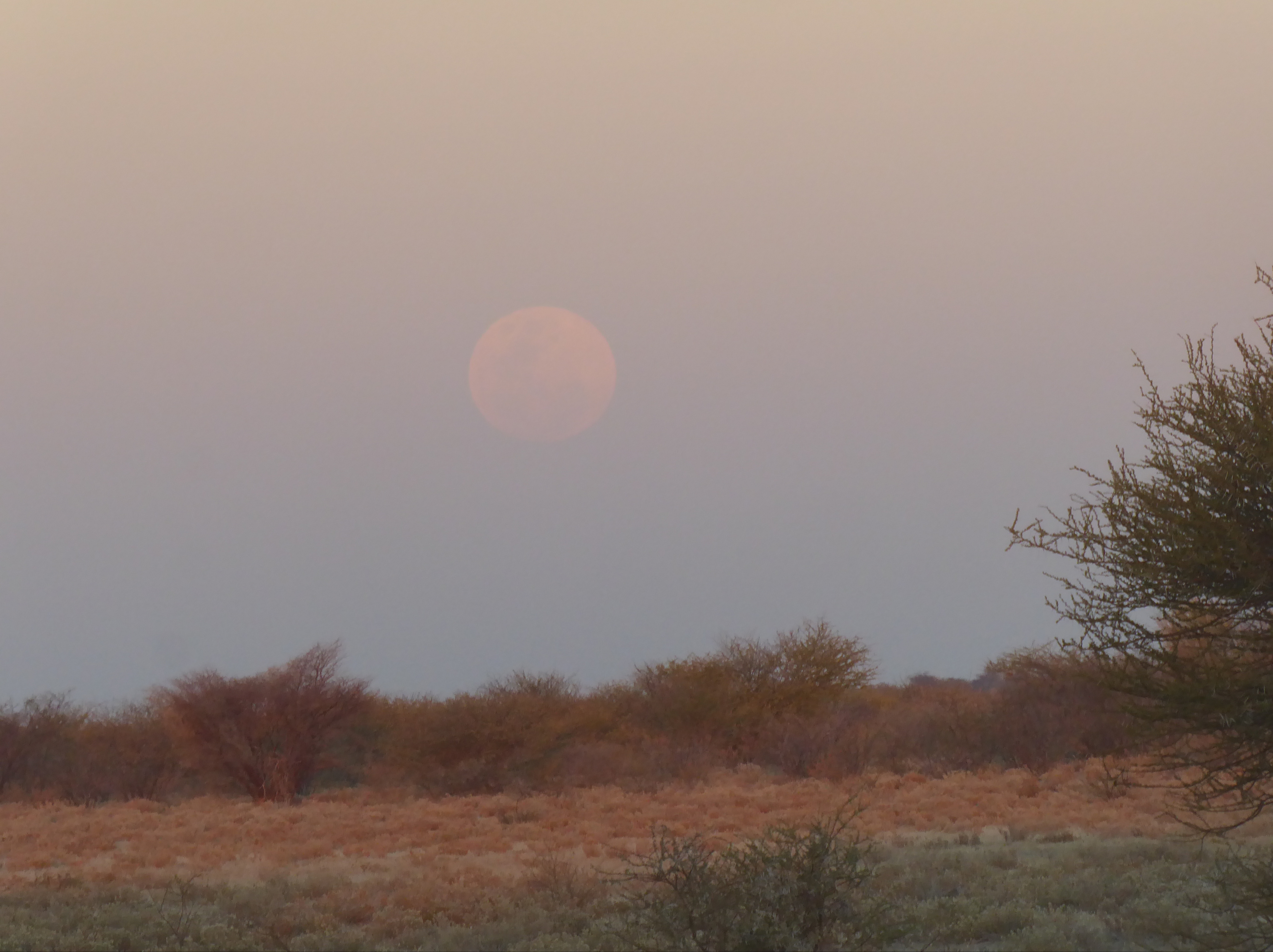
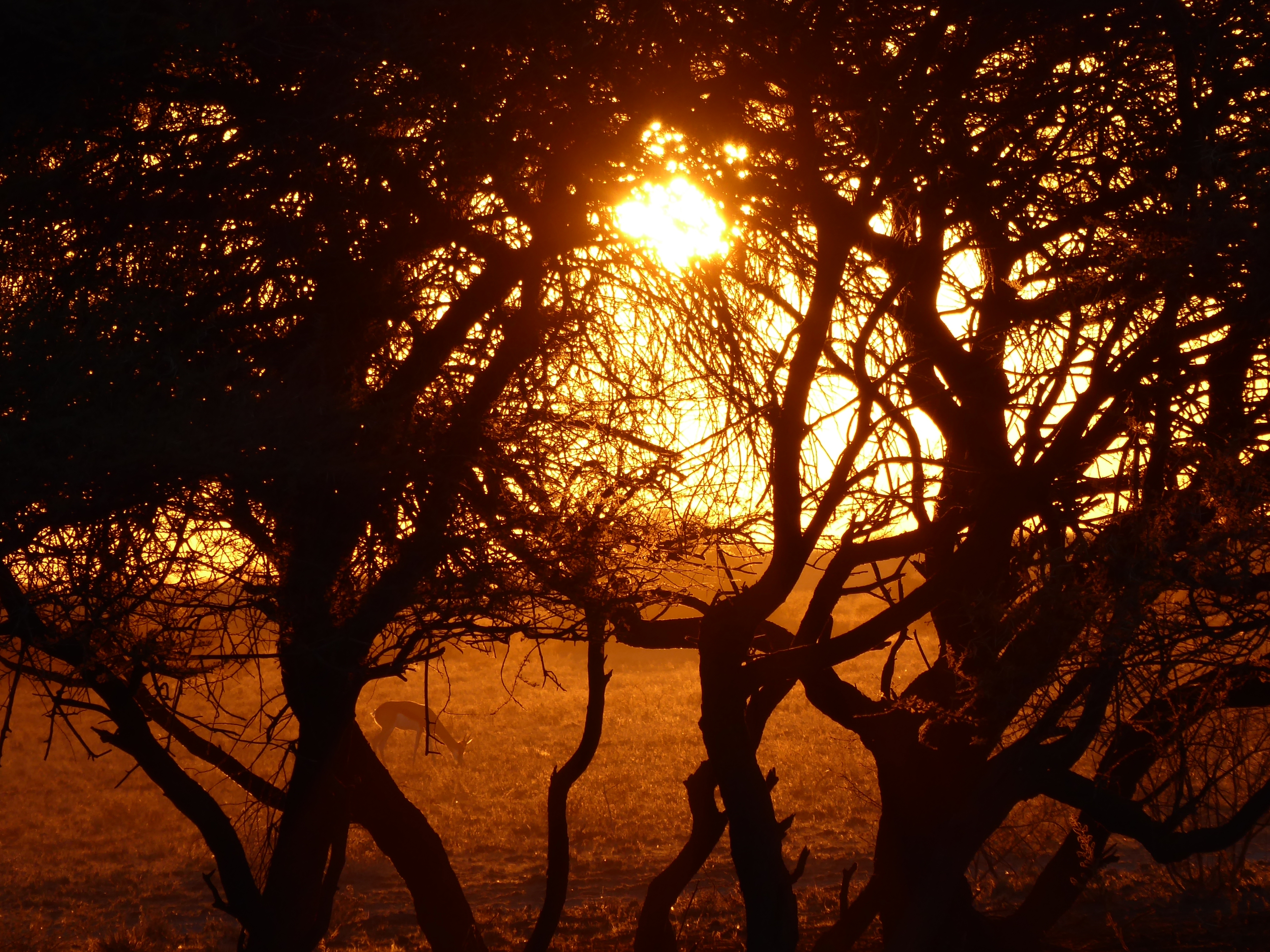
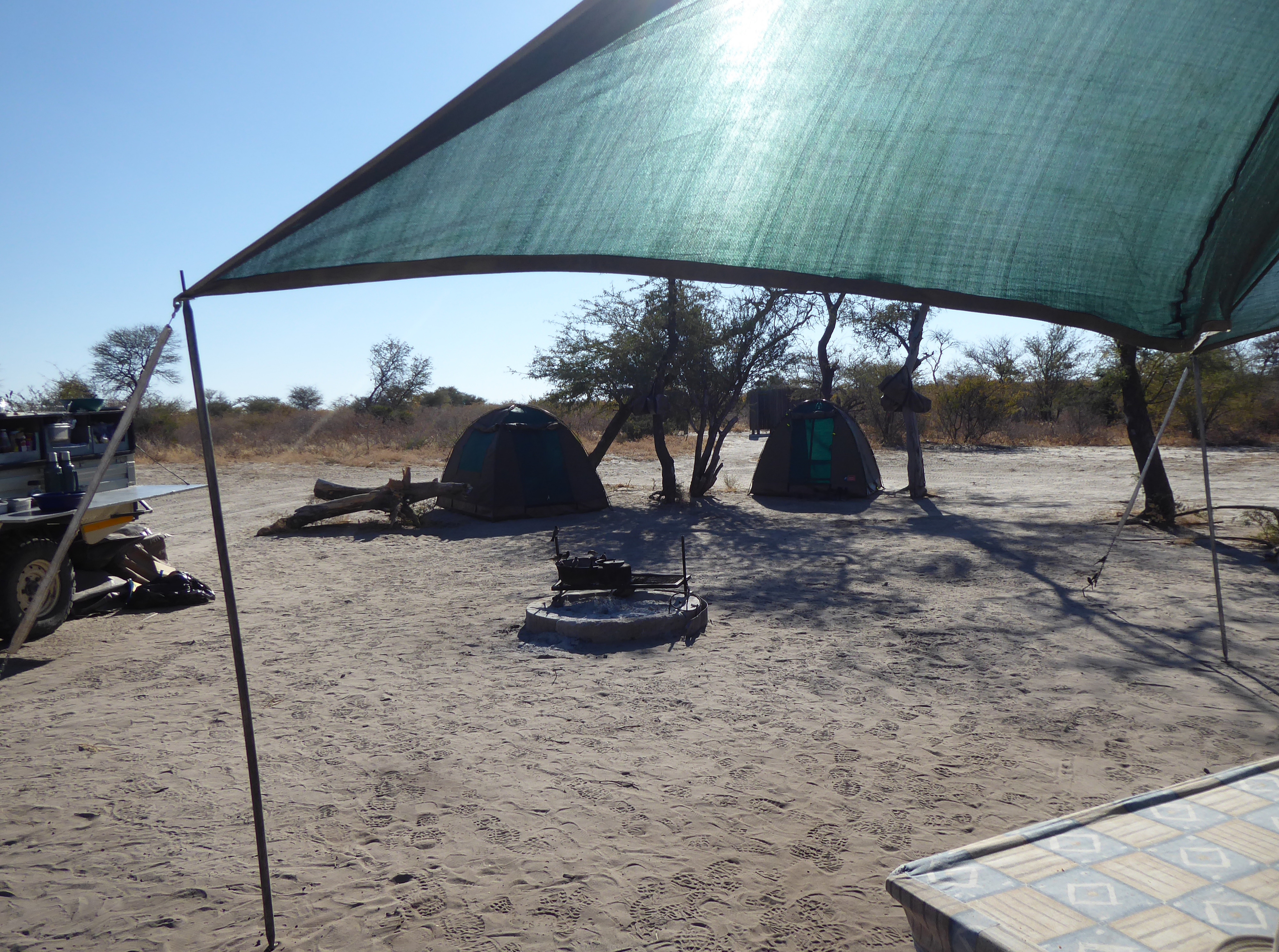
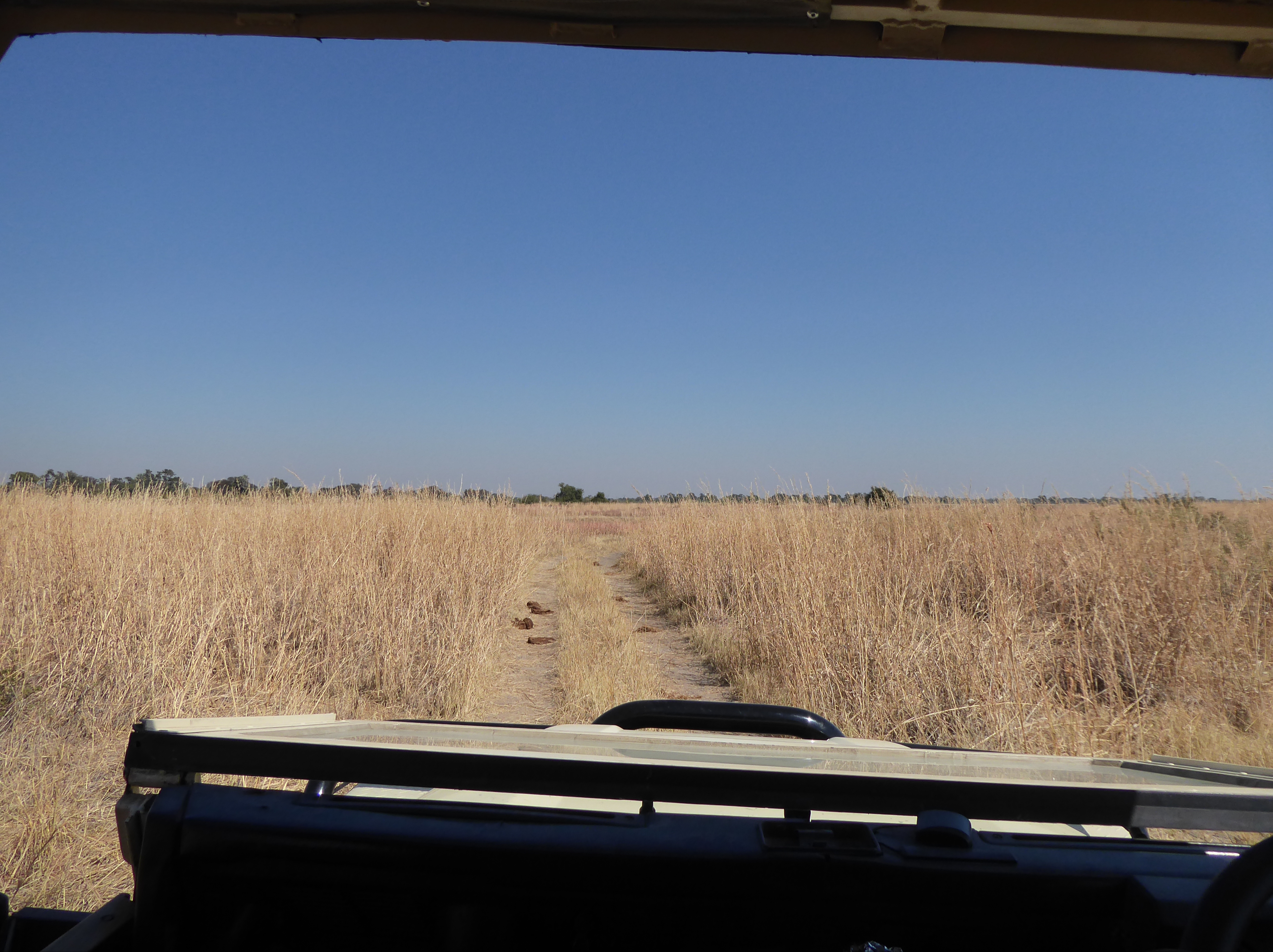
When you go on an African Safari, generally the goal is to see “The Big Five”: lion, leopard, rhinoceros, elephant, cape buffalo. There is also the “Ugly Five”: hyena, wildebeest, vulture, warthog, and marabou stork, the “Little Five”, “Shy Five,” etc..
The longer the safari, the greater the chance of seeing what you hope to. I tried to keep my expectations to a minimum, but that didn’t stop me from keeping my fingers crossed.
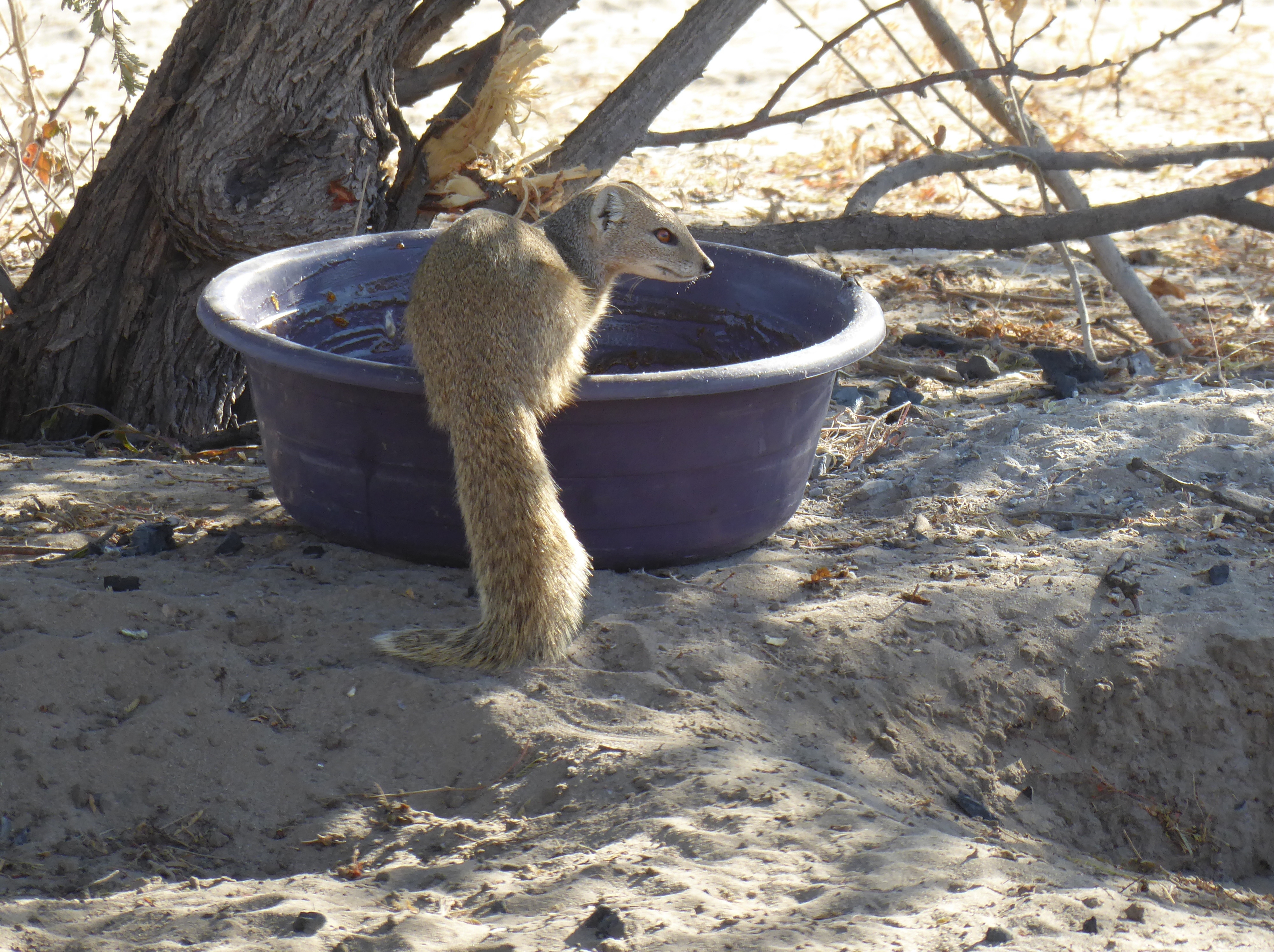
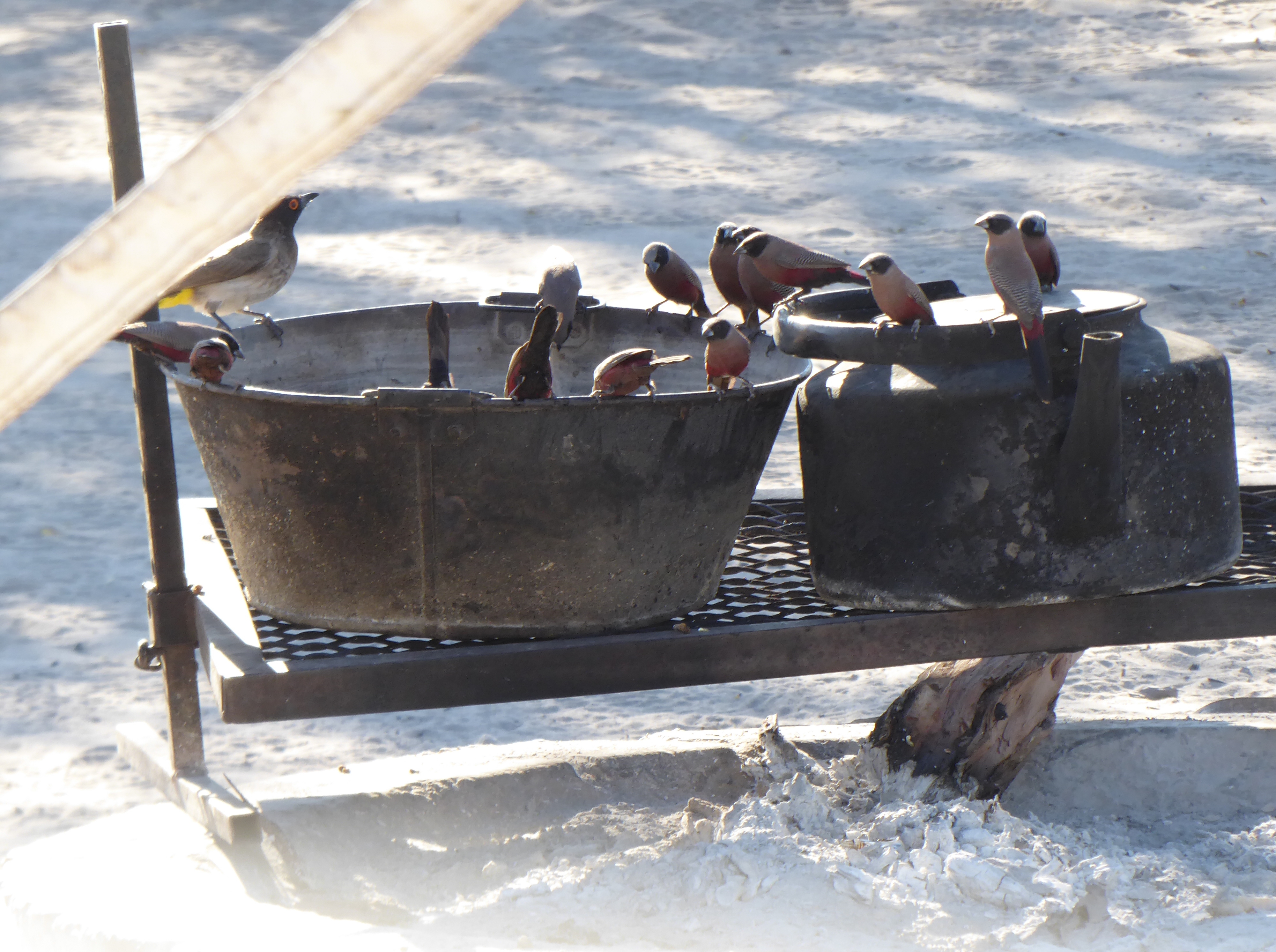
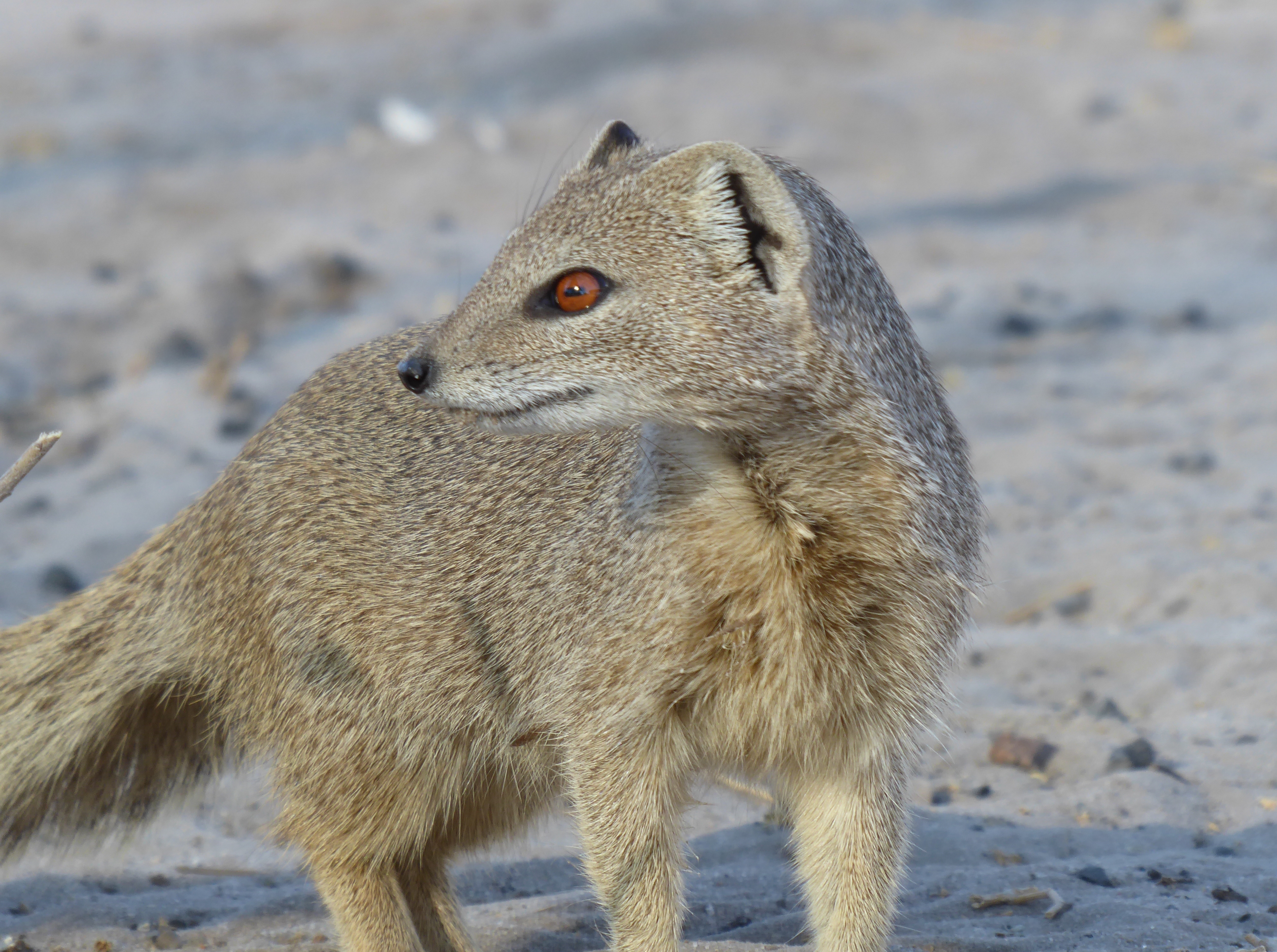
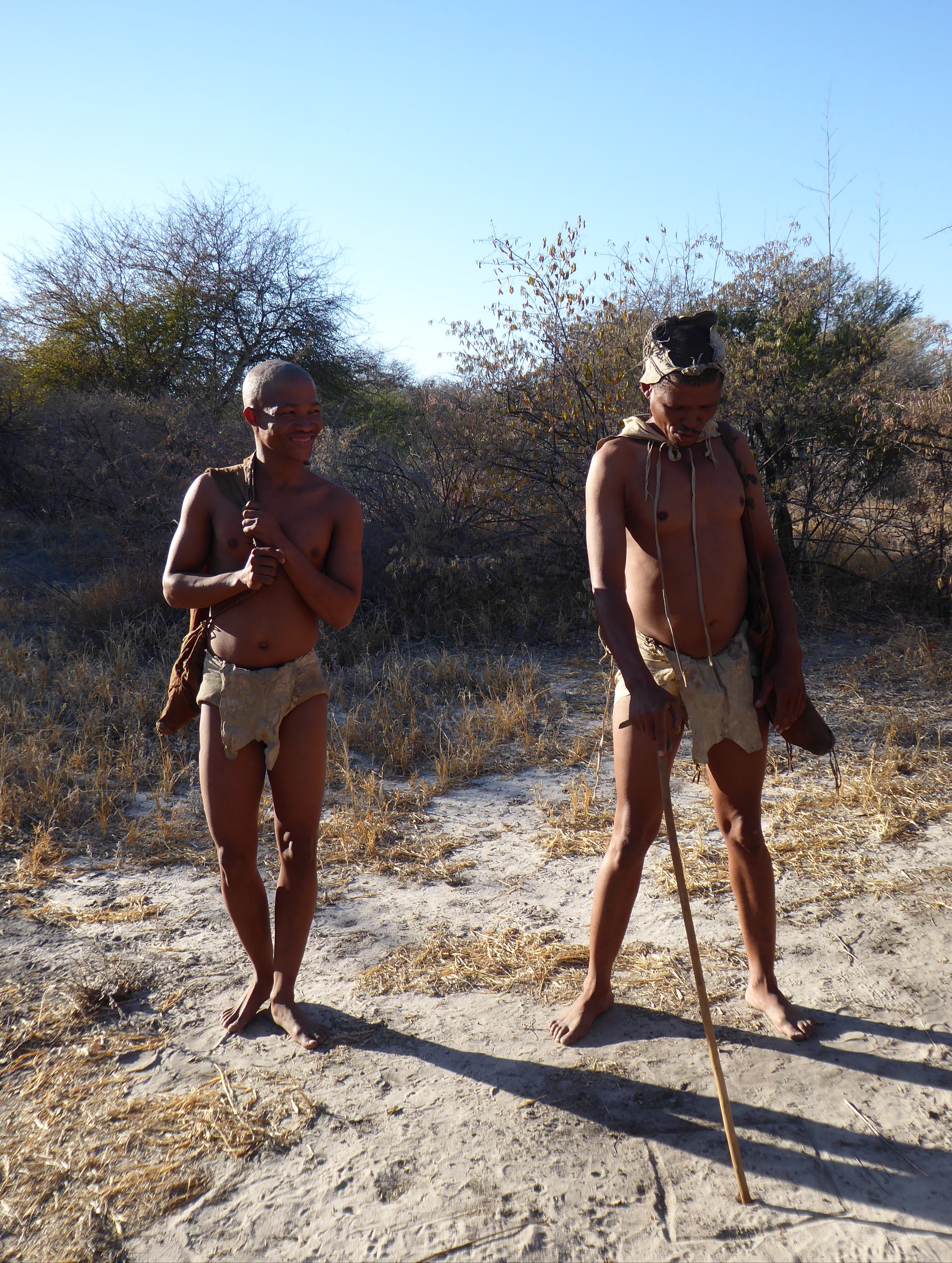
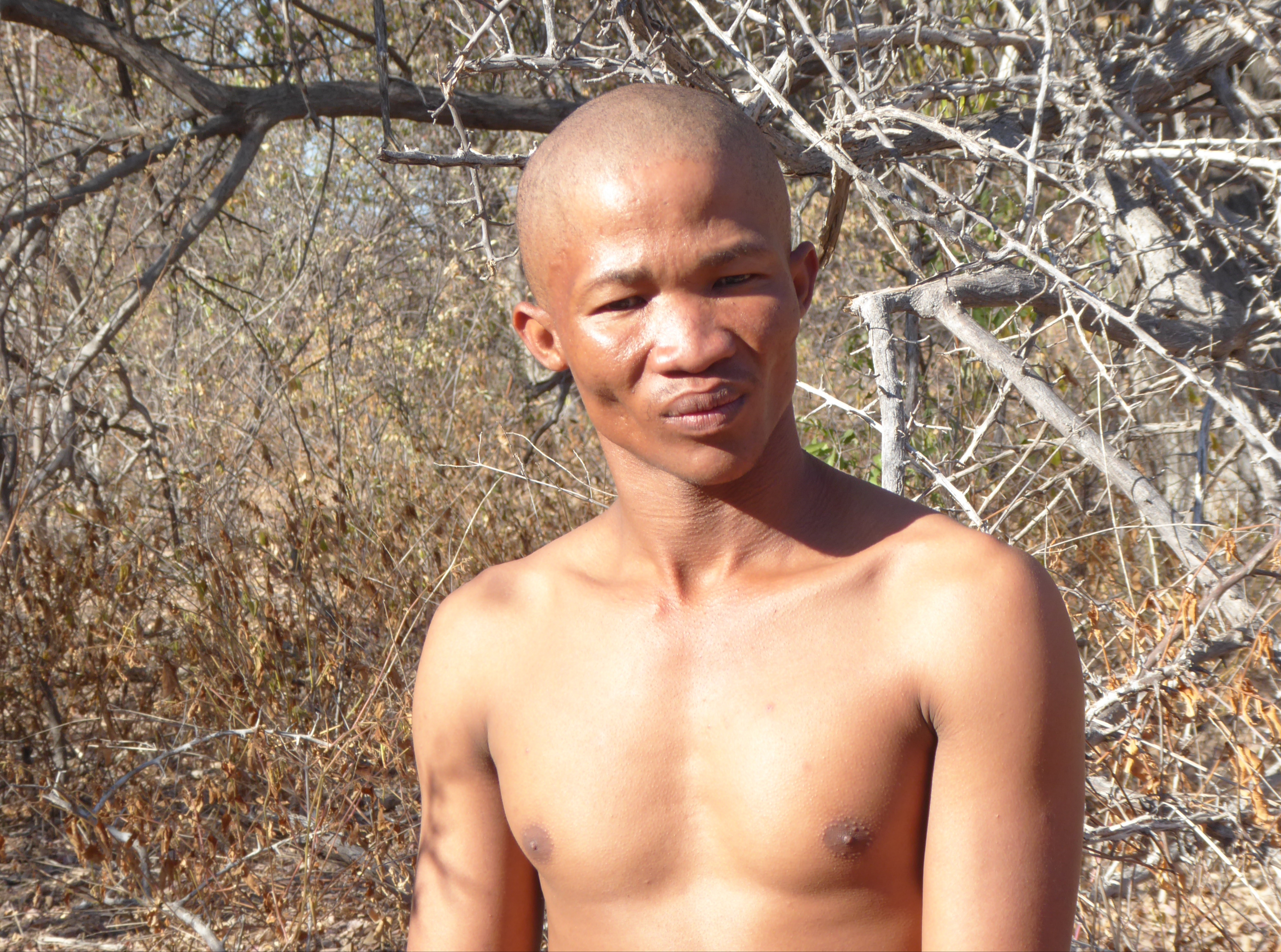
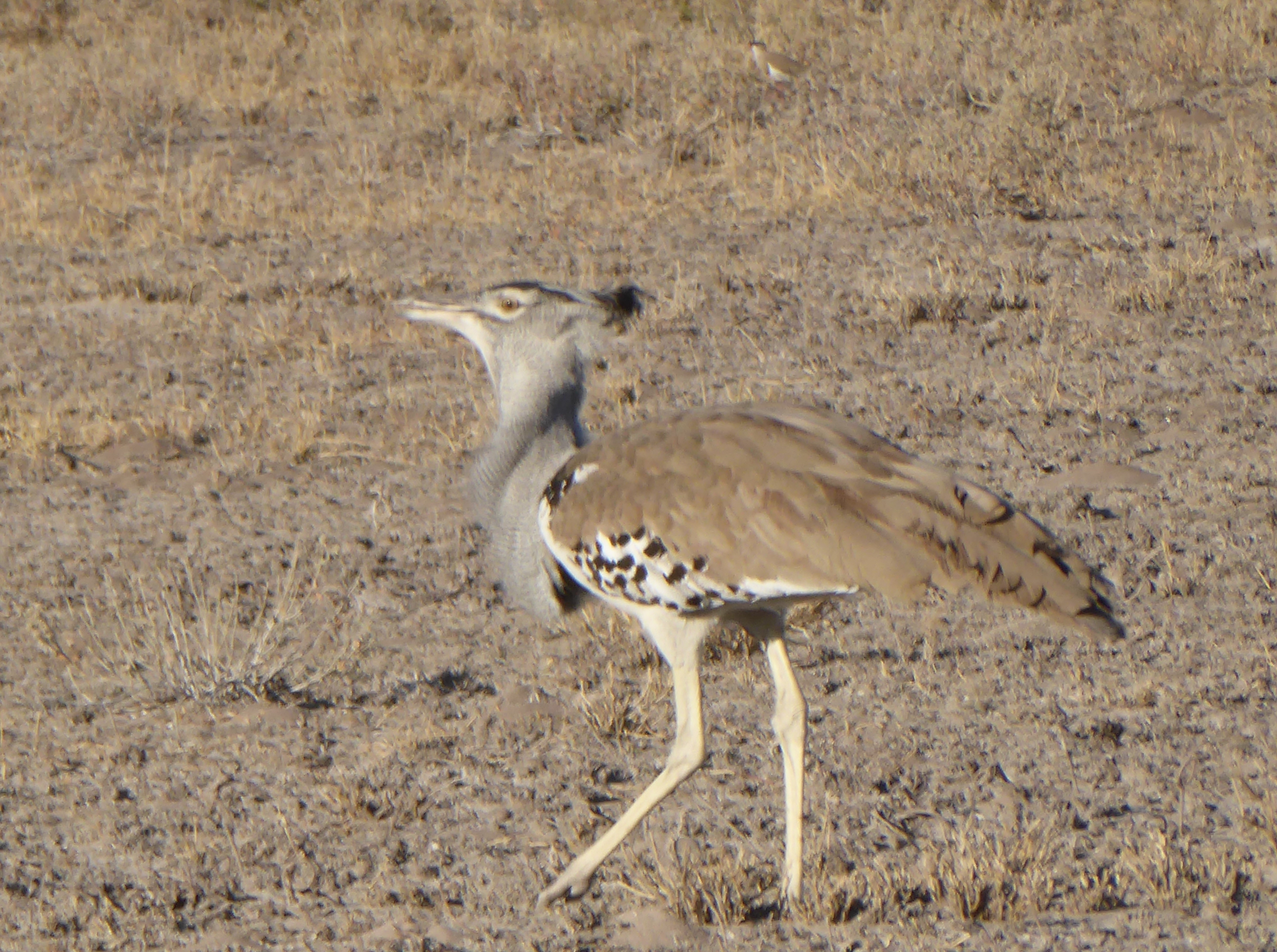
A bat-eared fox could be spotted from a distance with its distinctive outline.
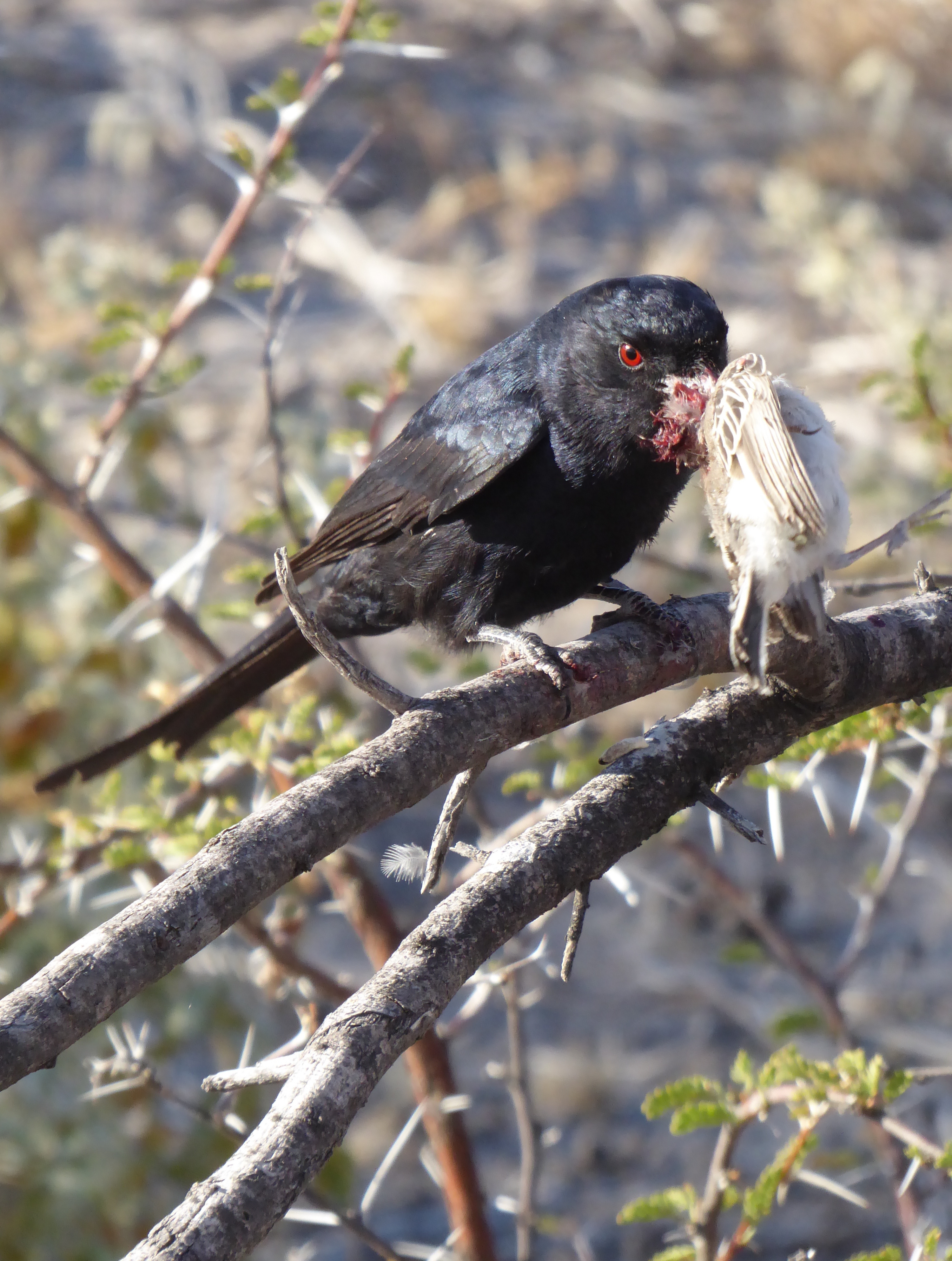
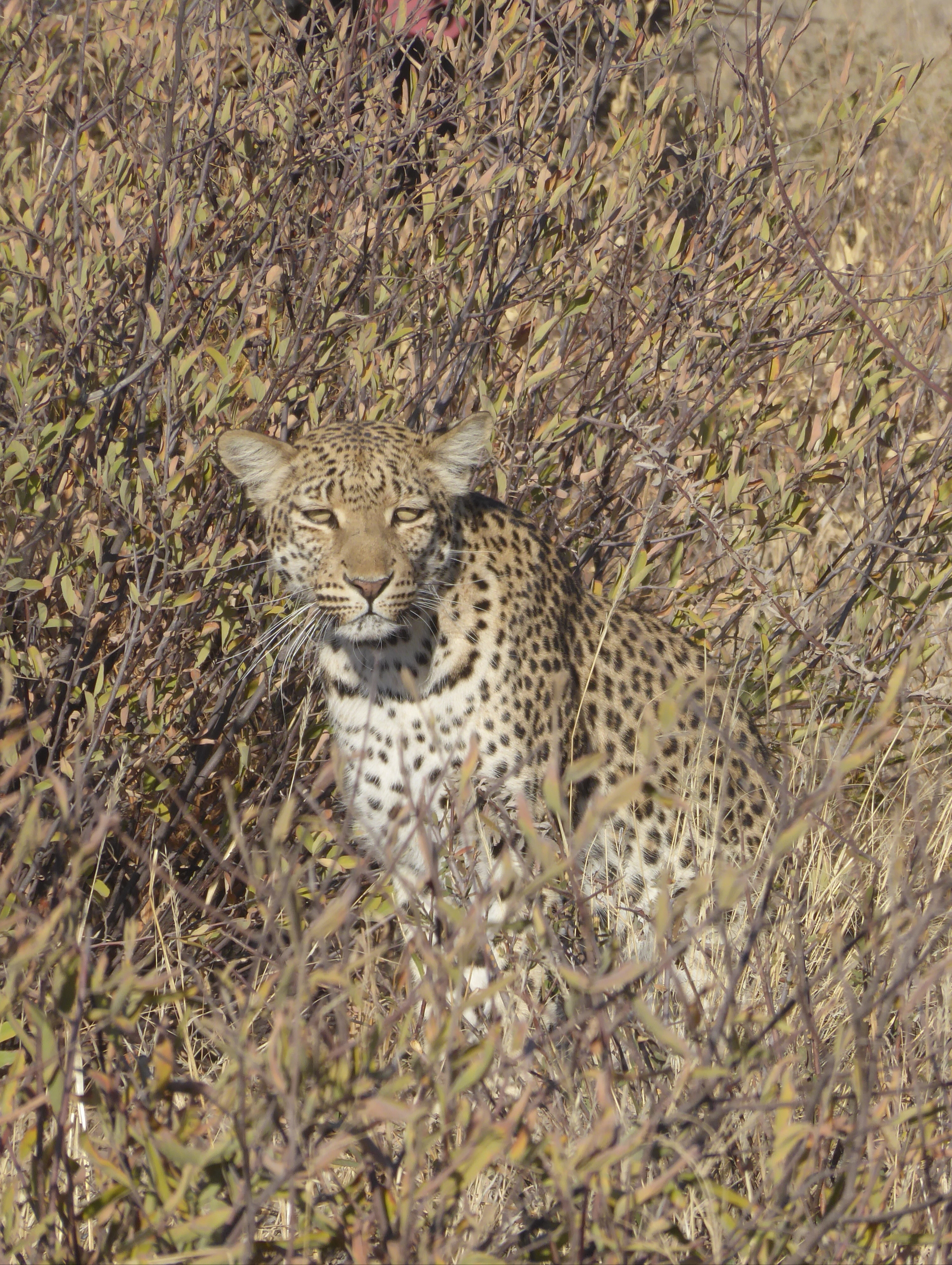
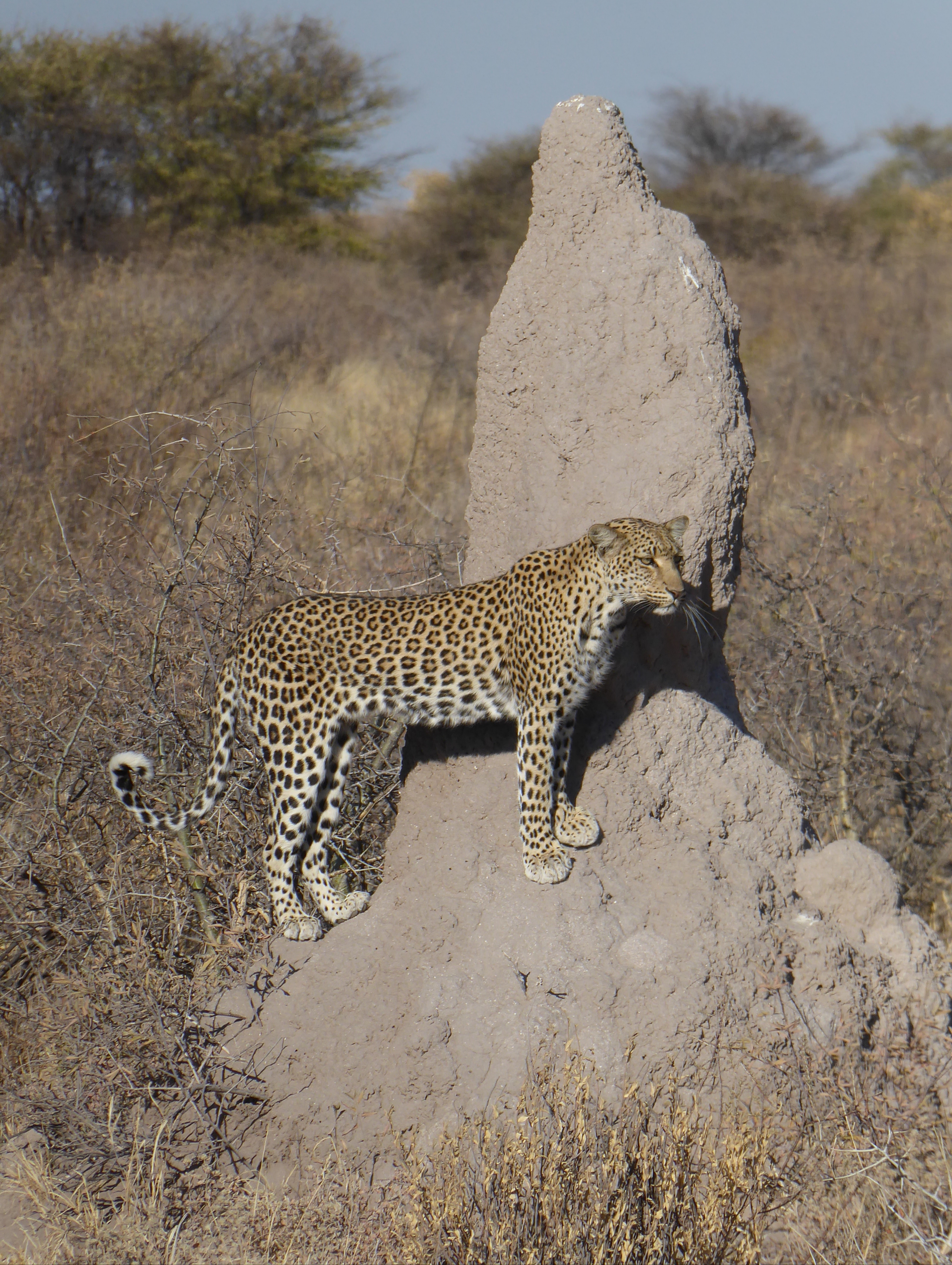
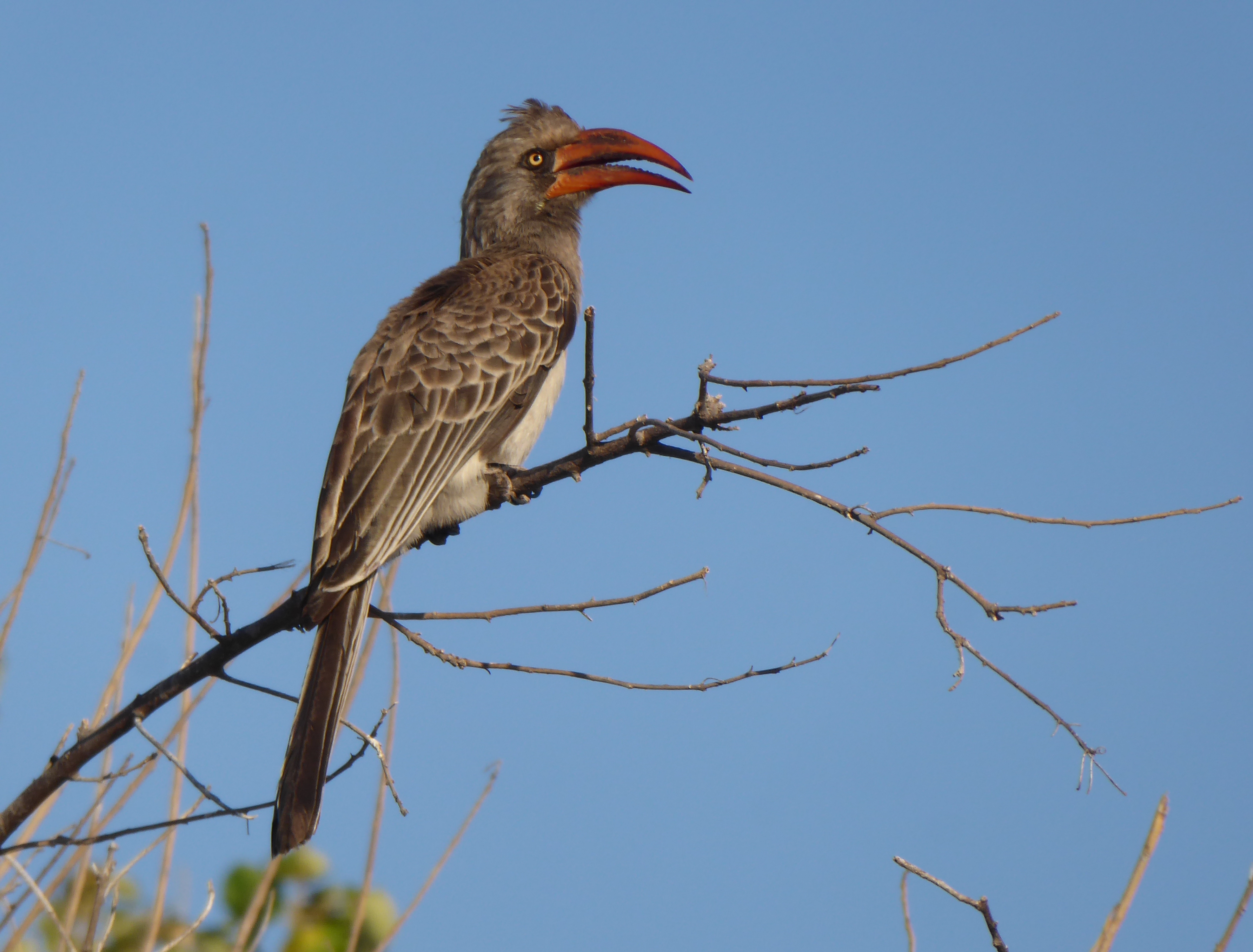
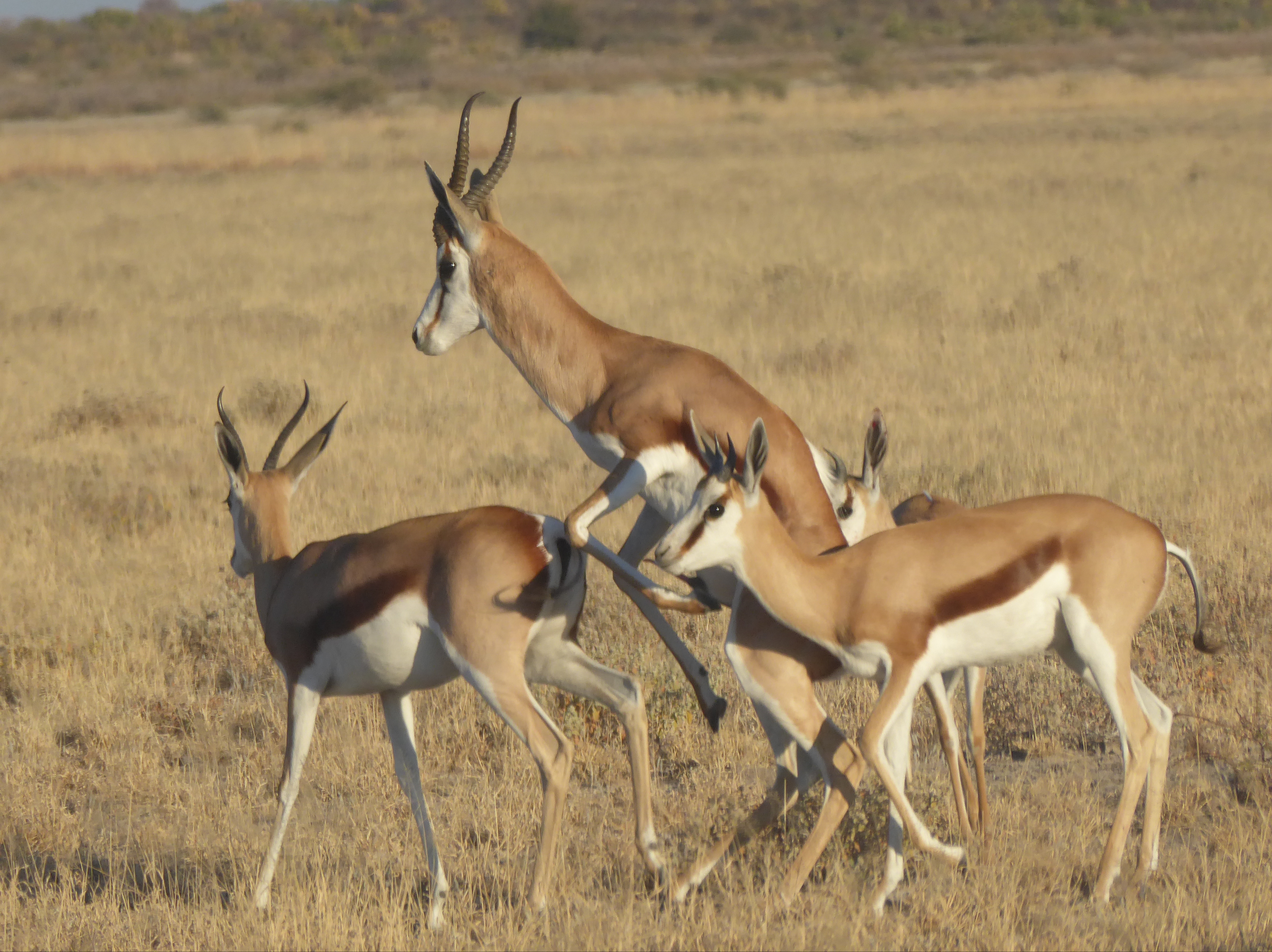
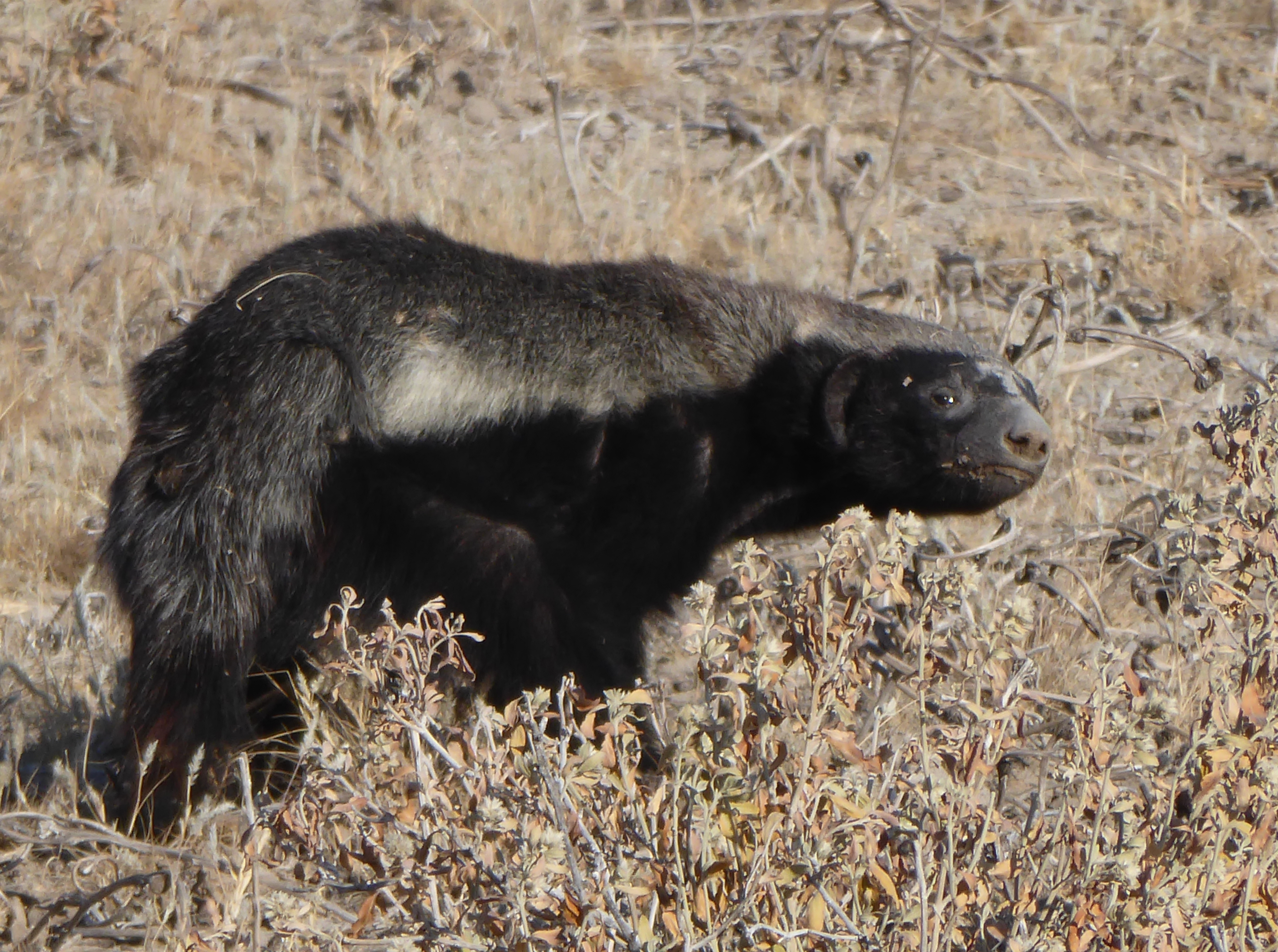
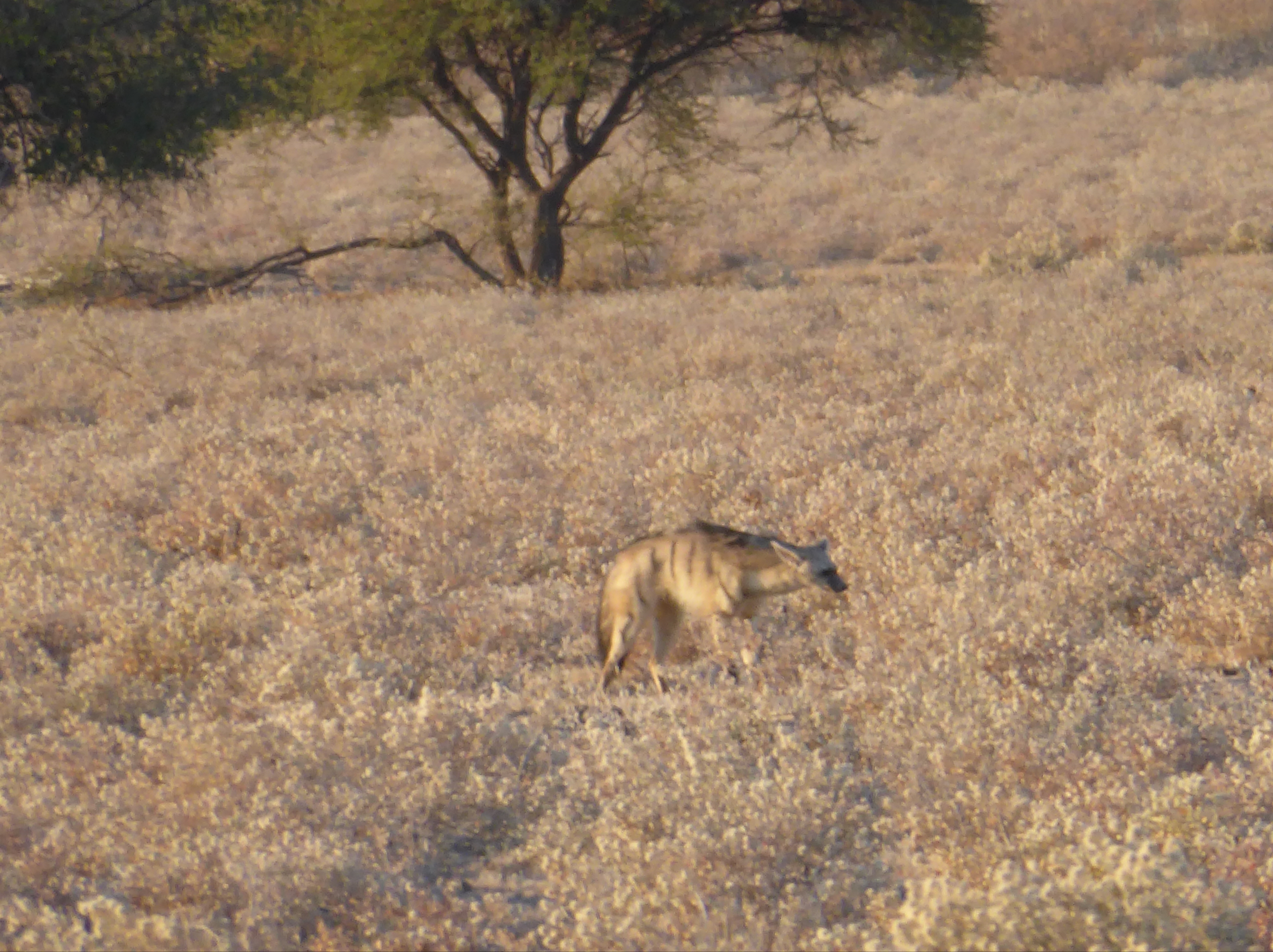
Heading back to Maun to meet the French tourists we made time for a flight over the Okavango Delta. I had the pleasure of sitting next to the pilot.
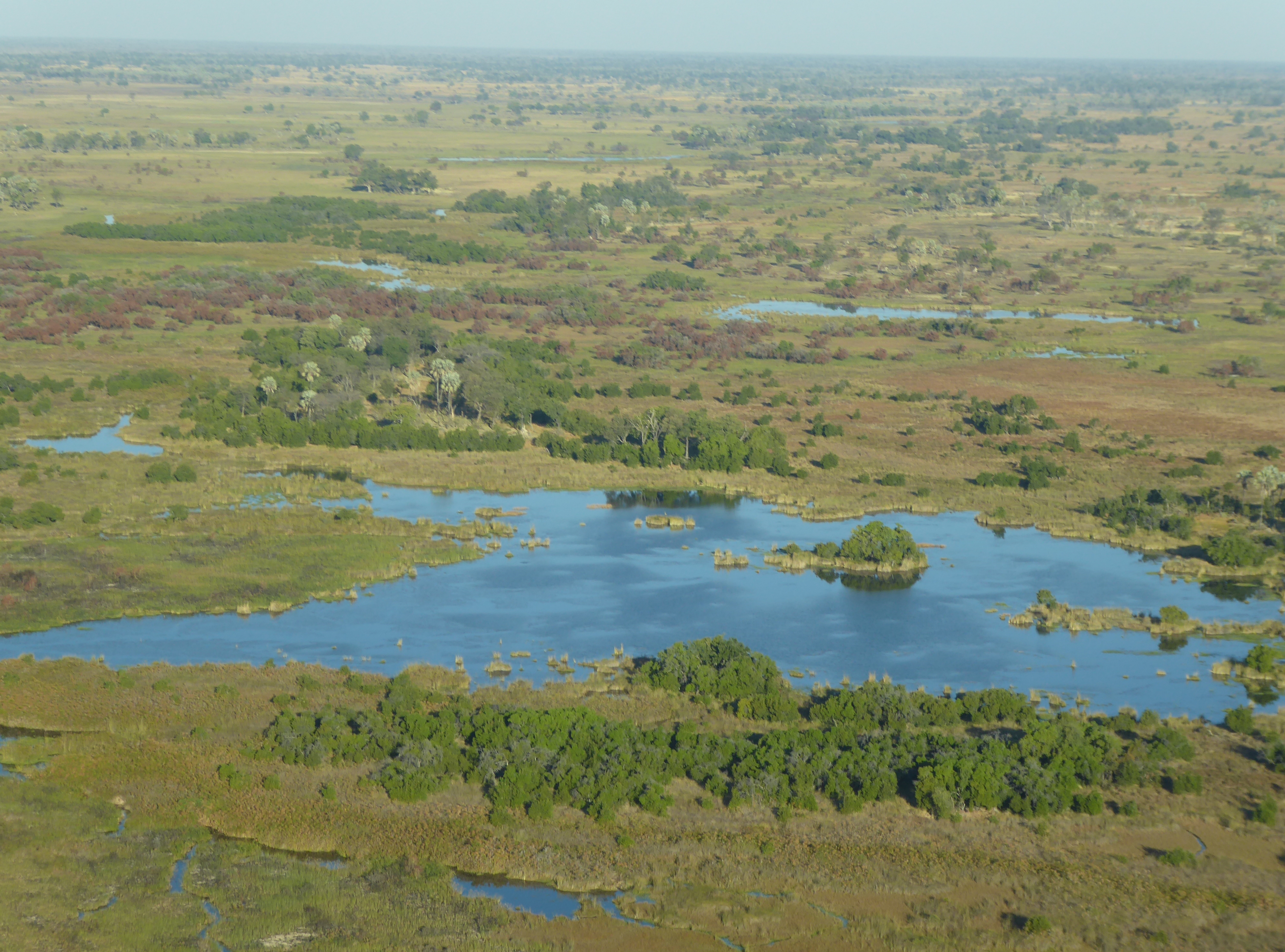

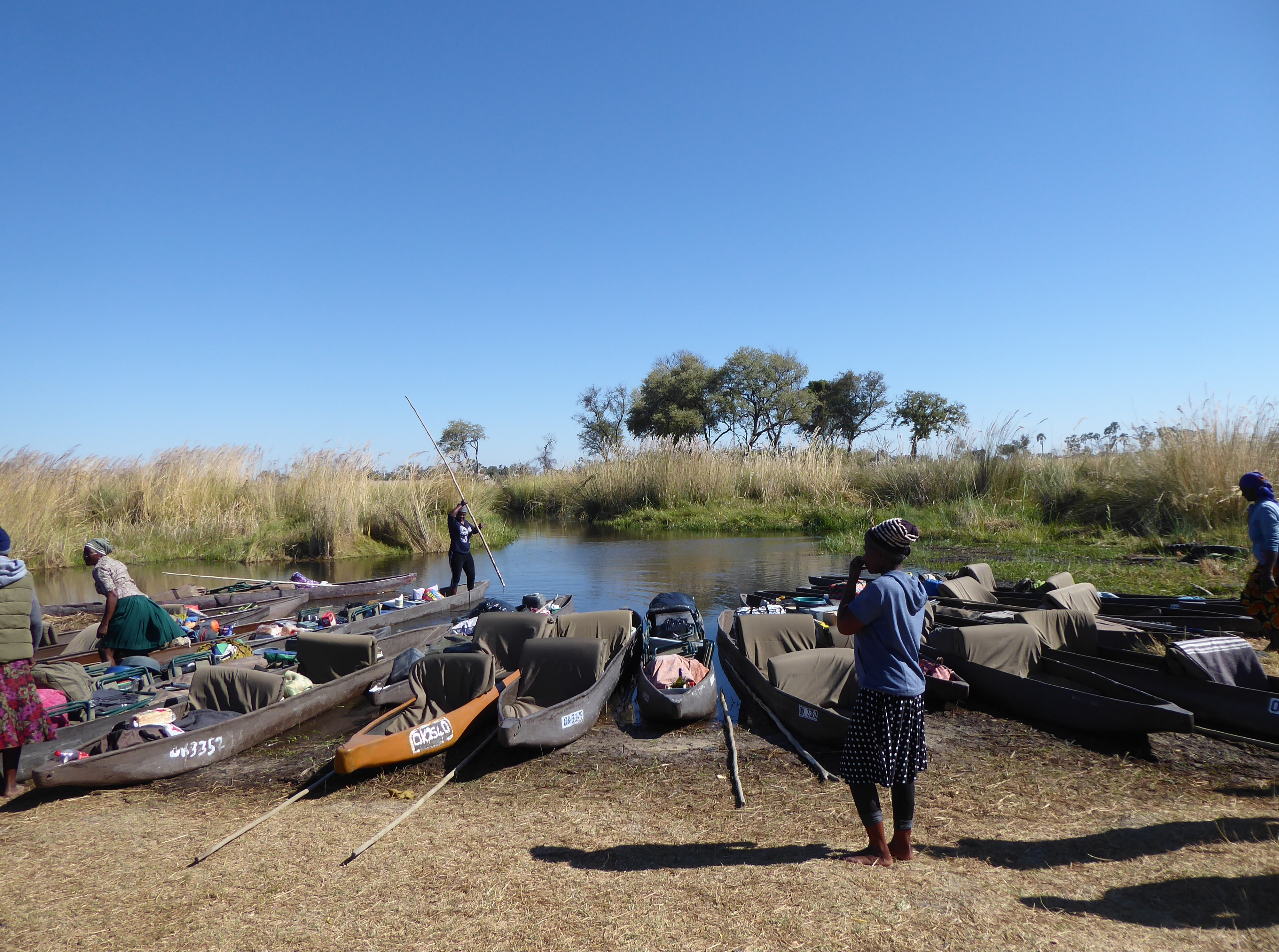
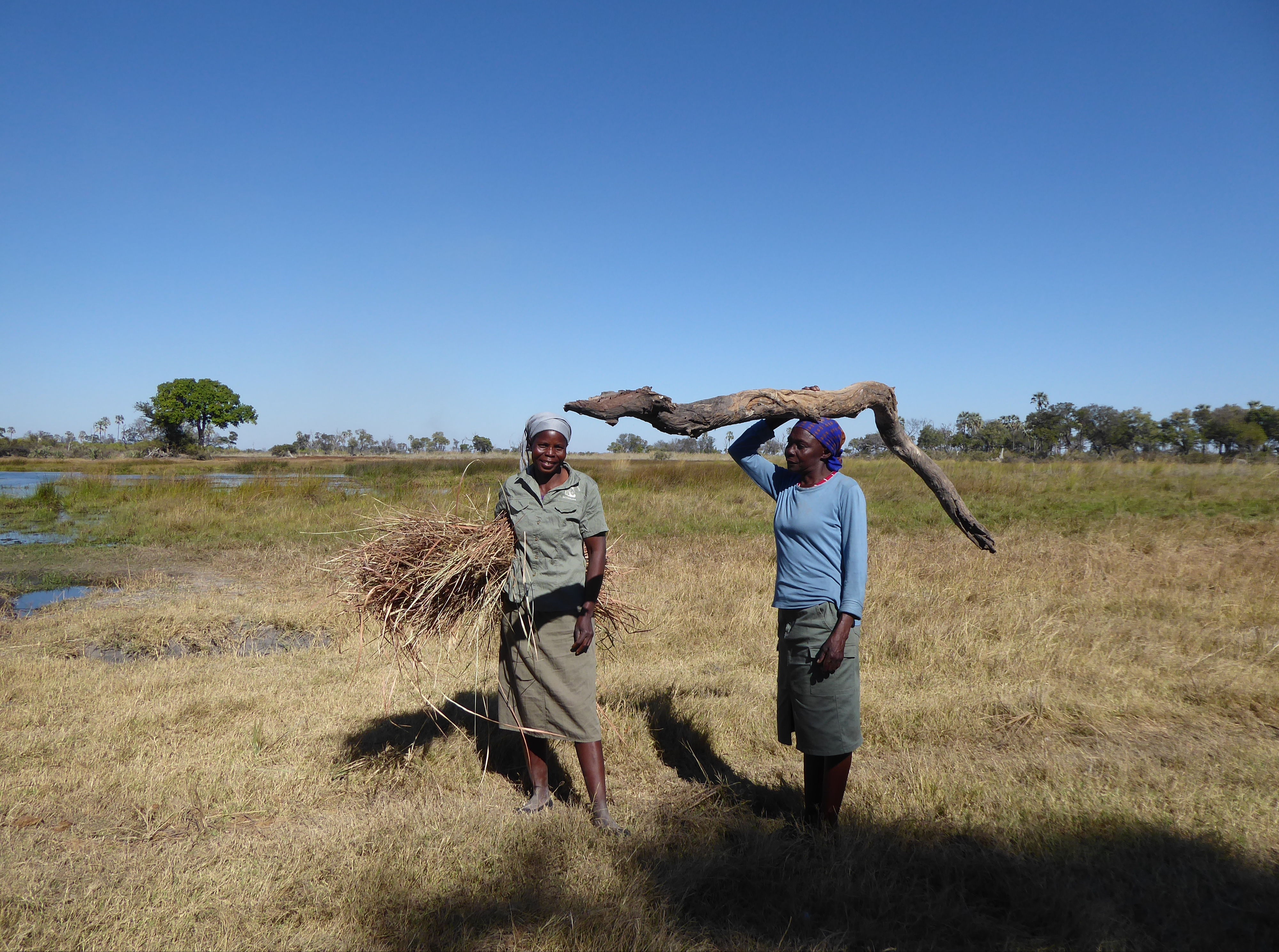

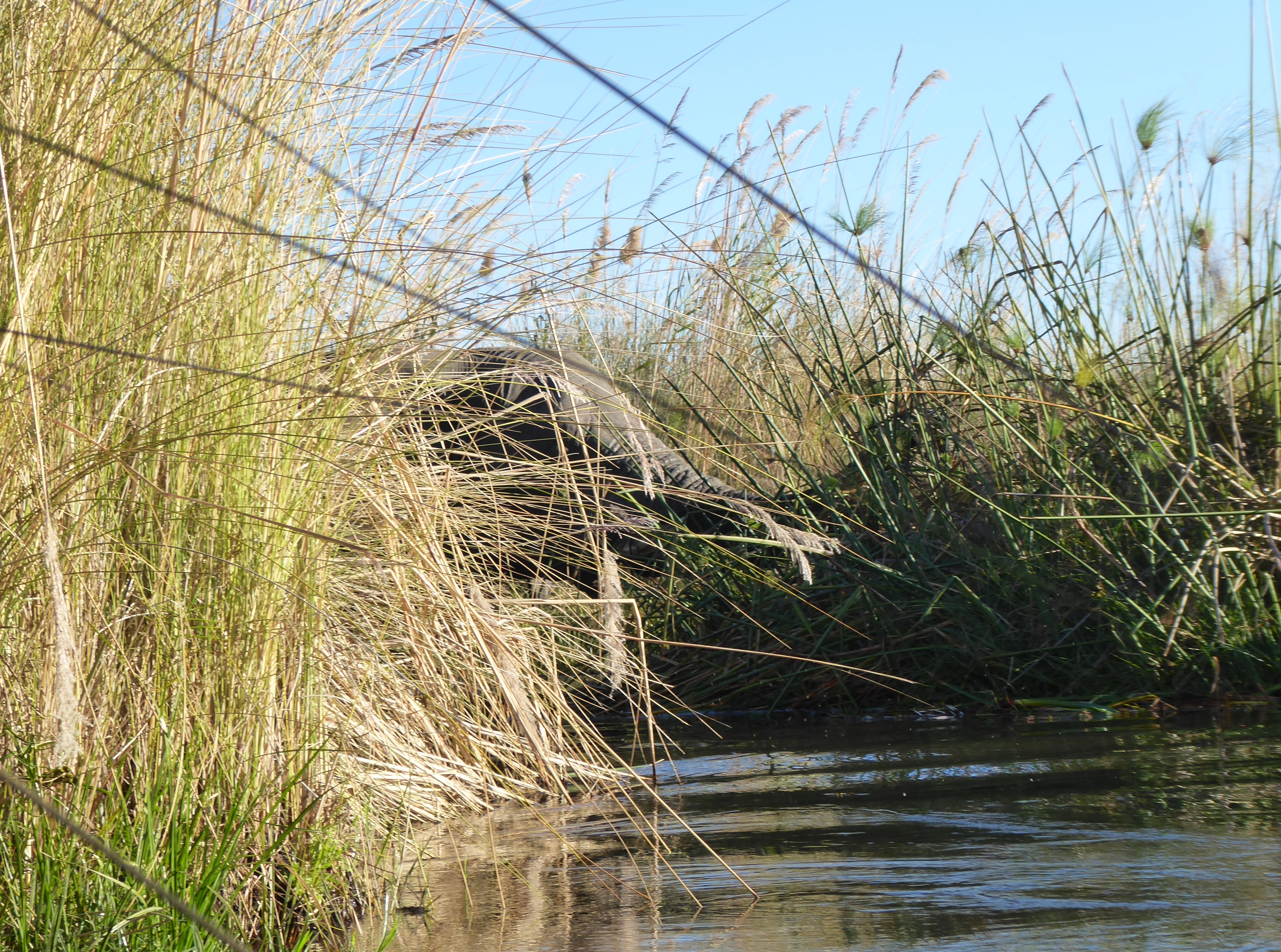
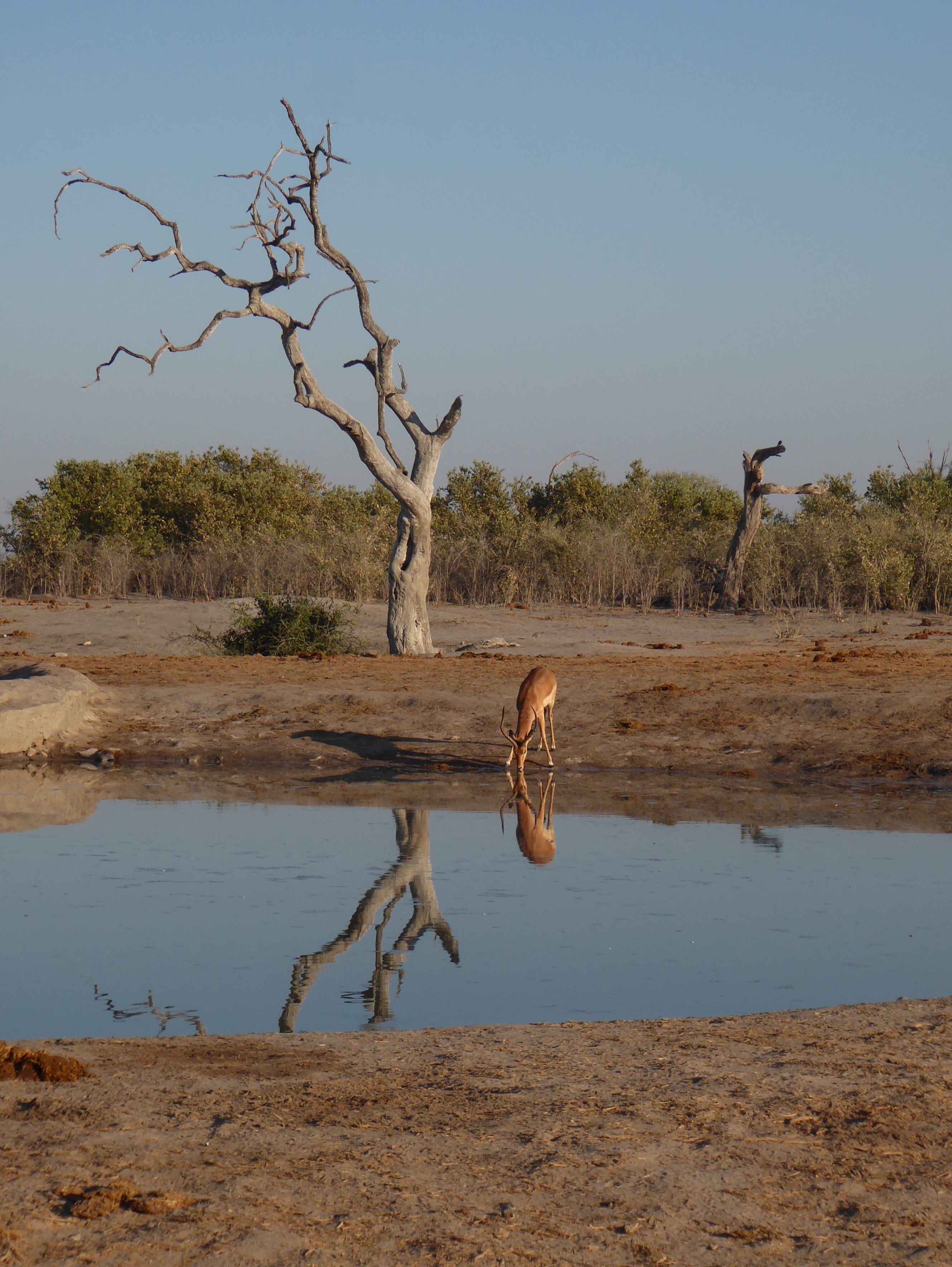
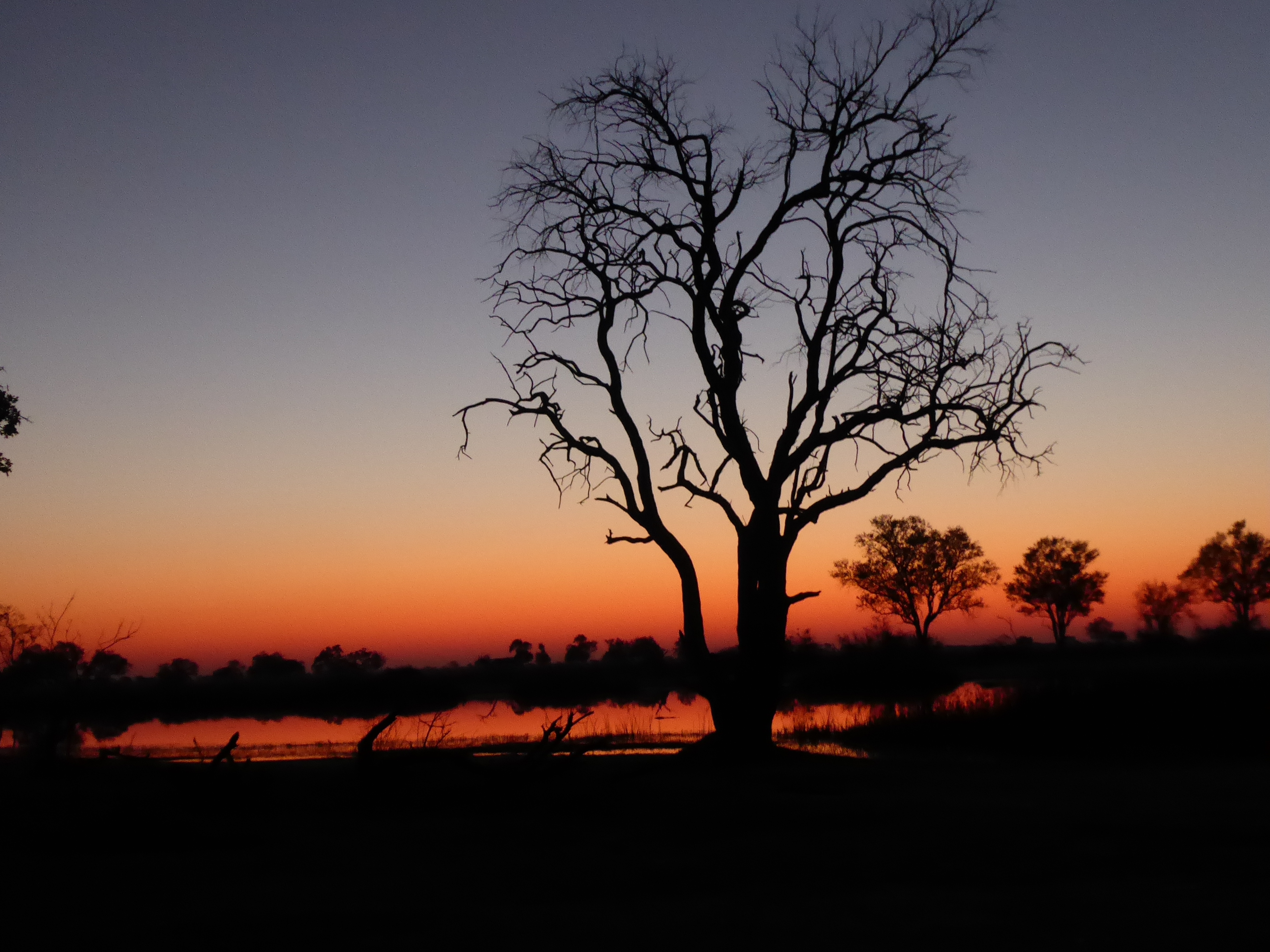
After the Okavango Delta we traveled to the Moremi Game Reserve. I was told we were almost certainly going to see lions there.
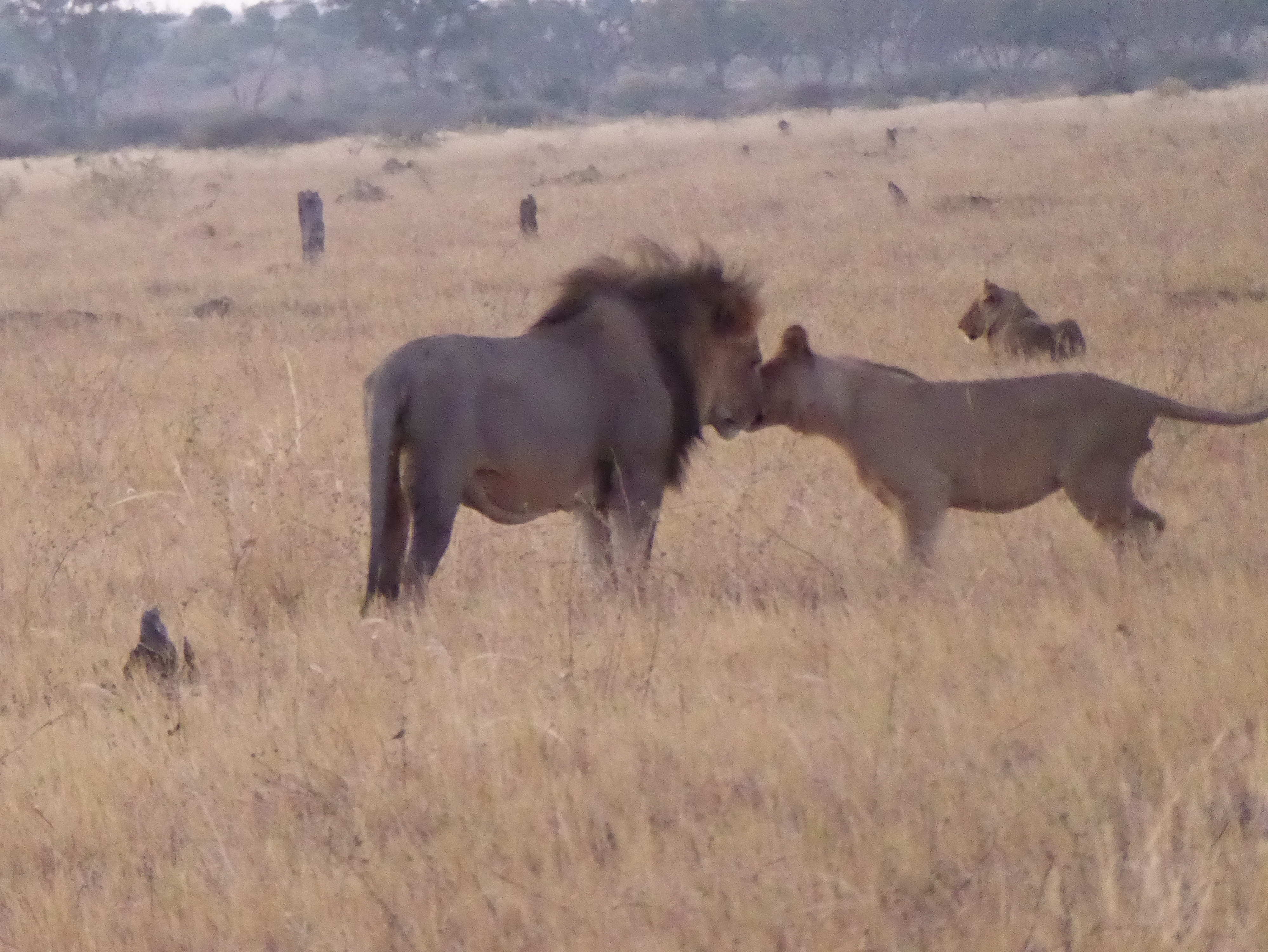
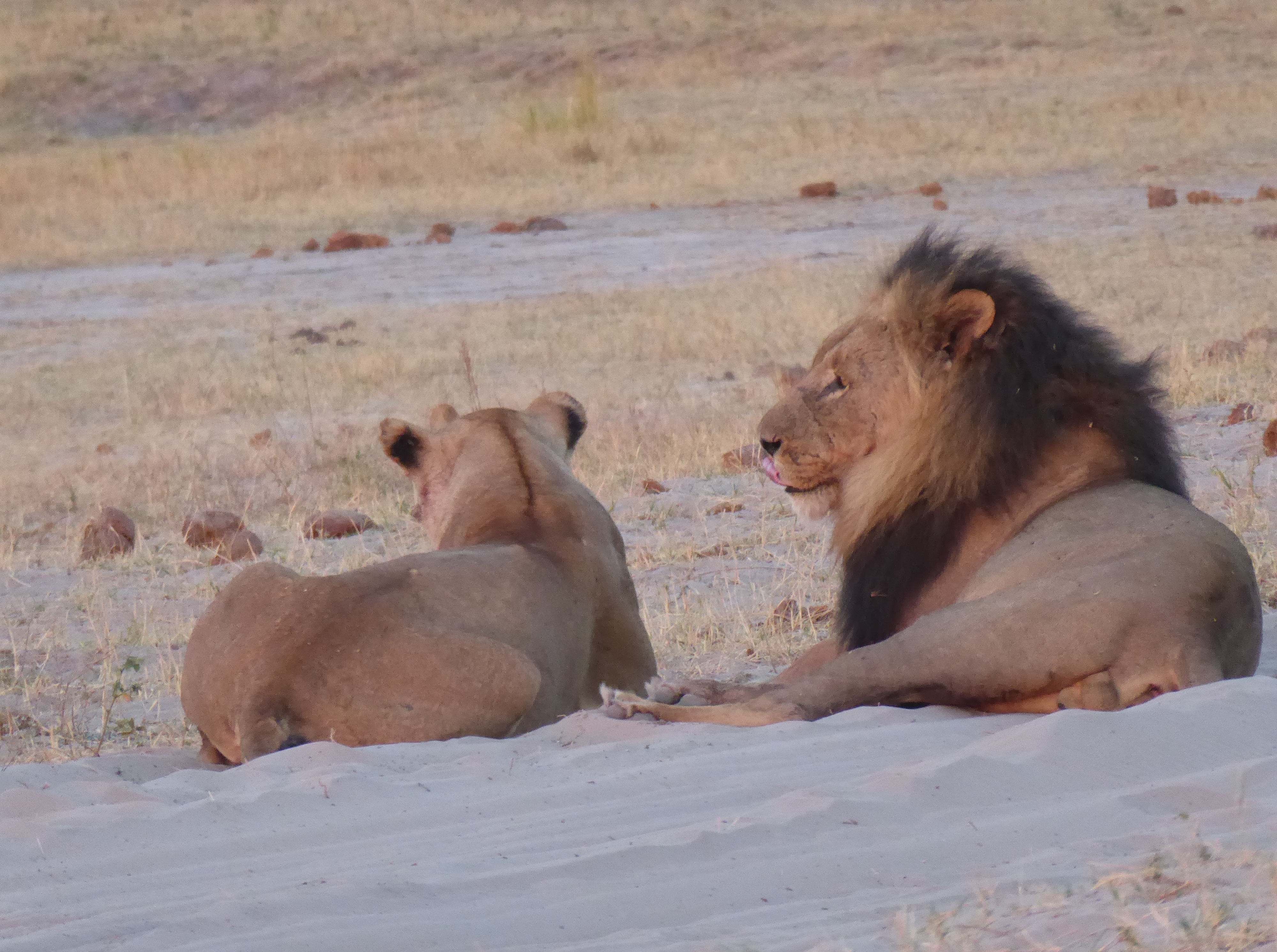
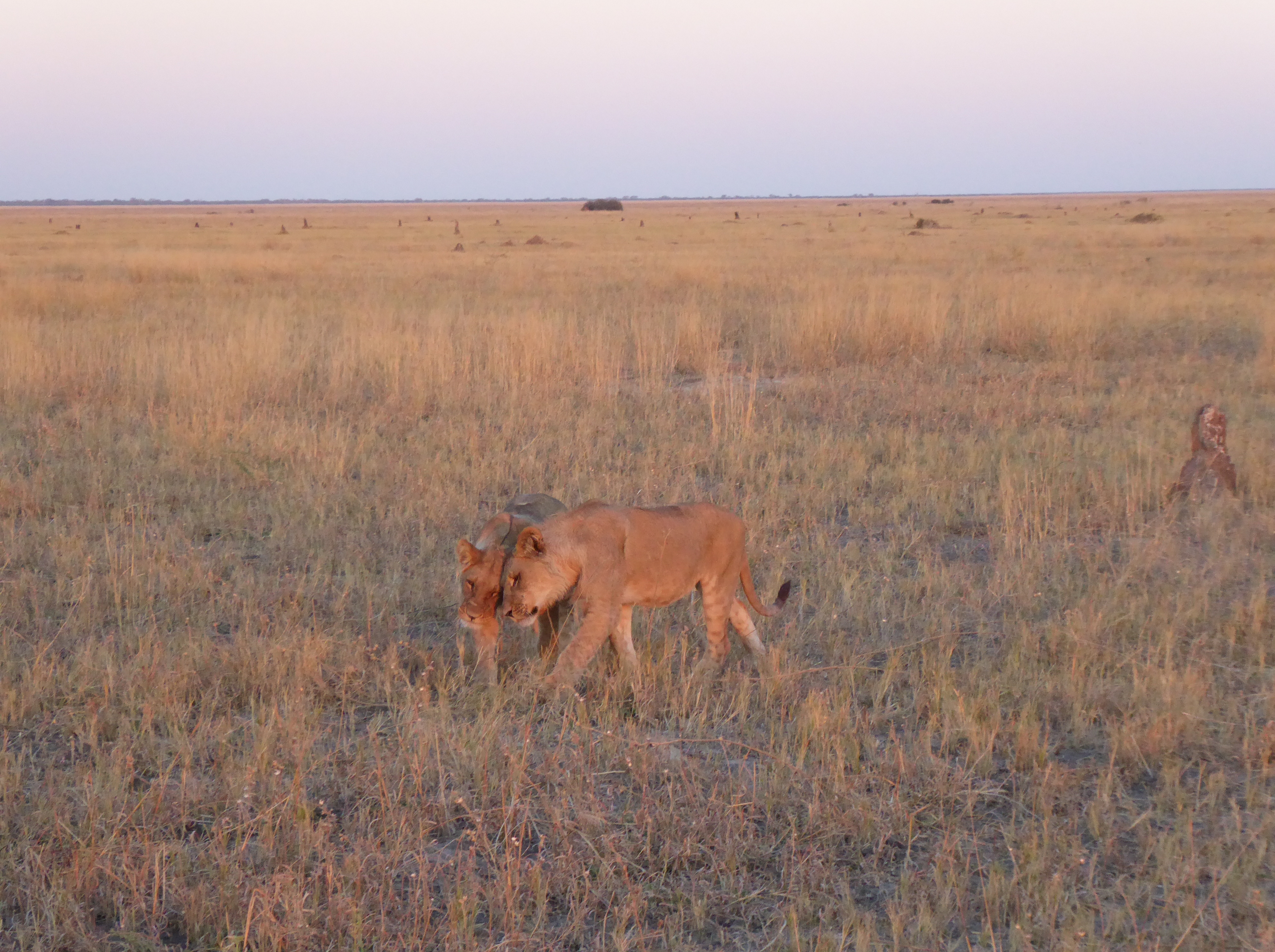
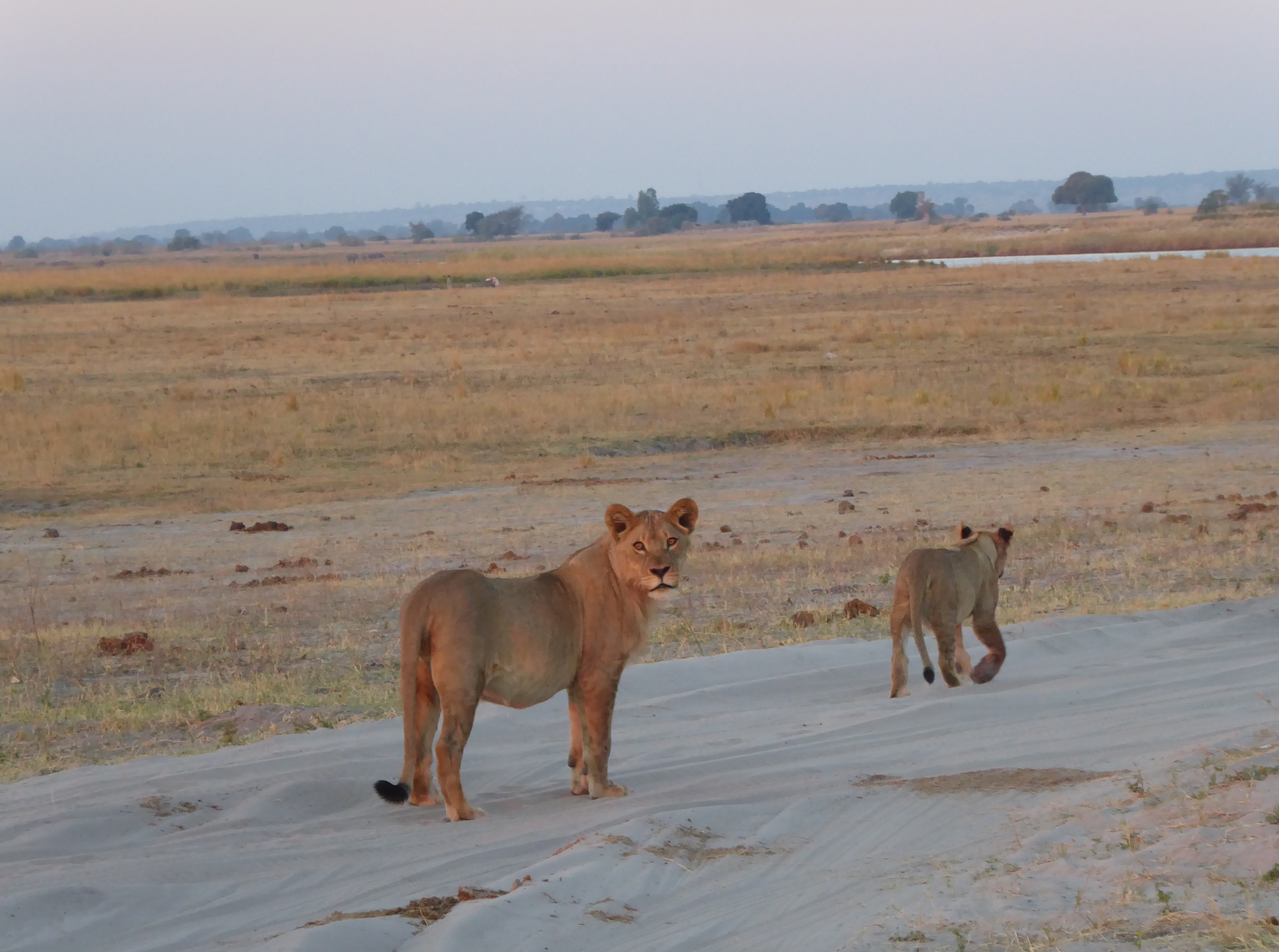
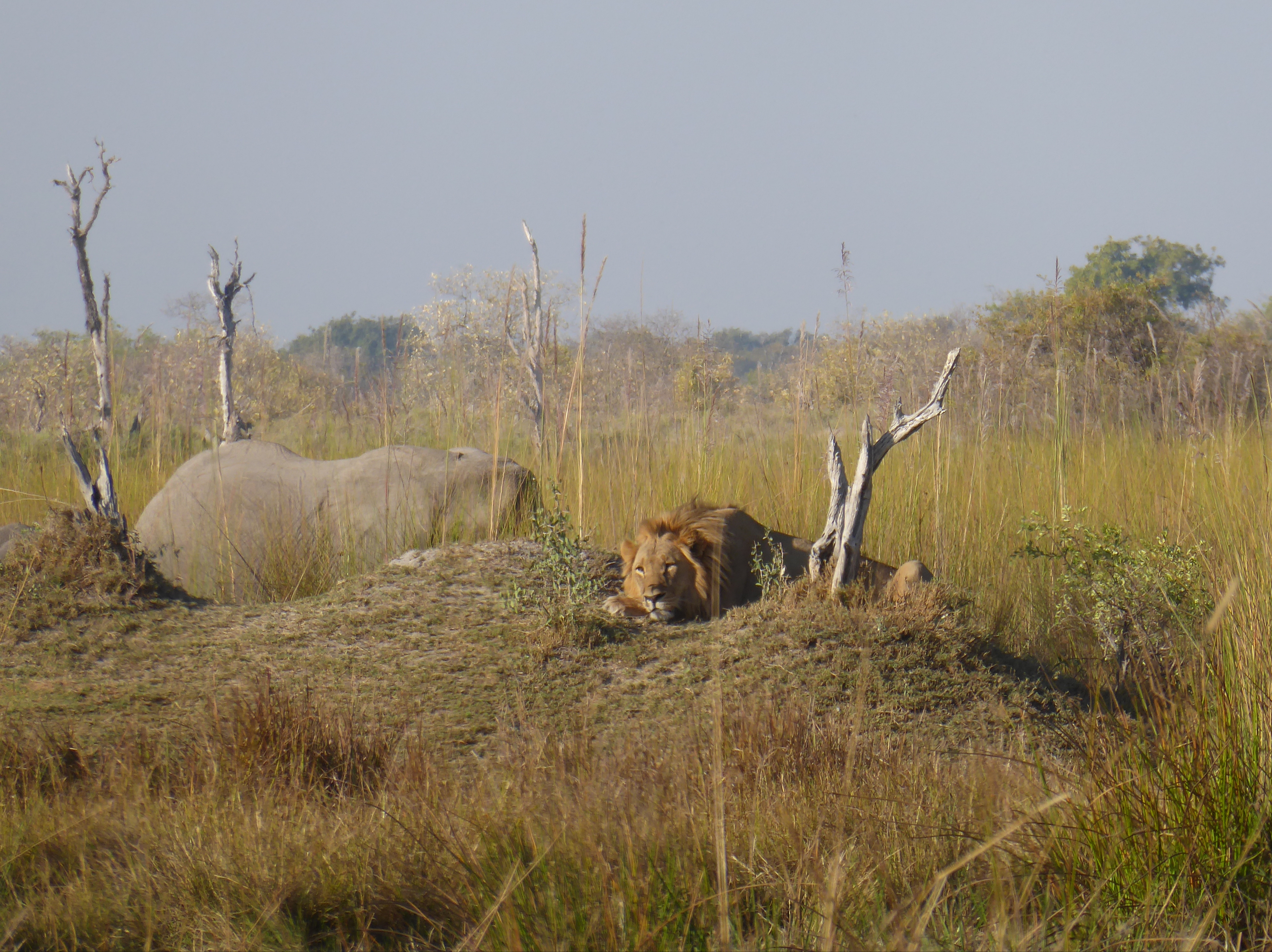
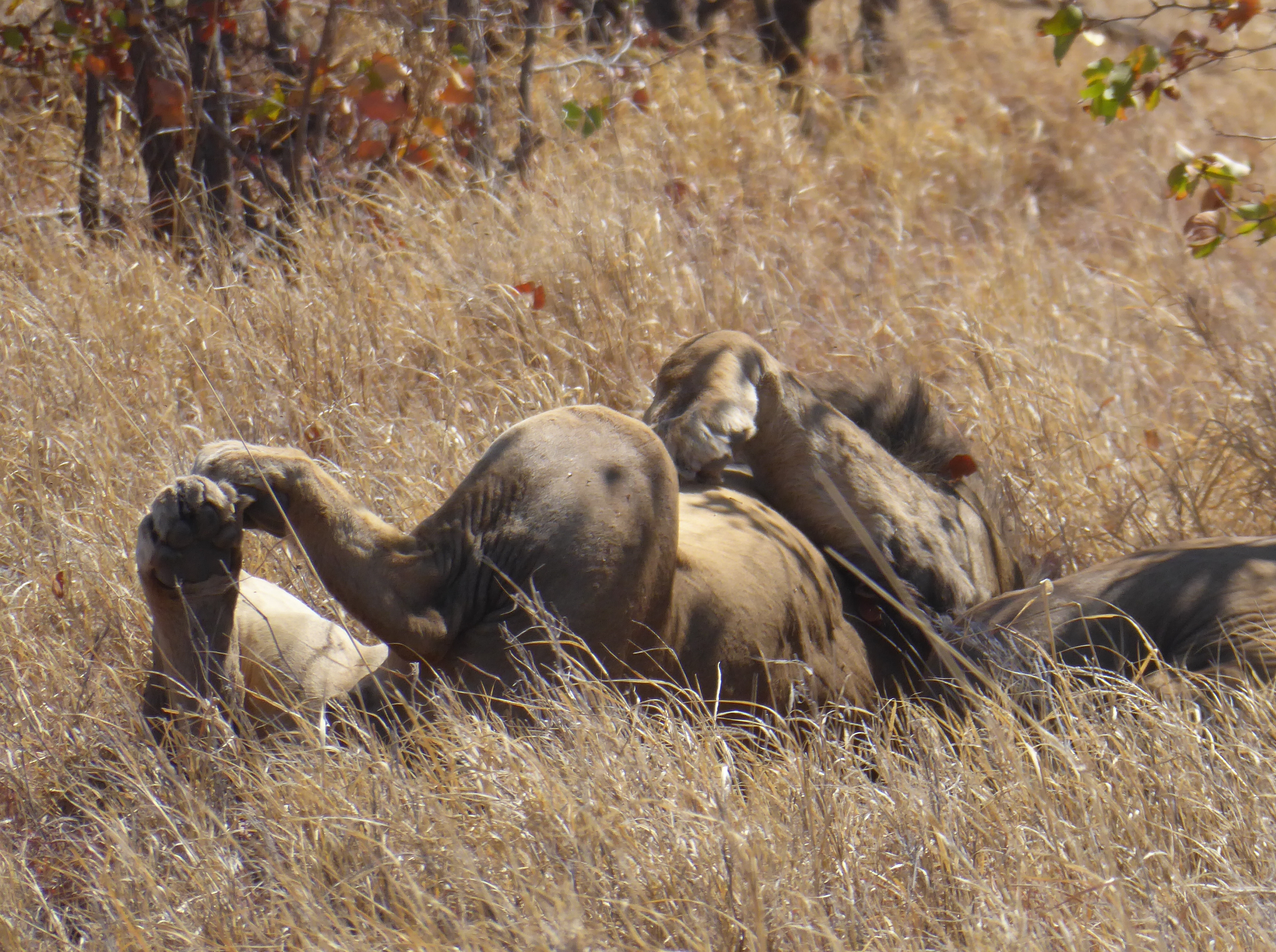
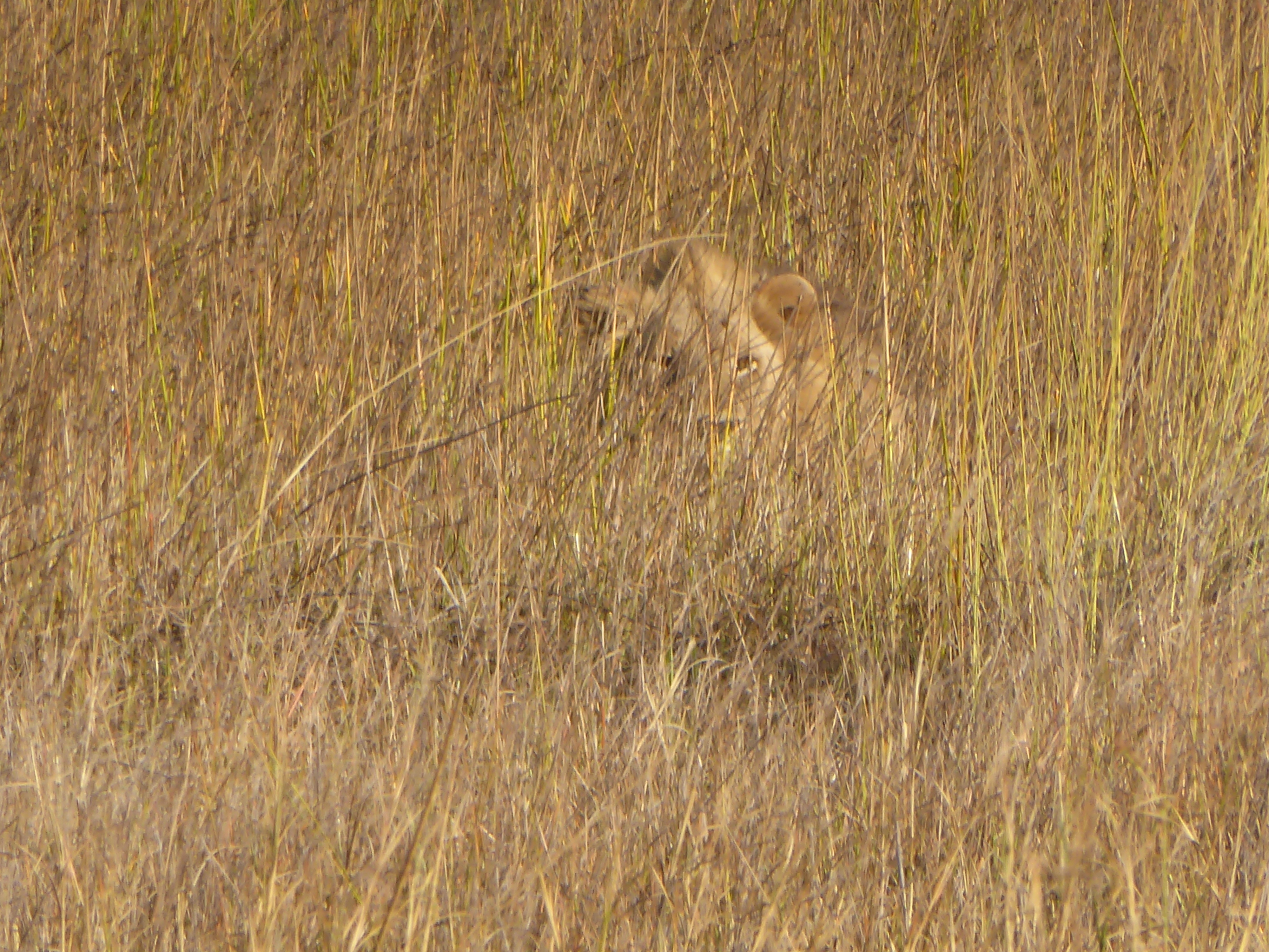
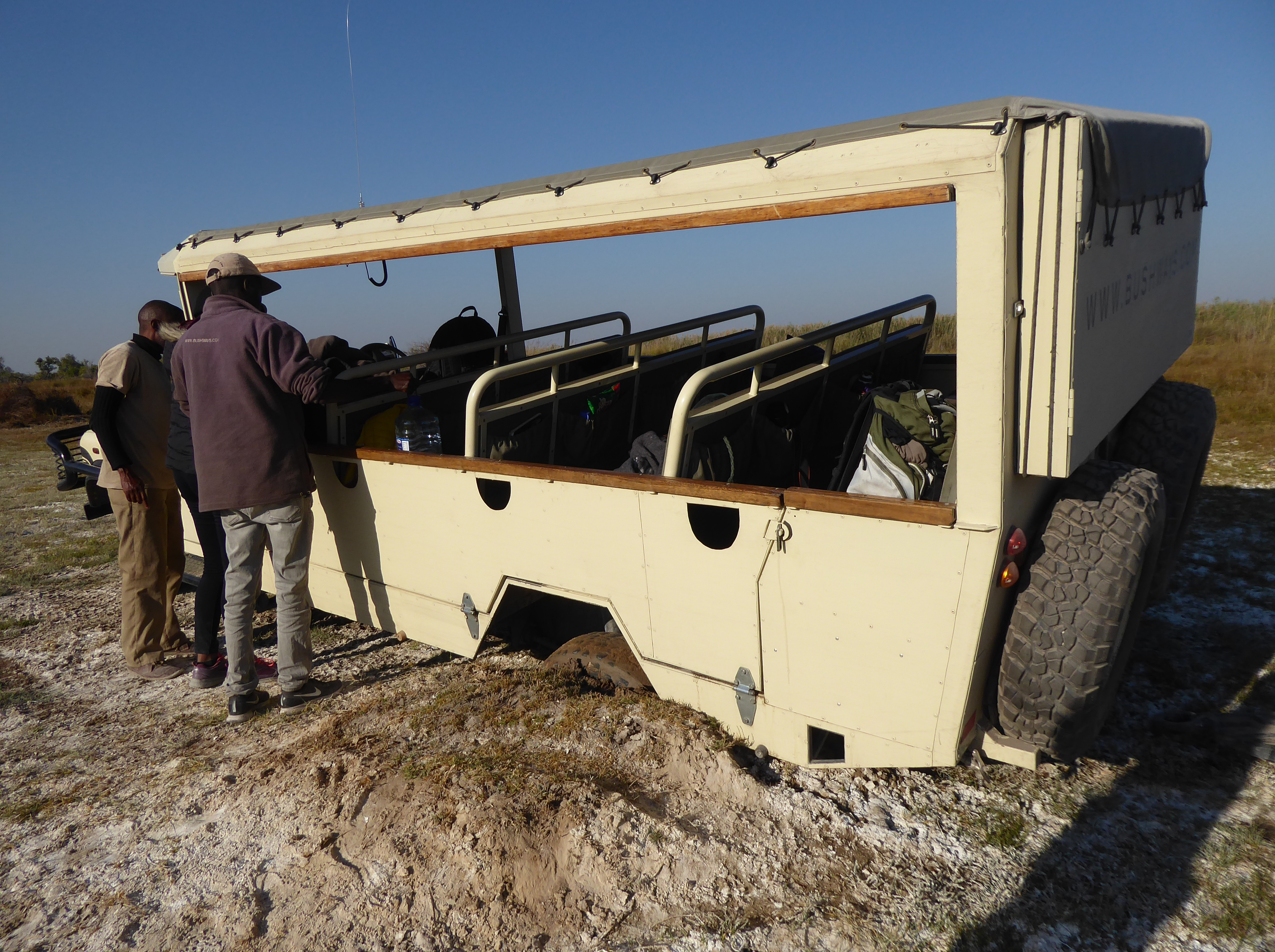
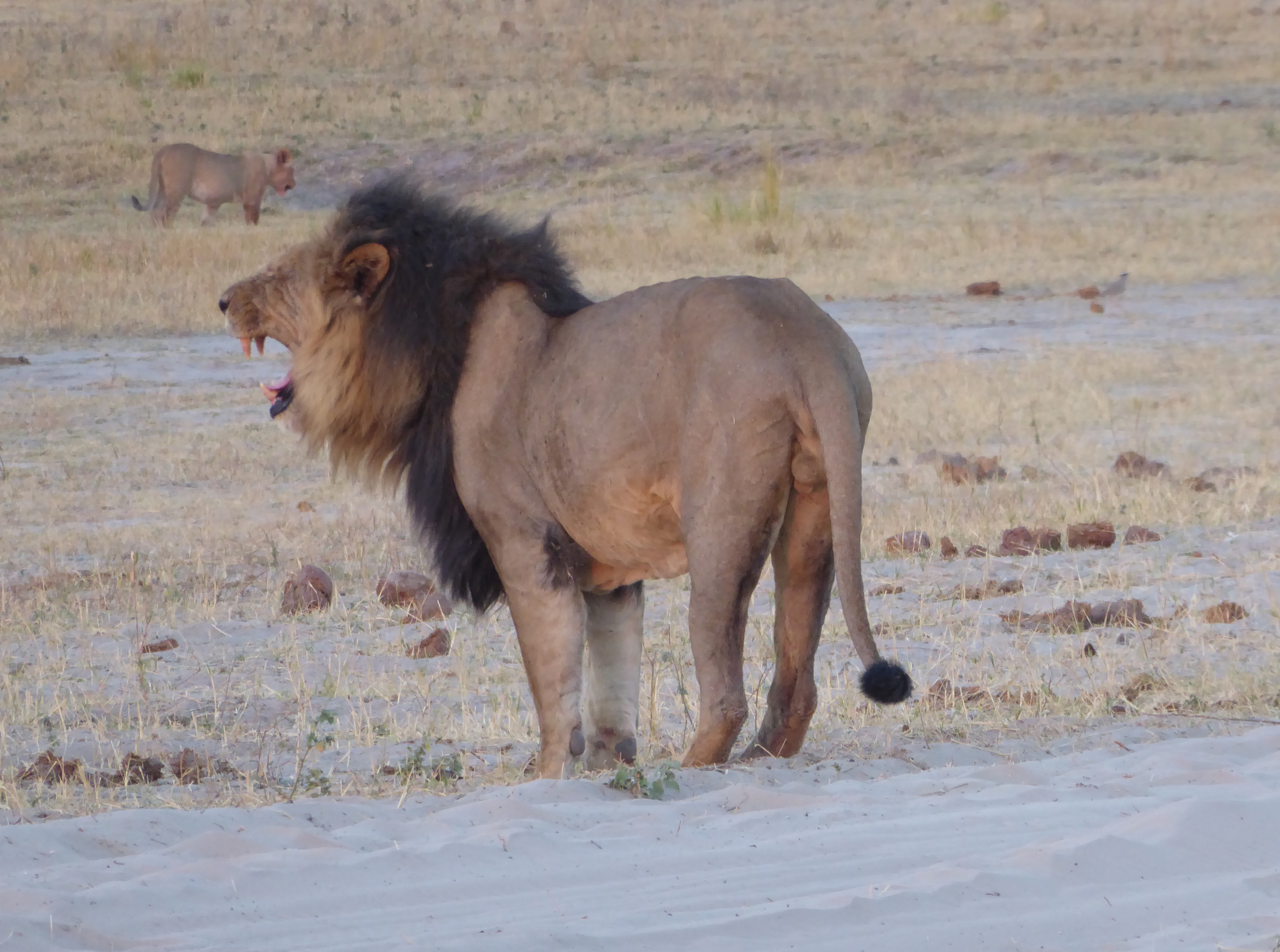
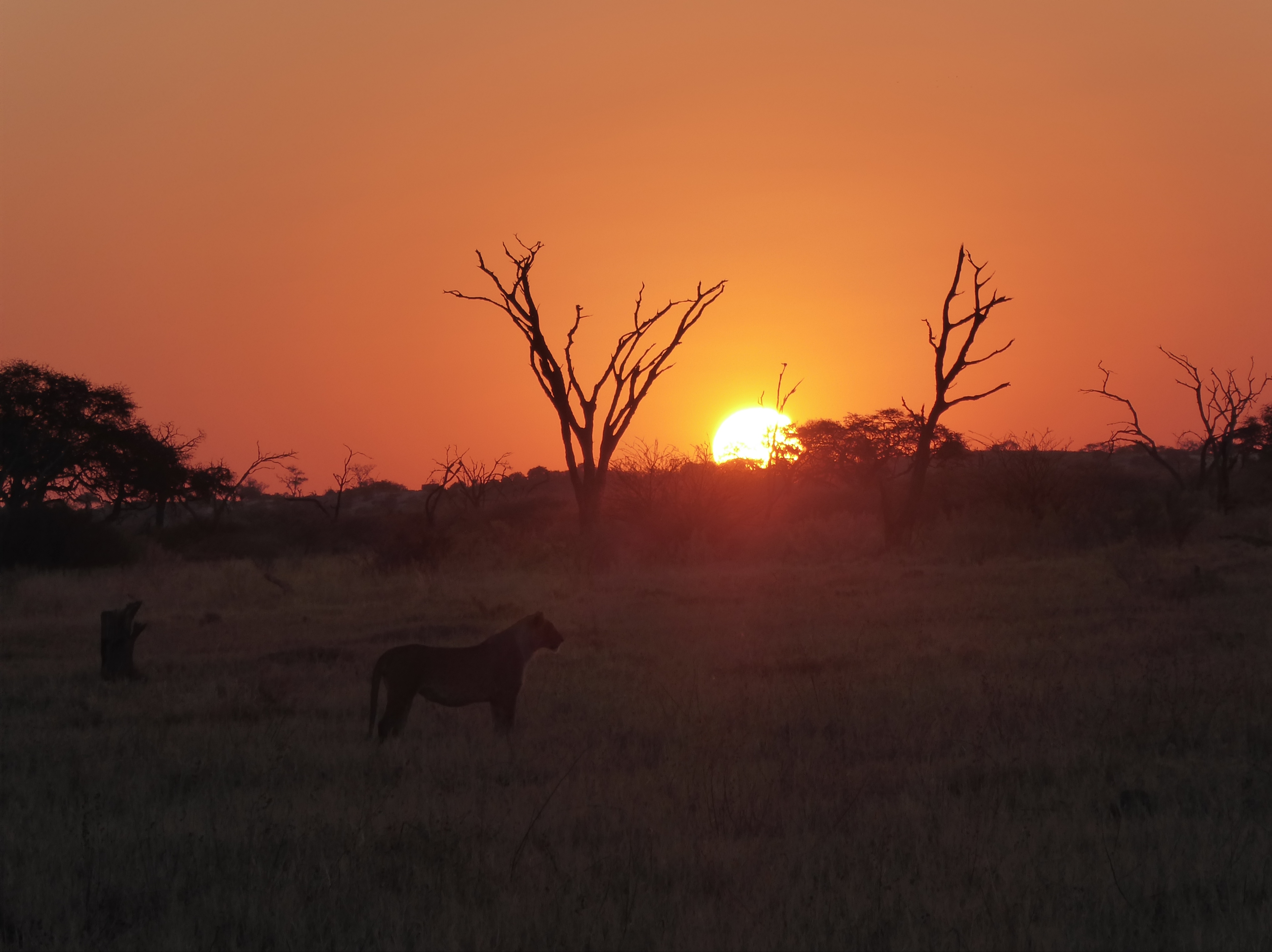
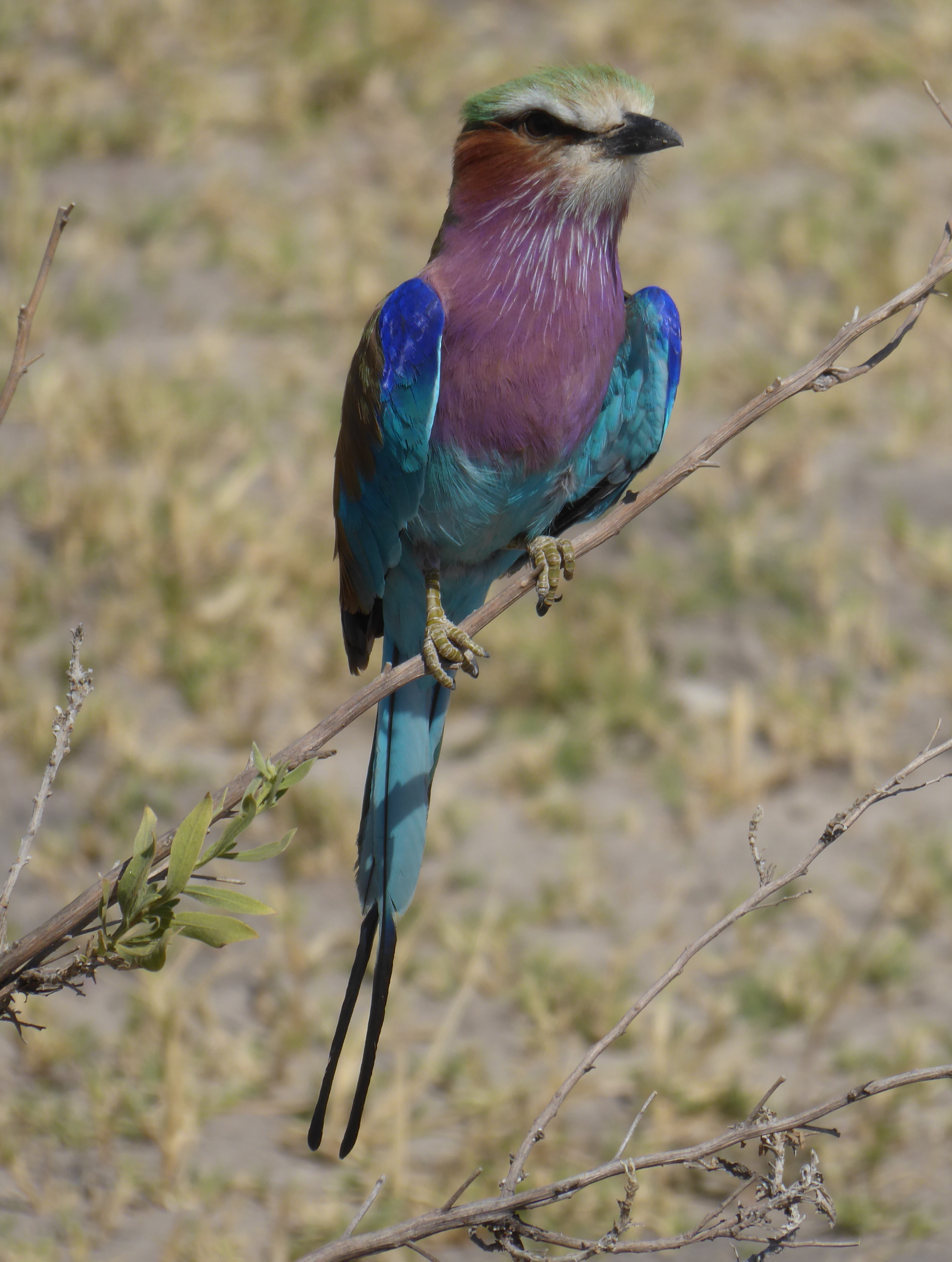
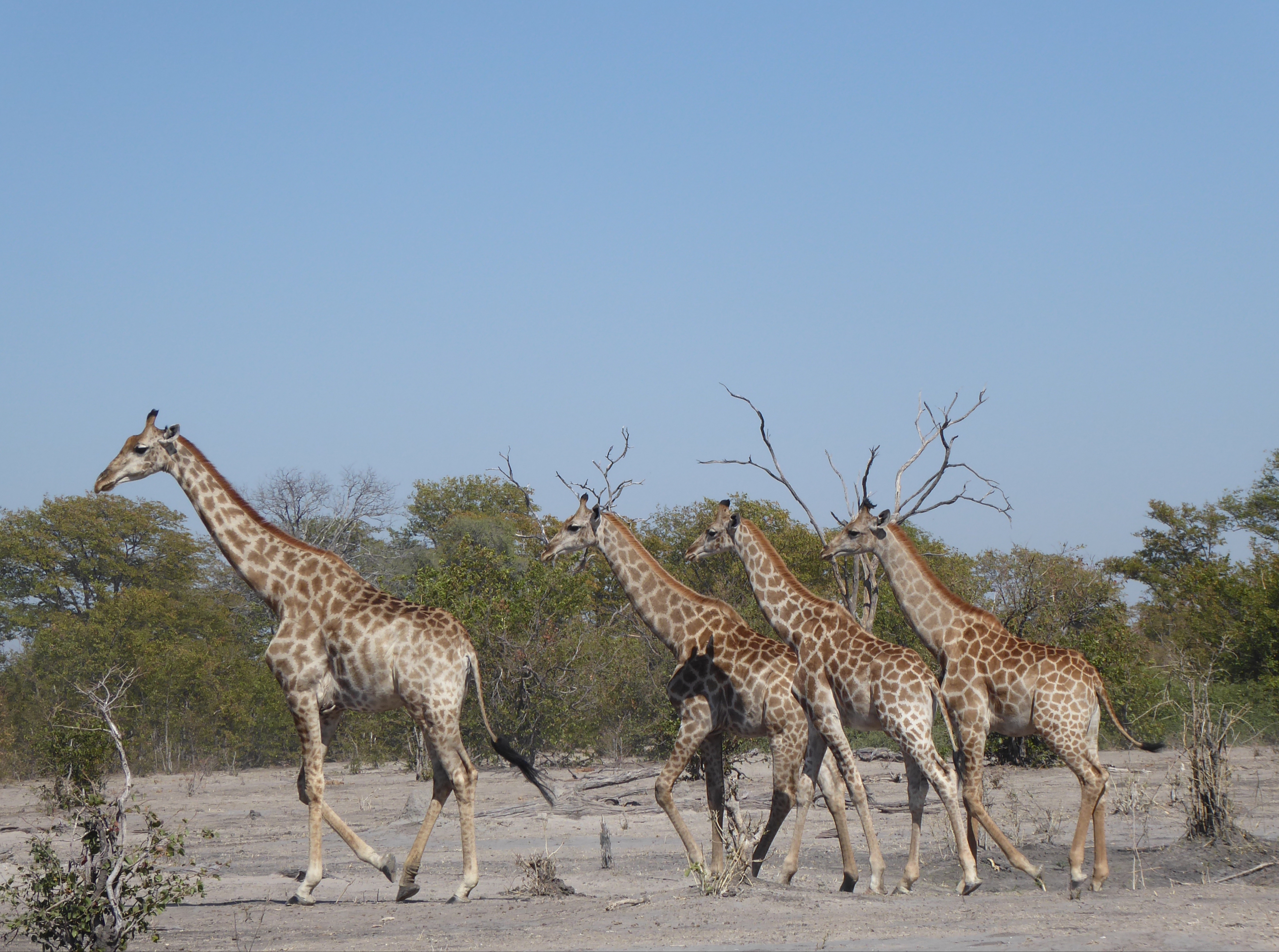
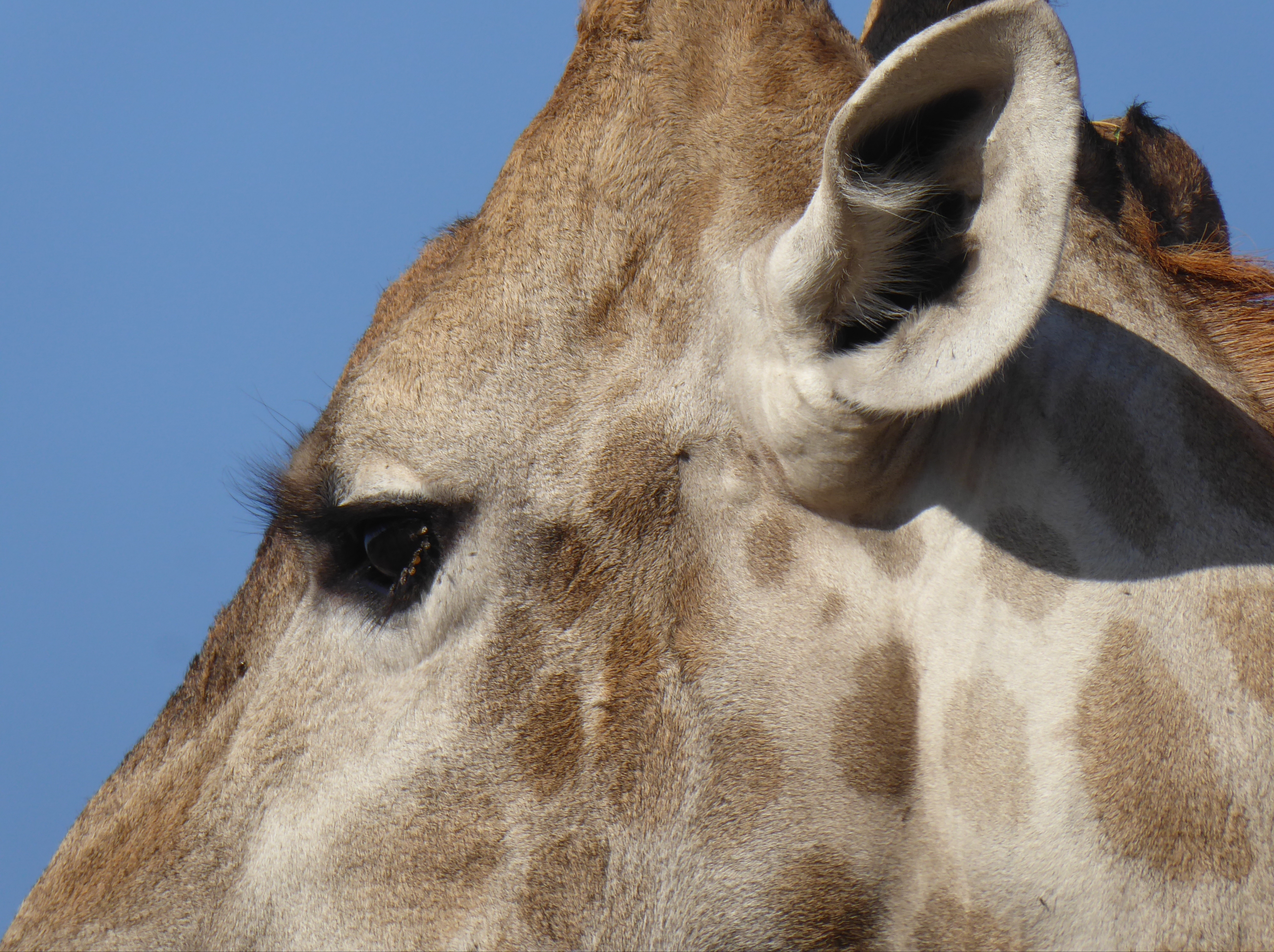
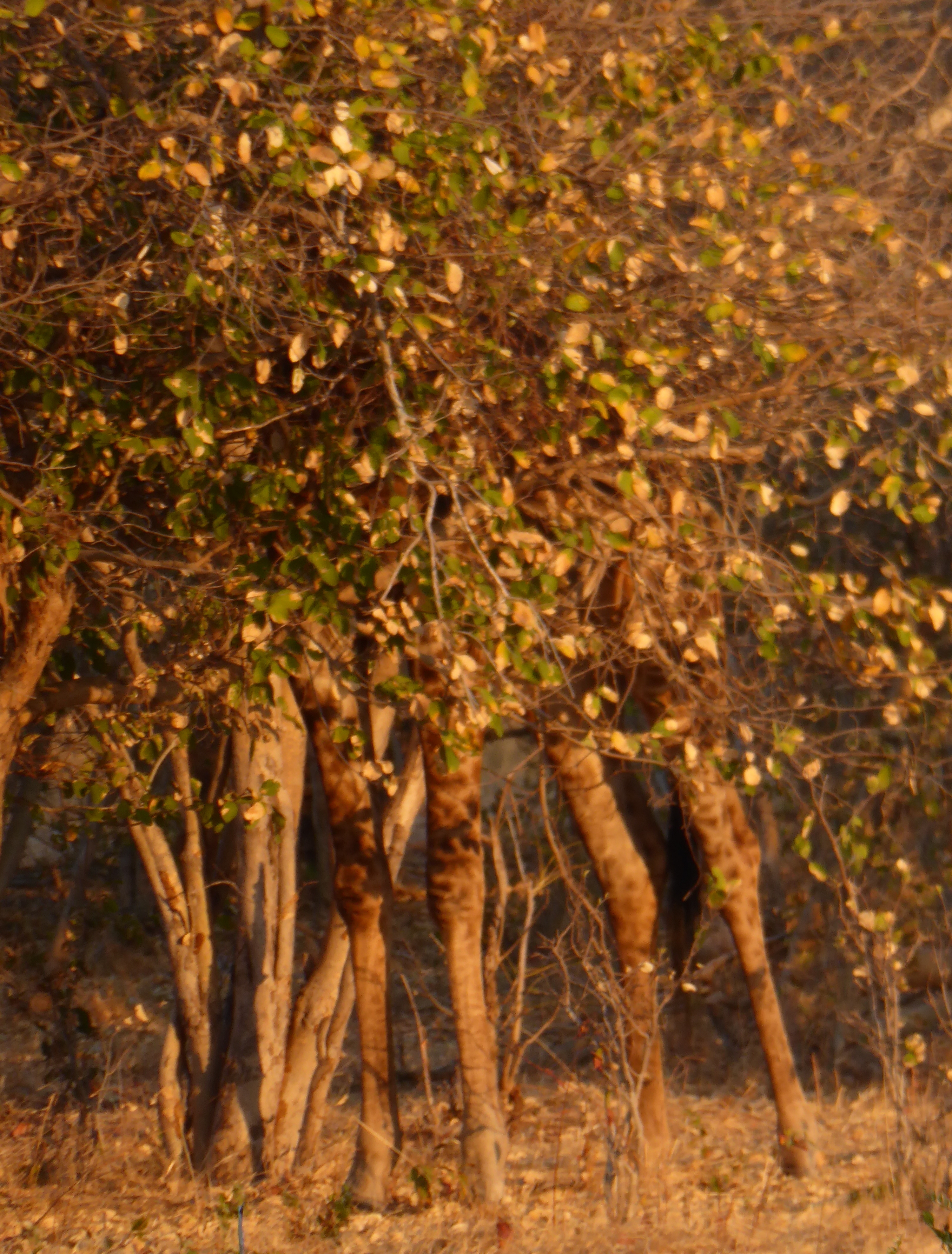

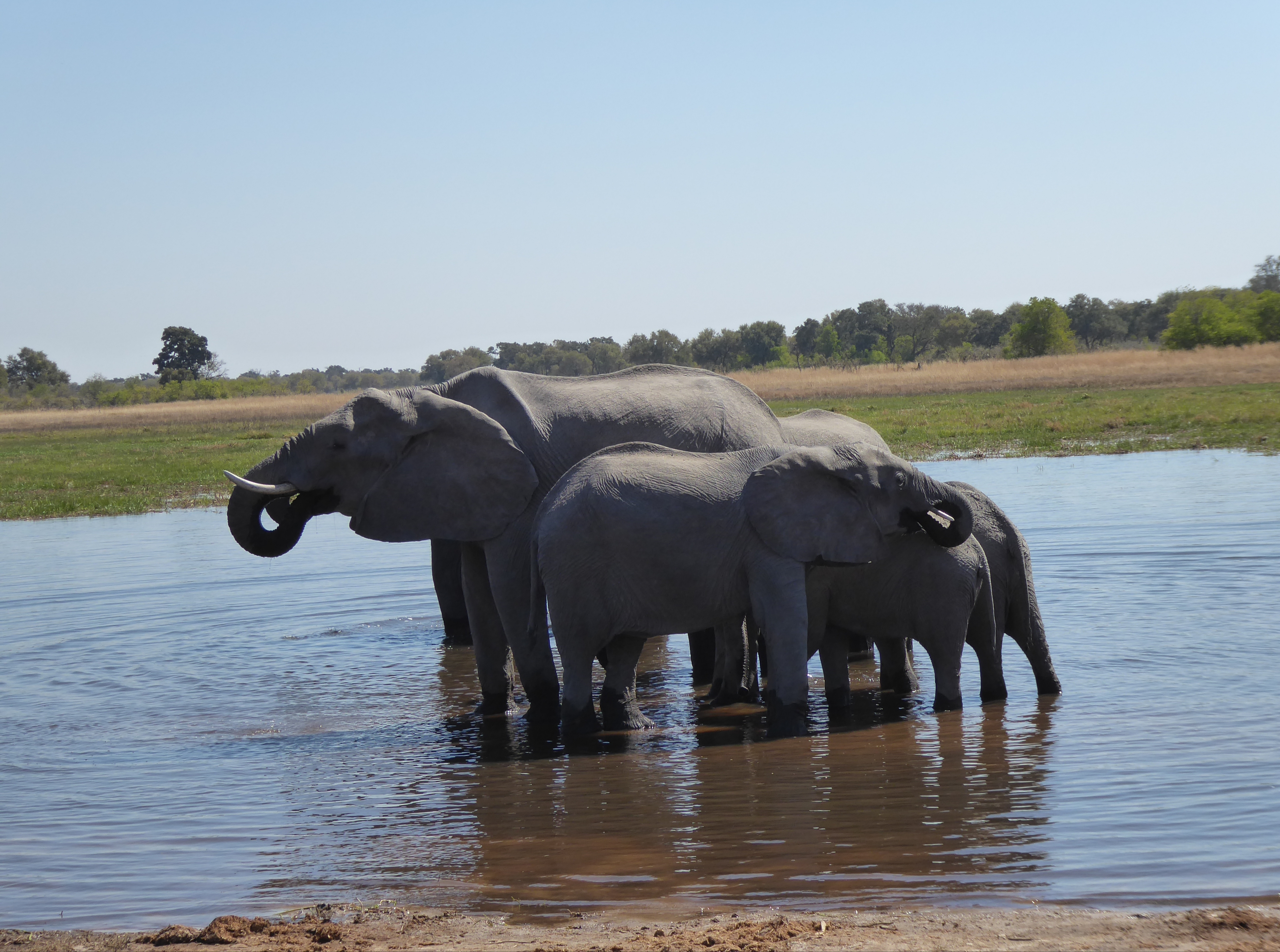
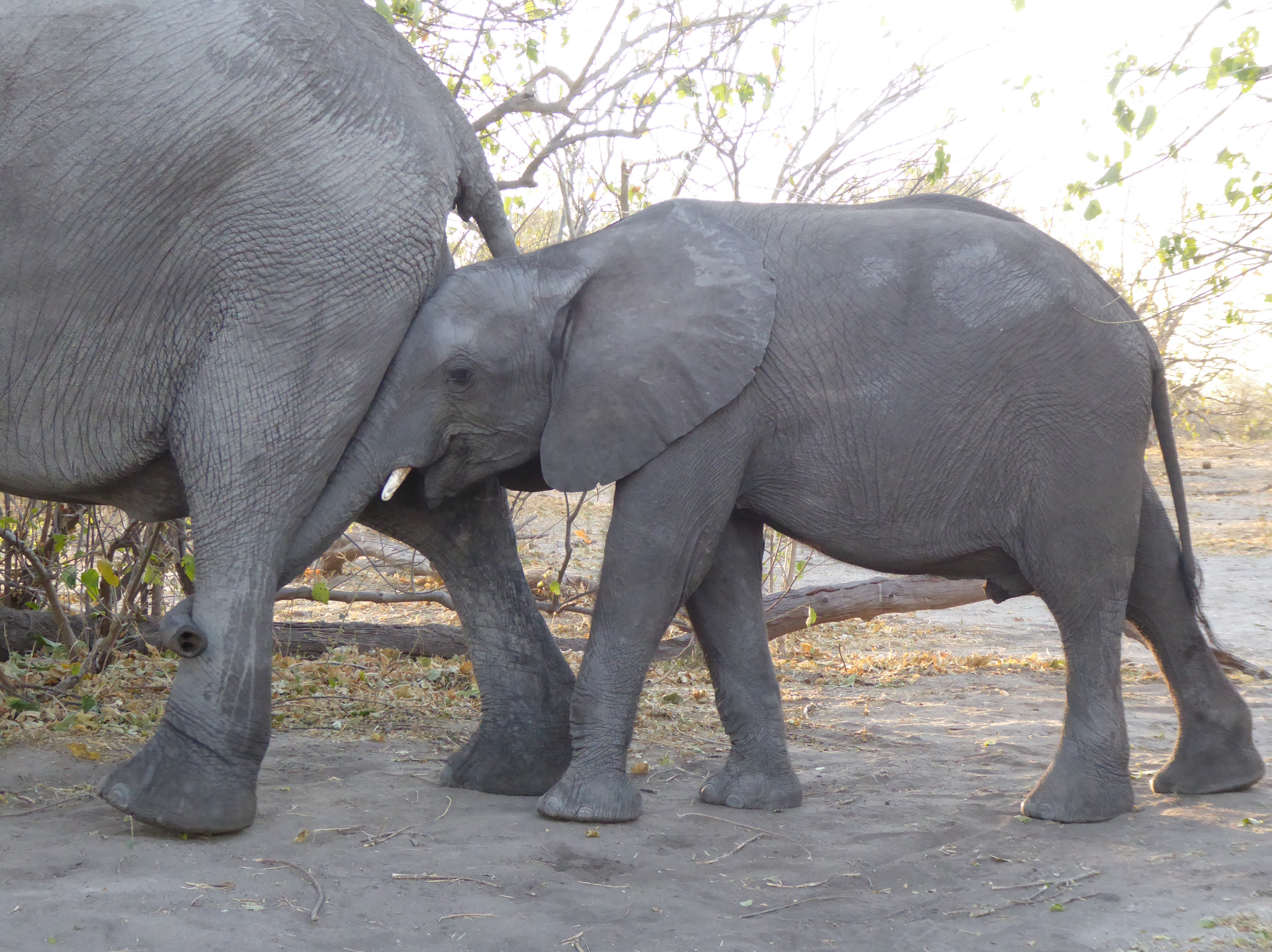
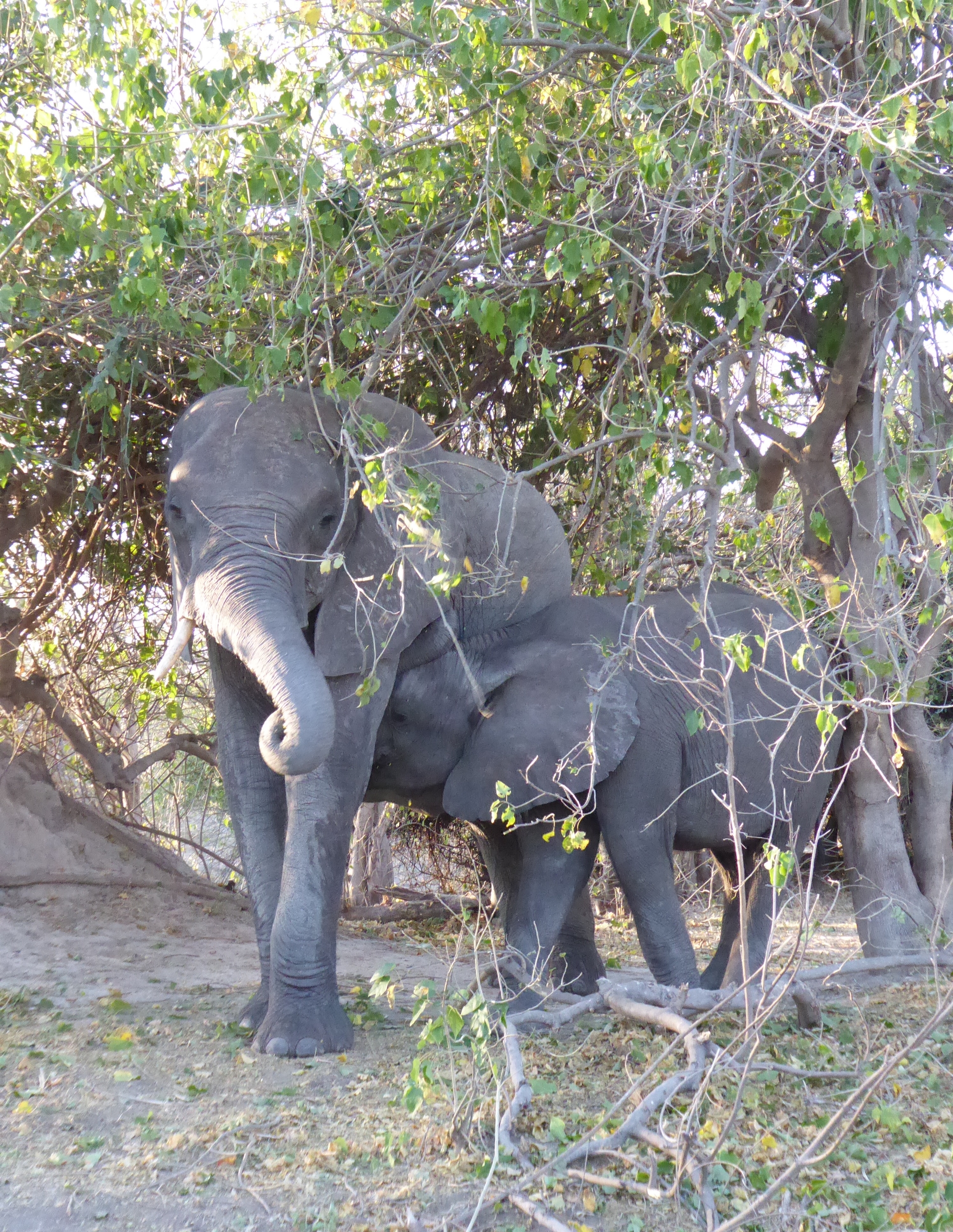
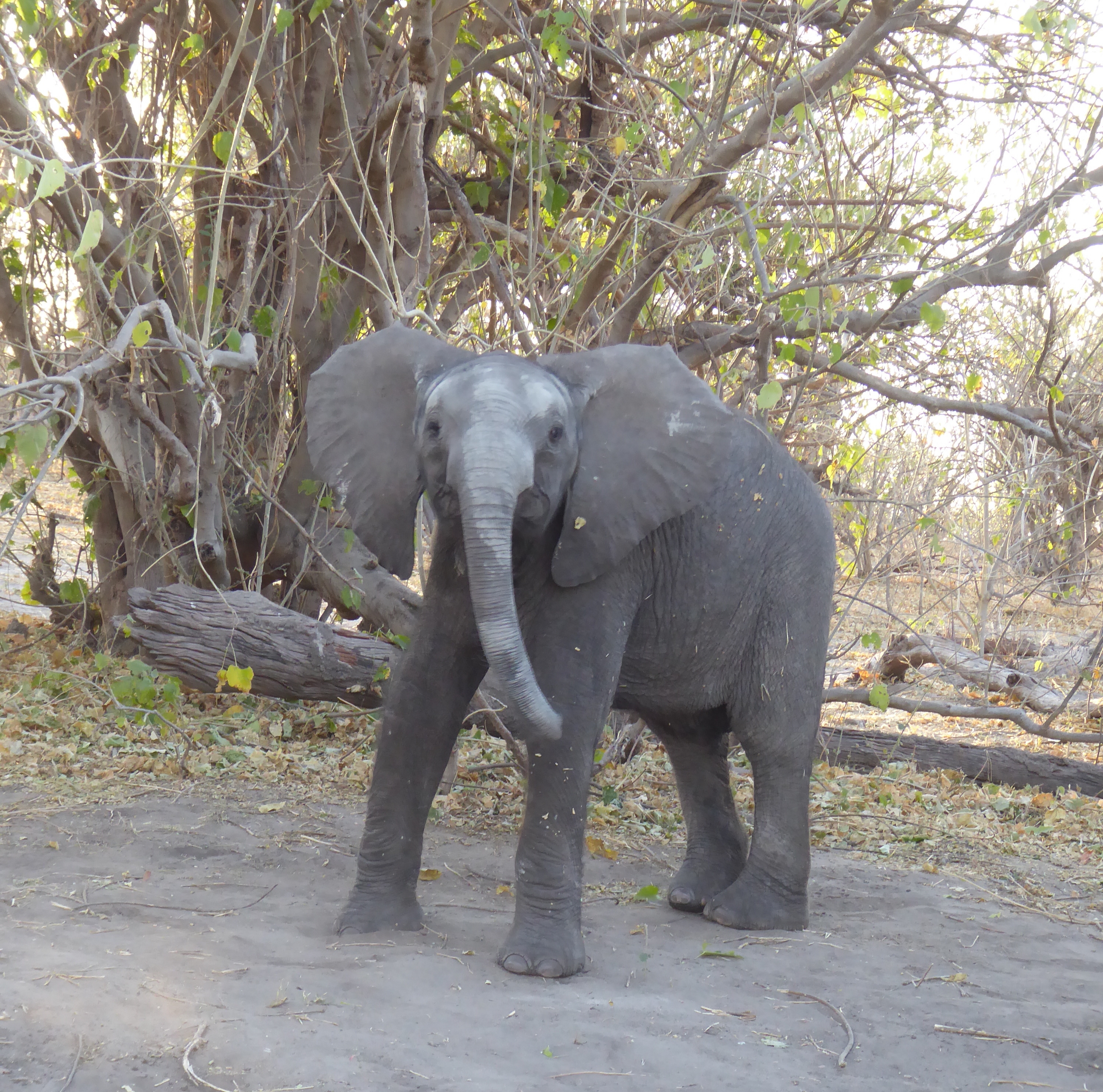
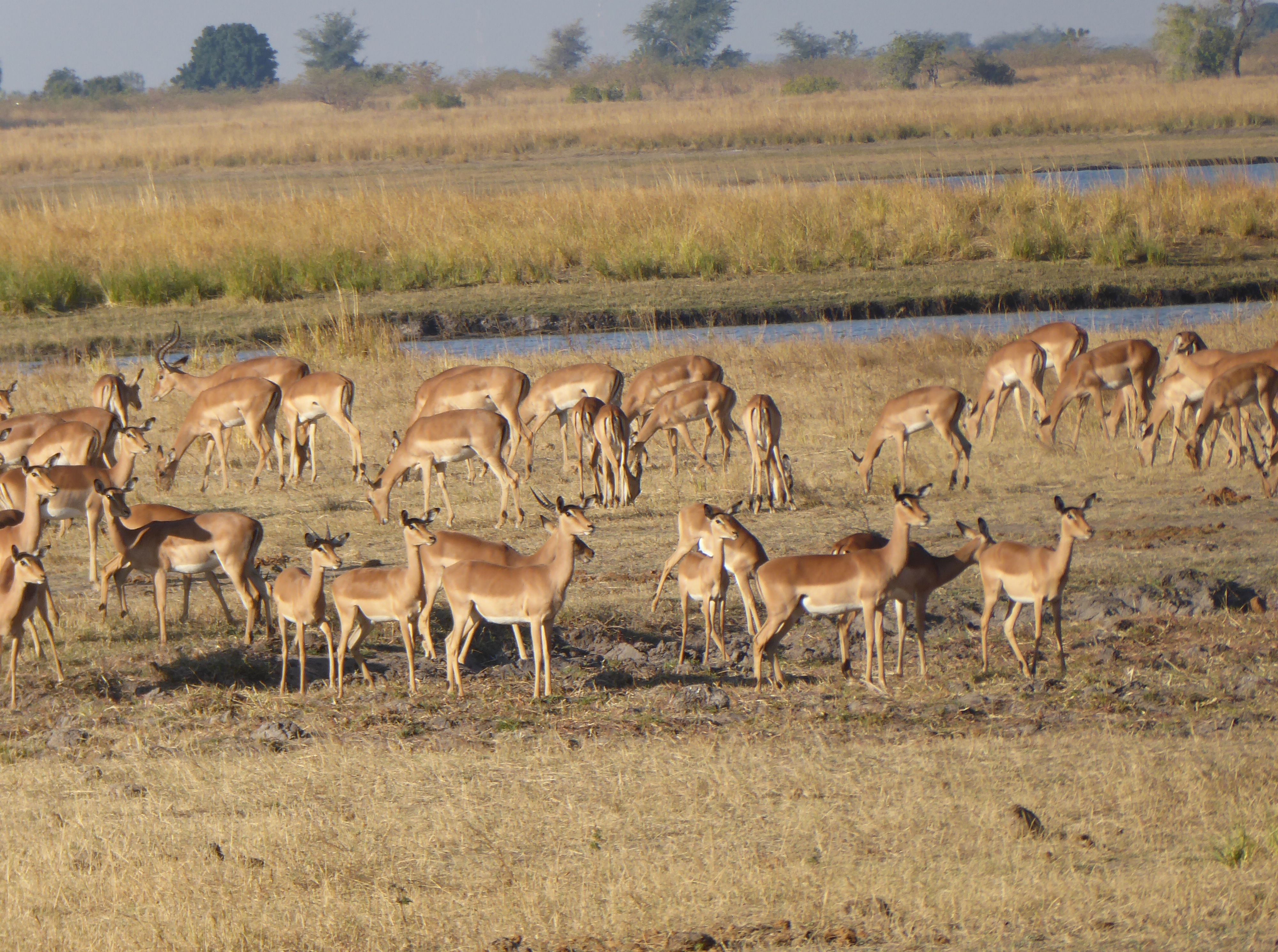
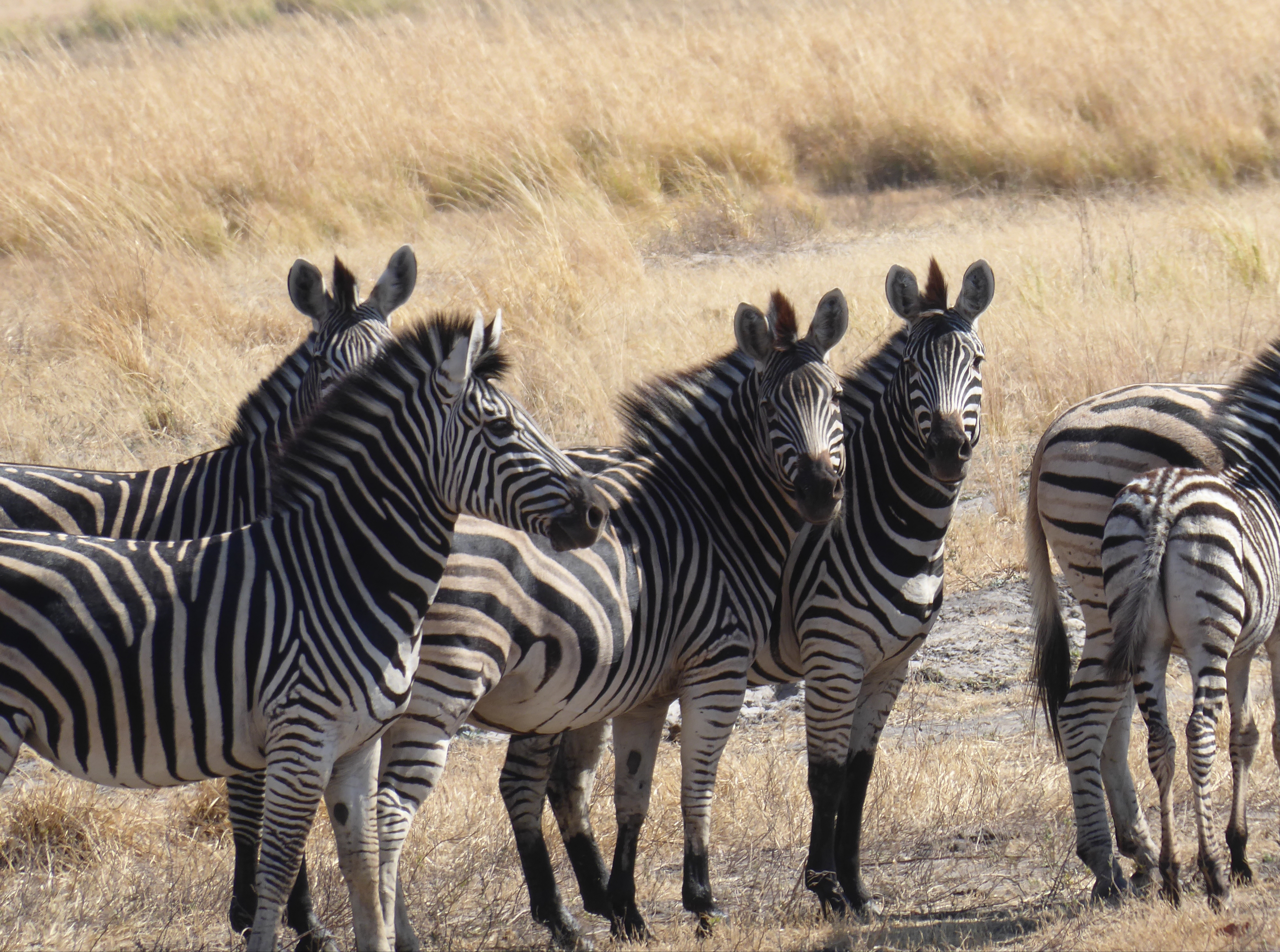
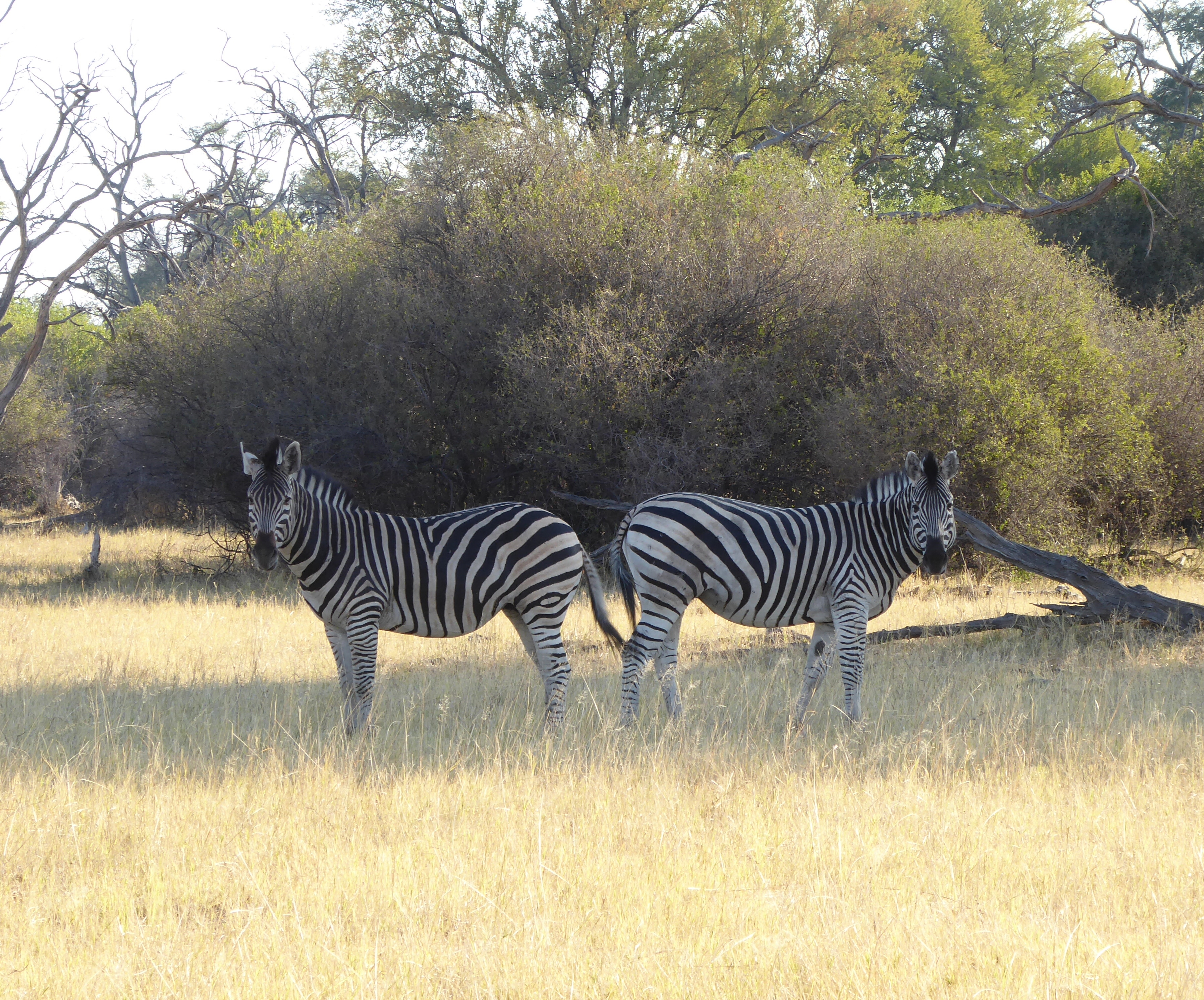
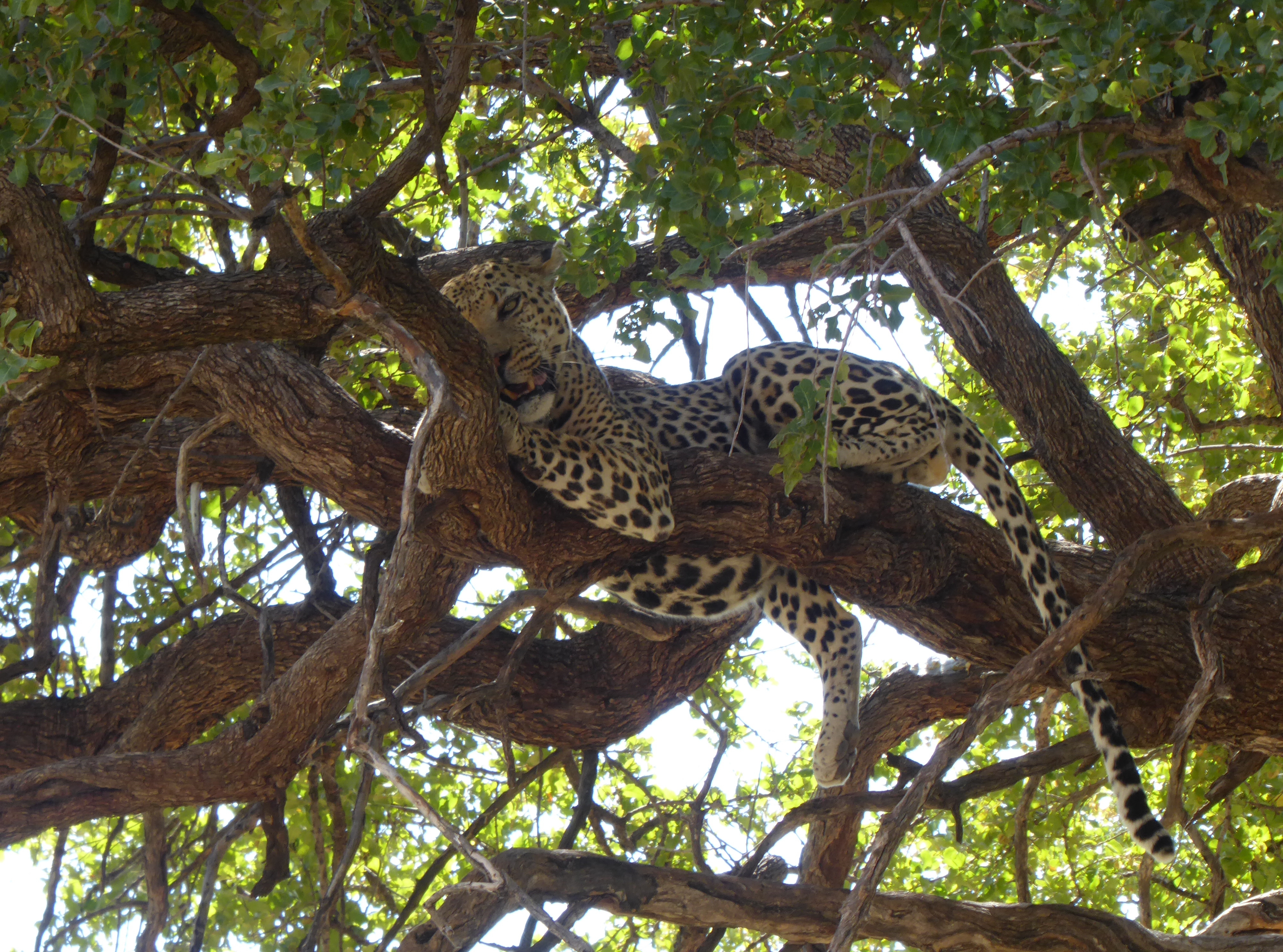
After Moremi we headed to Chobe.
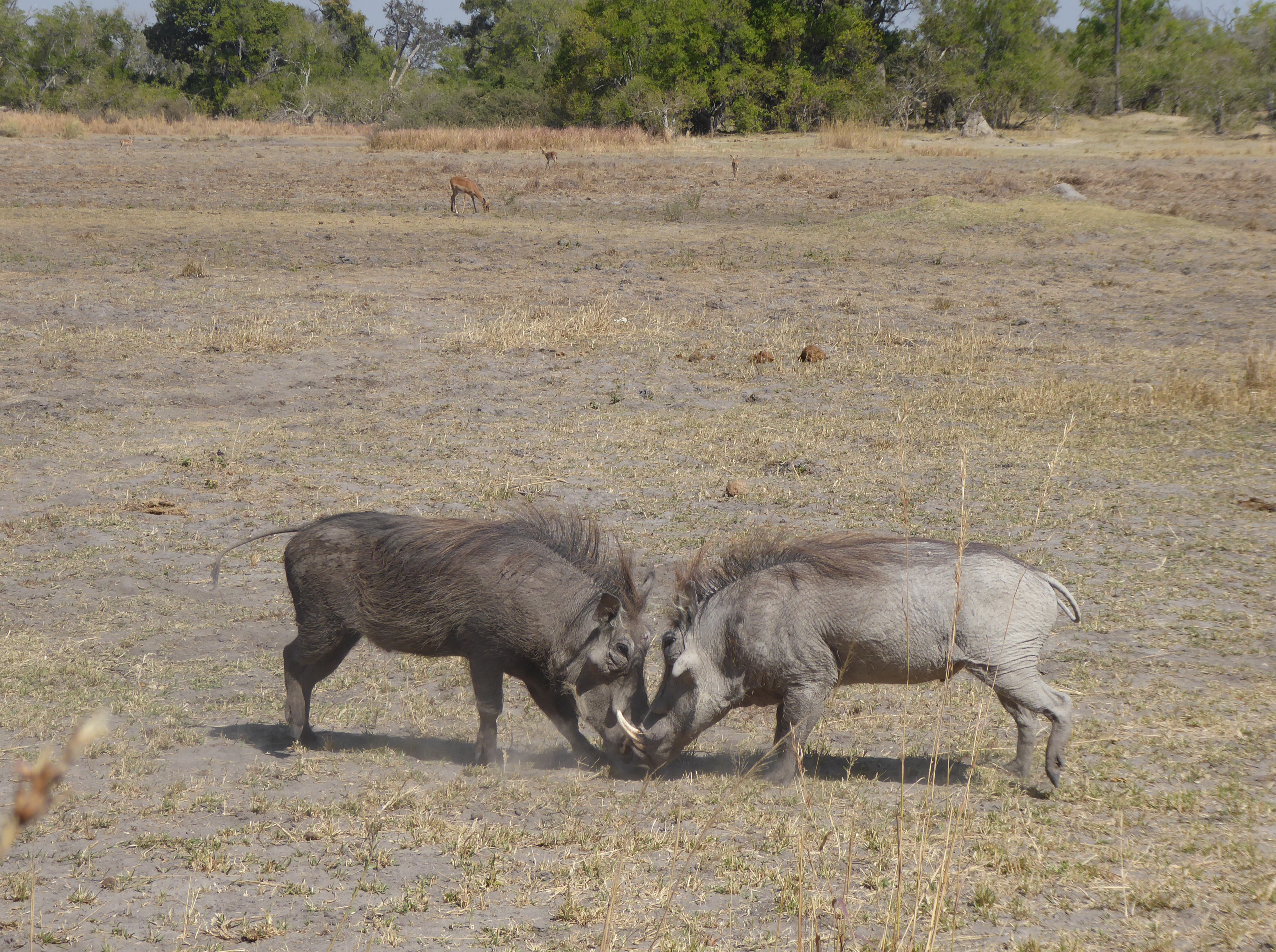
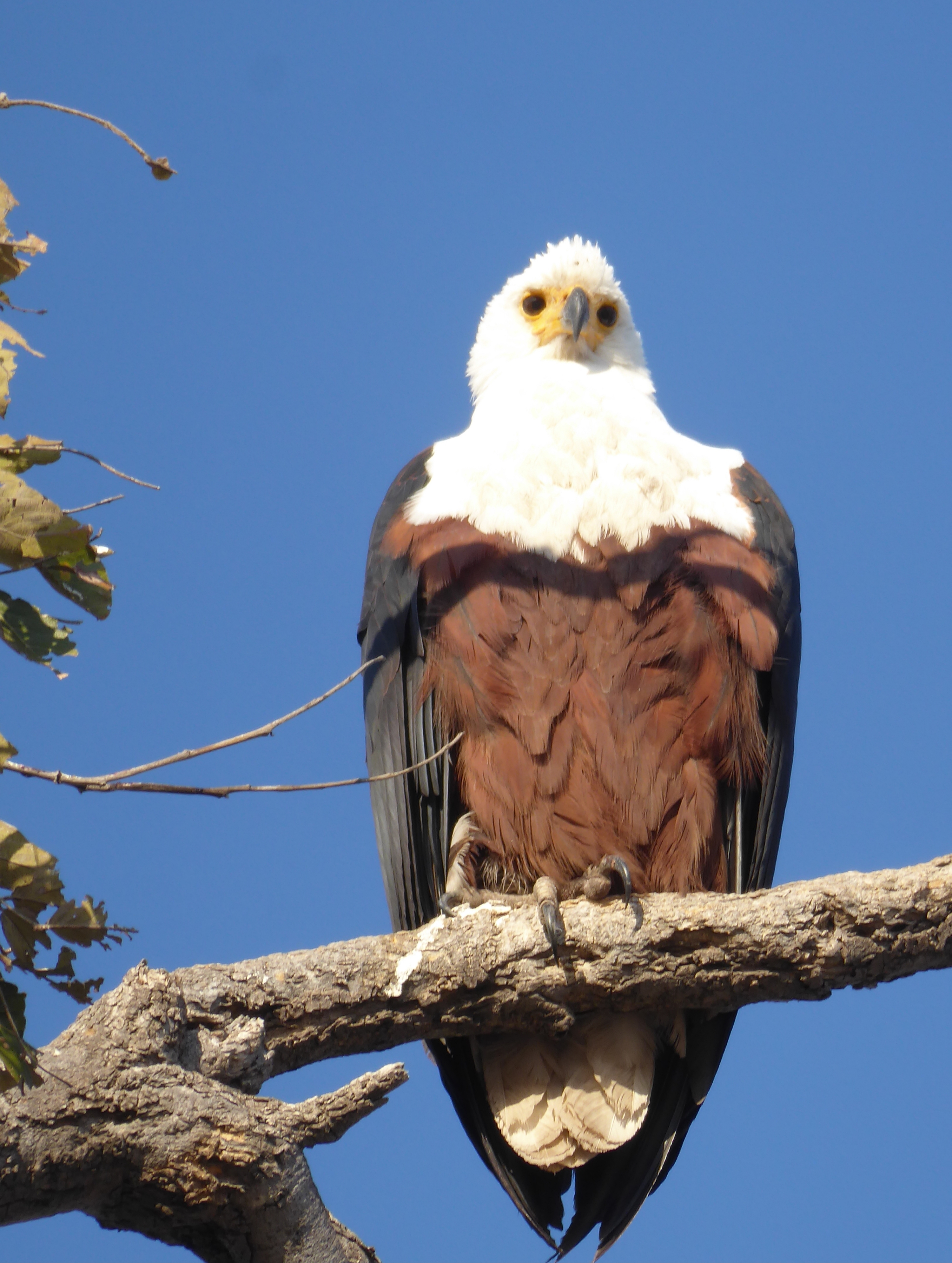
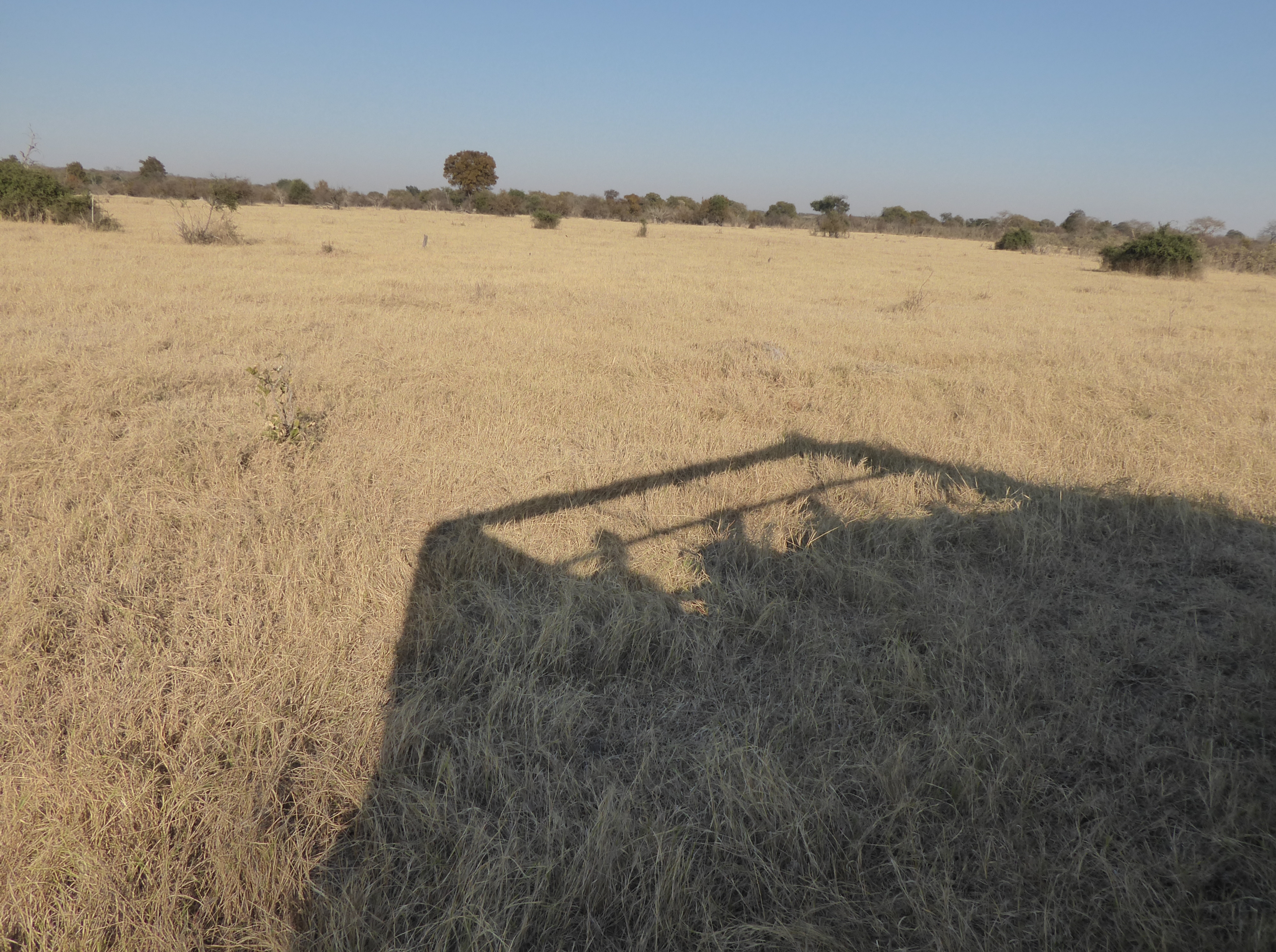
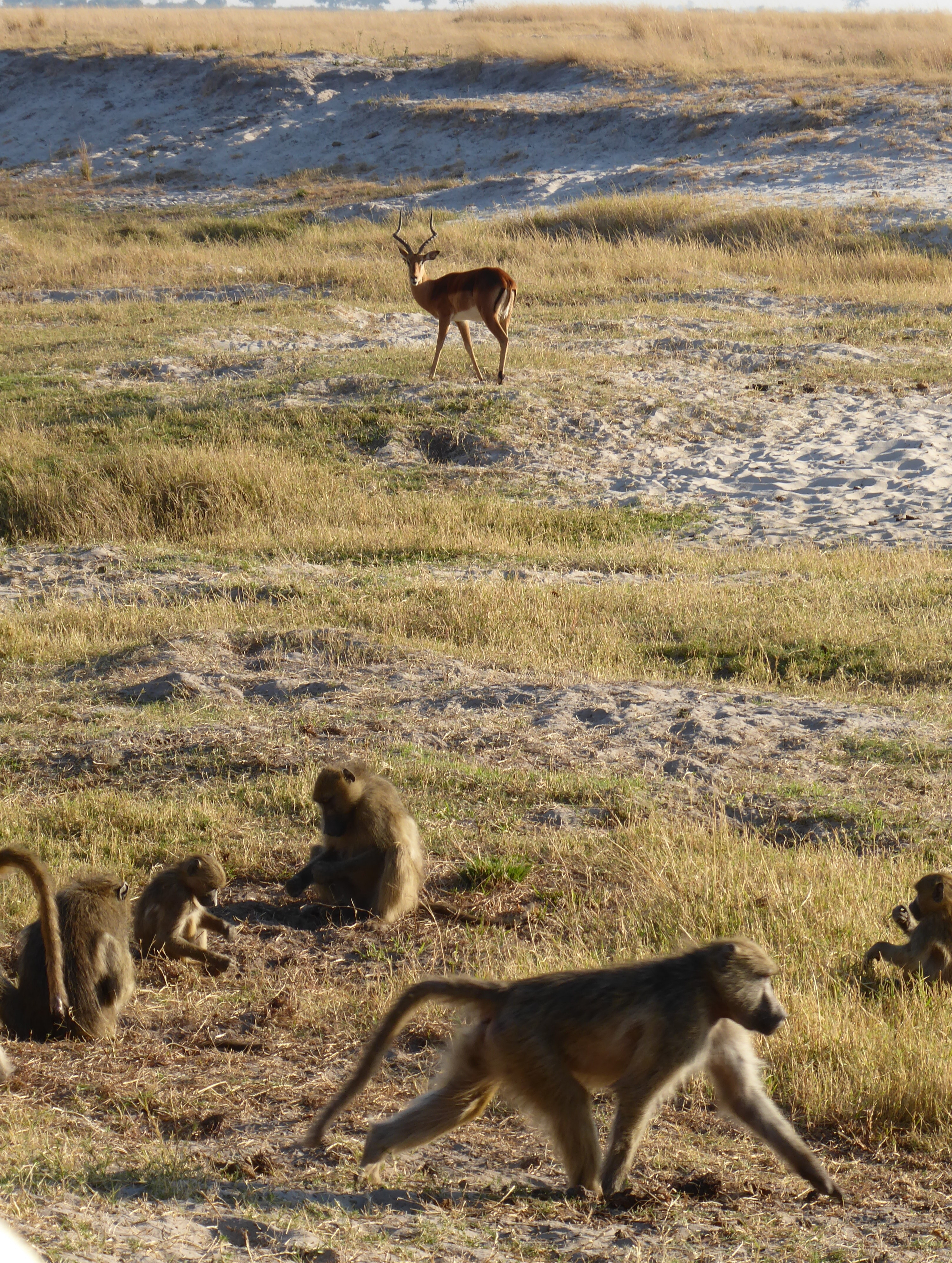
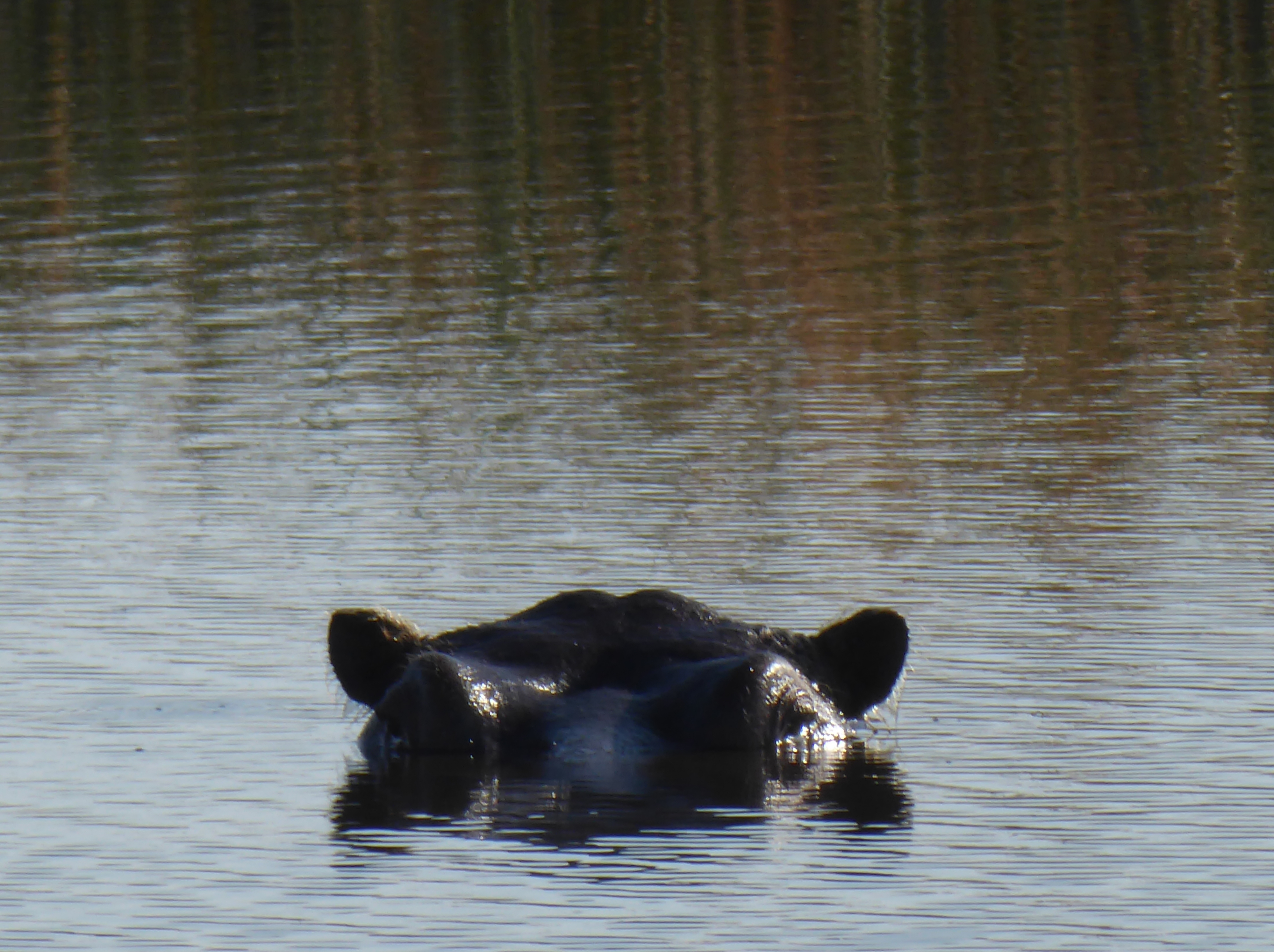
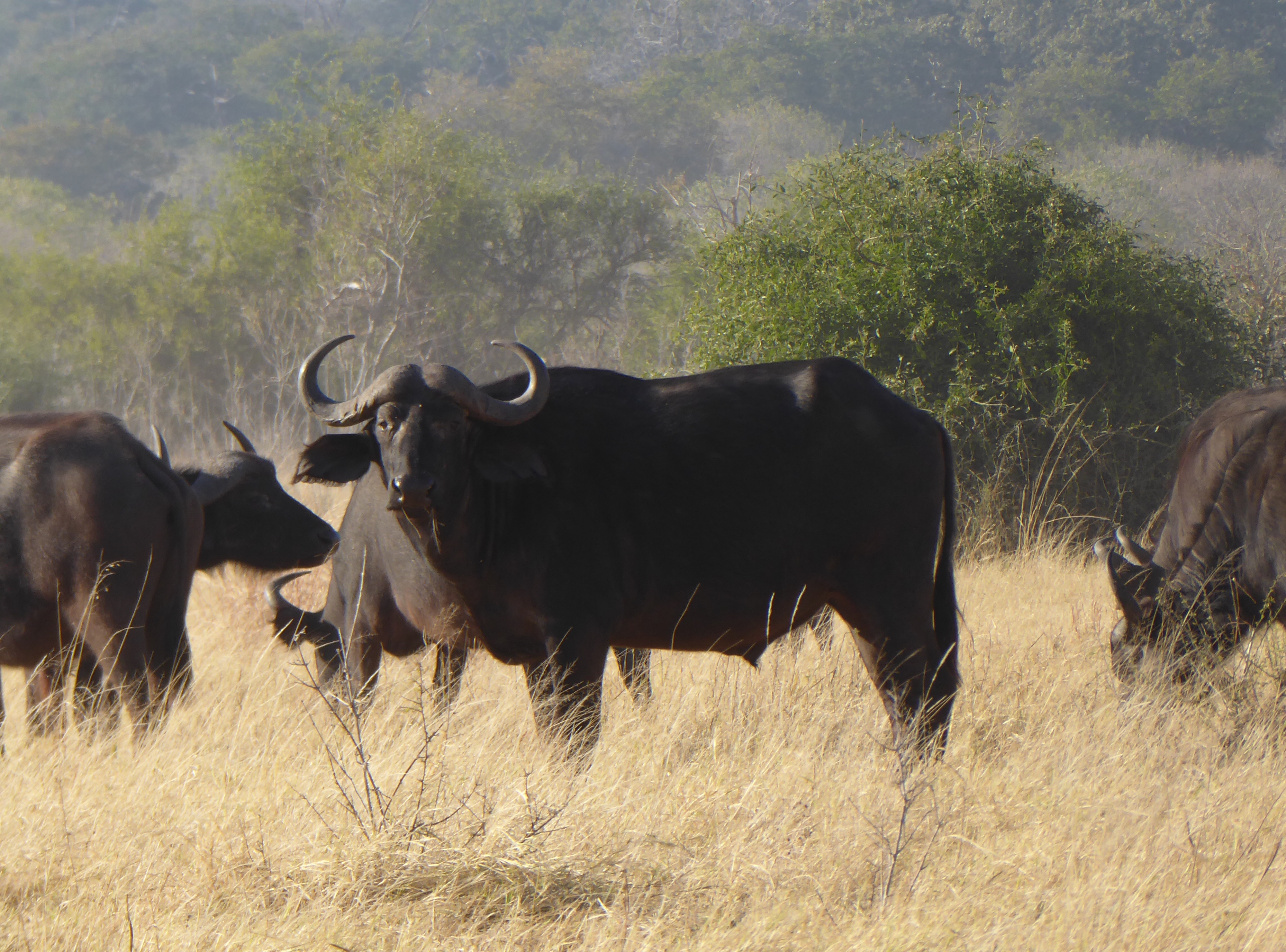
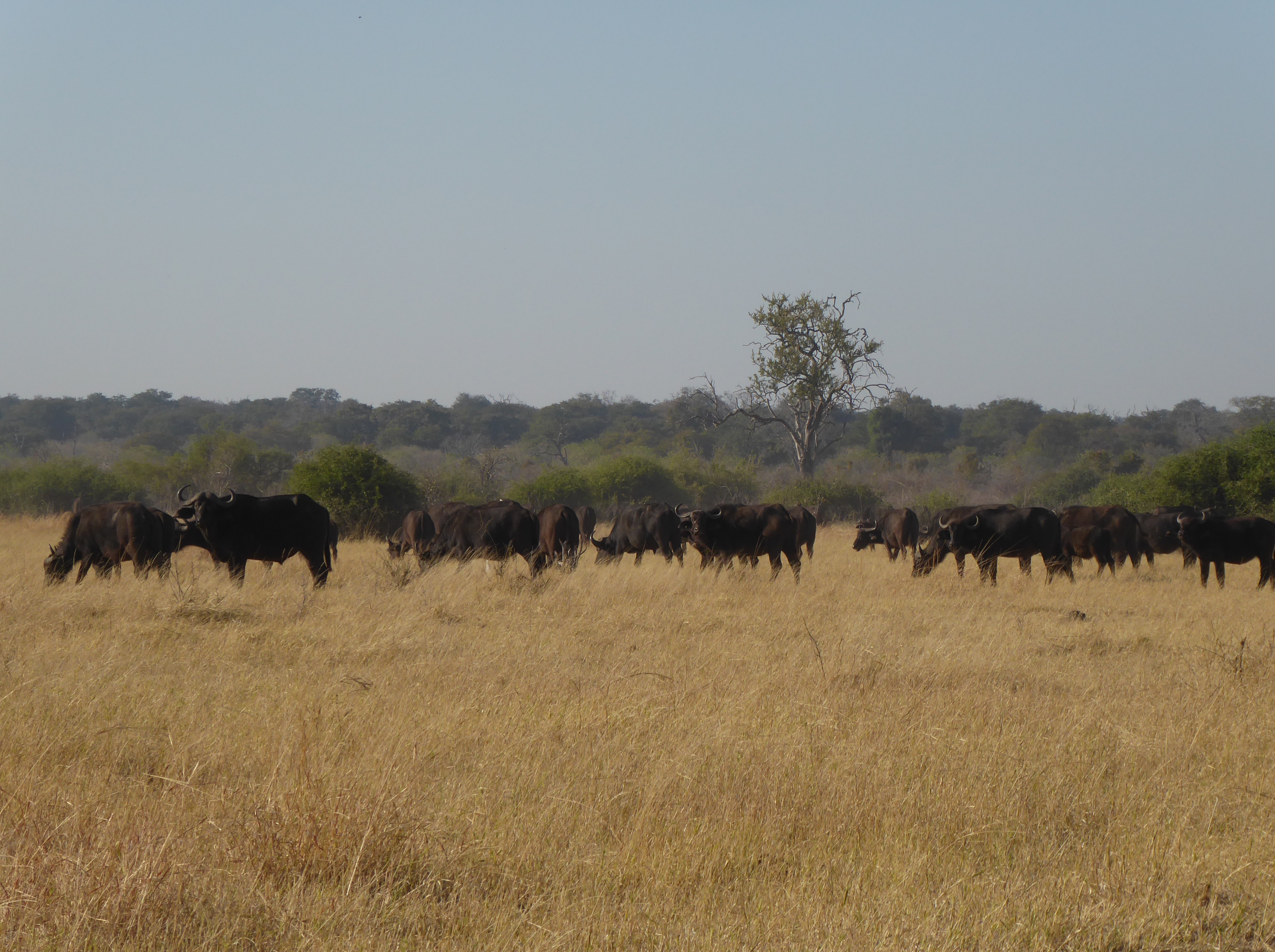

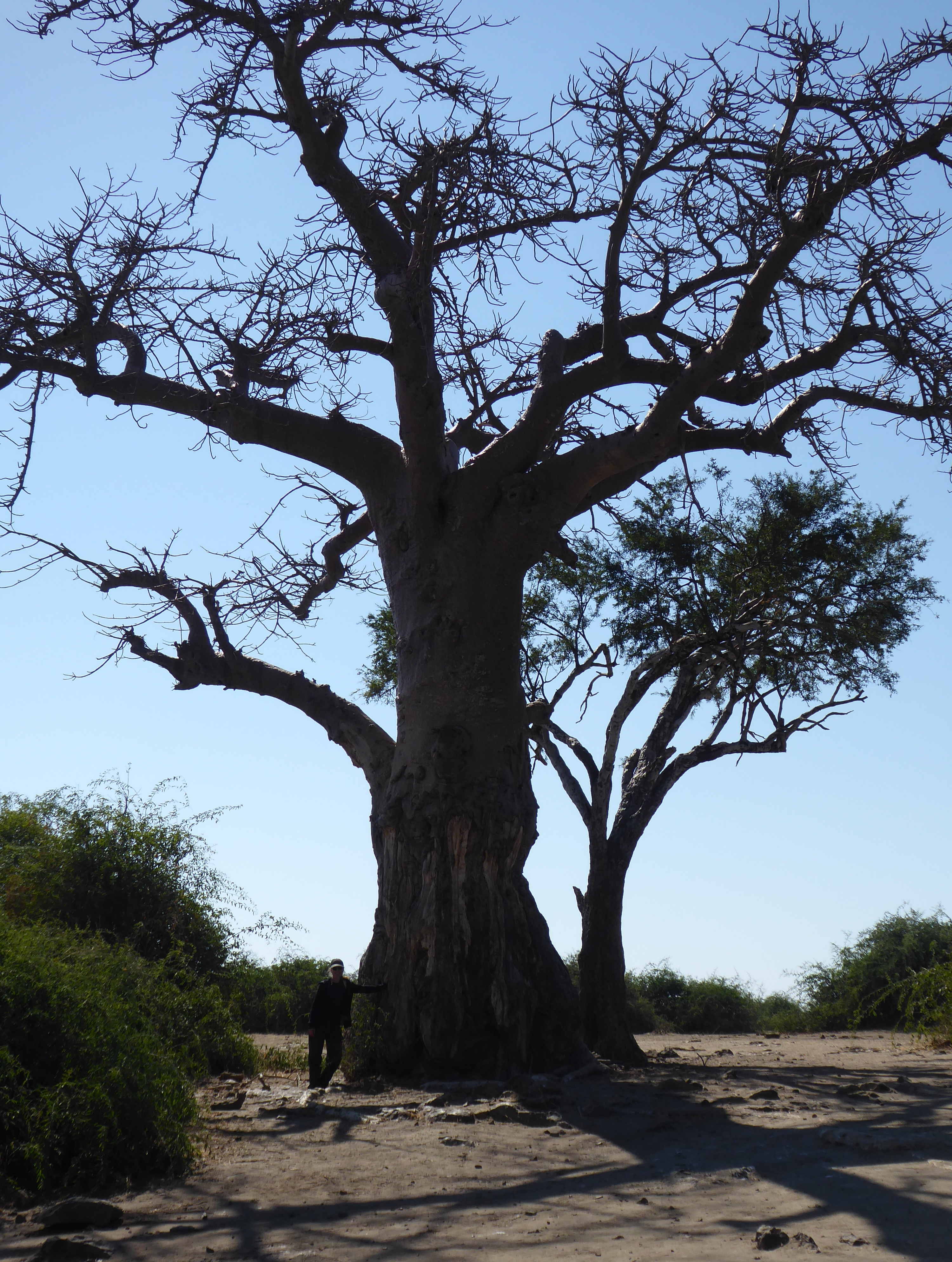
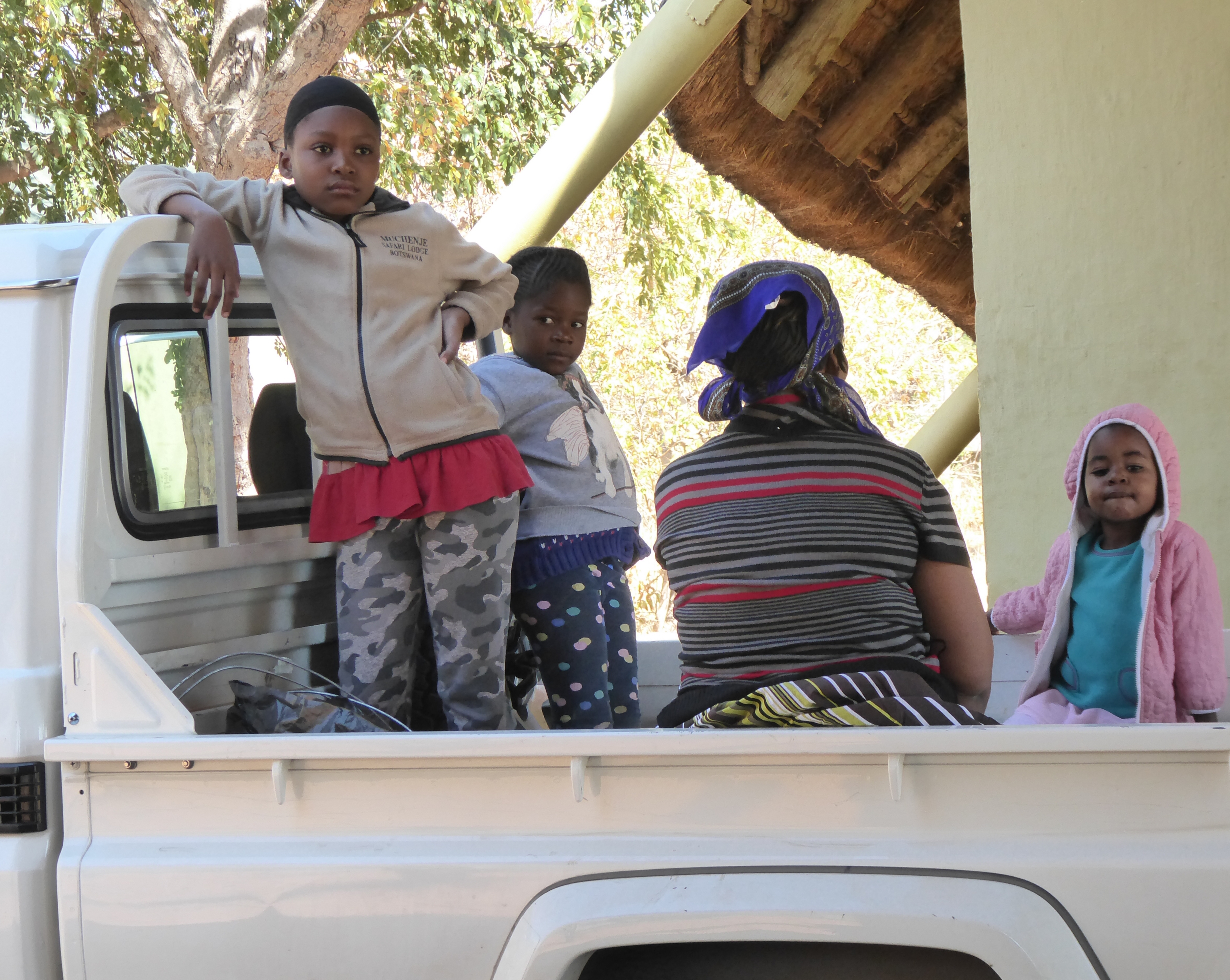
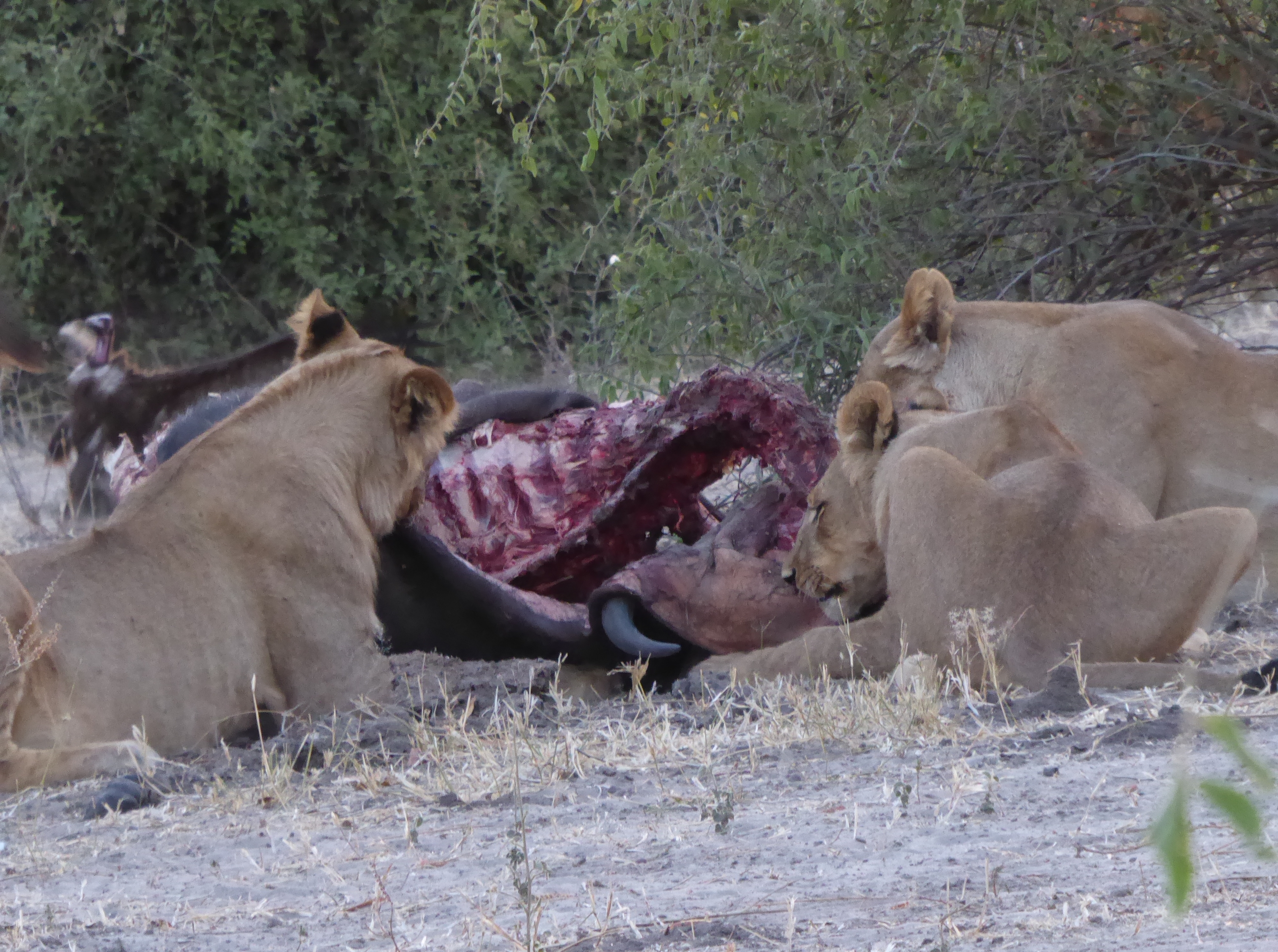
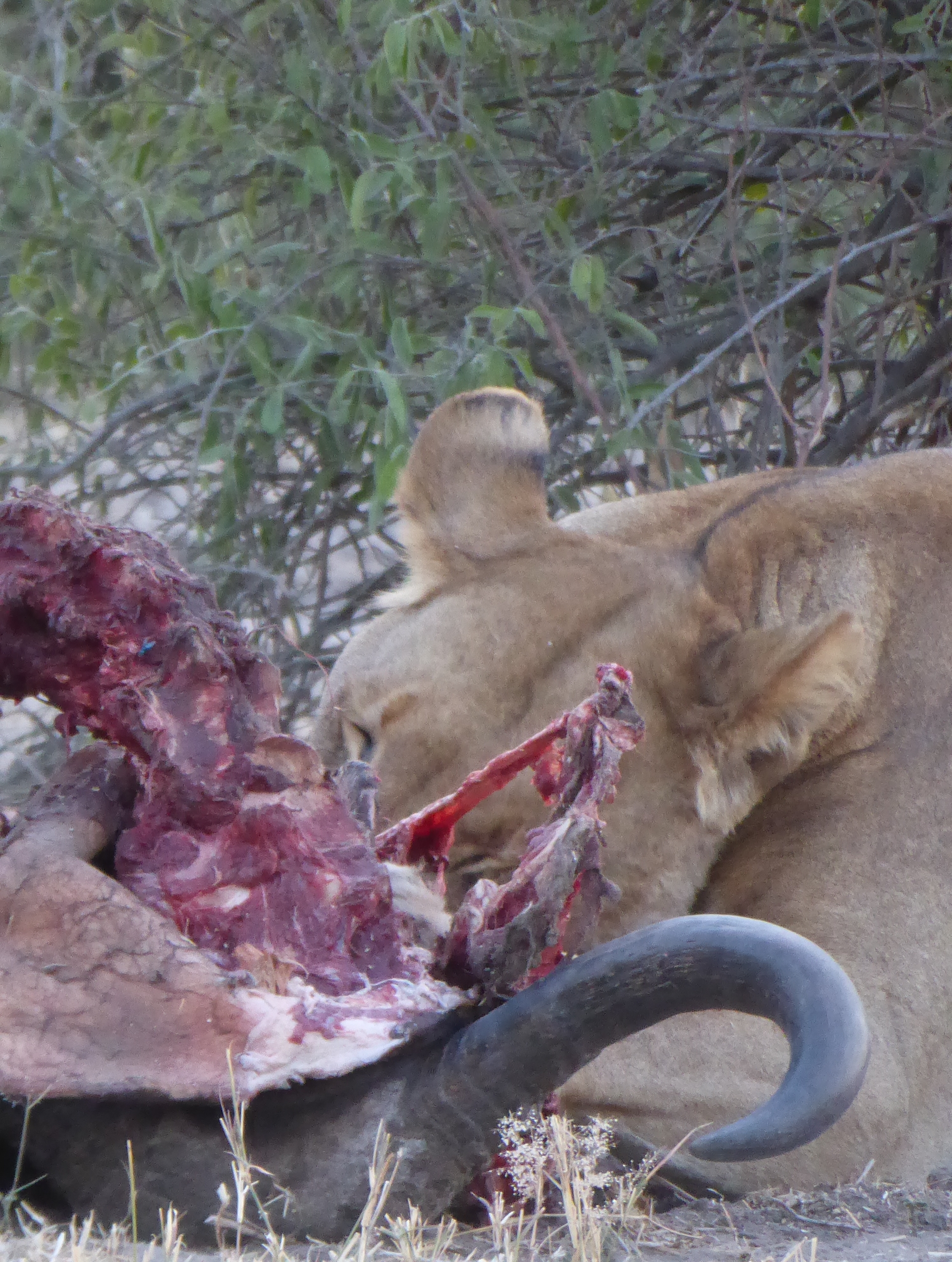
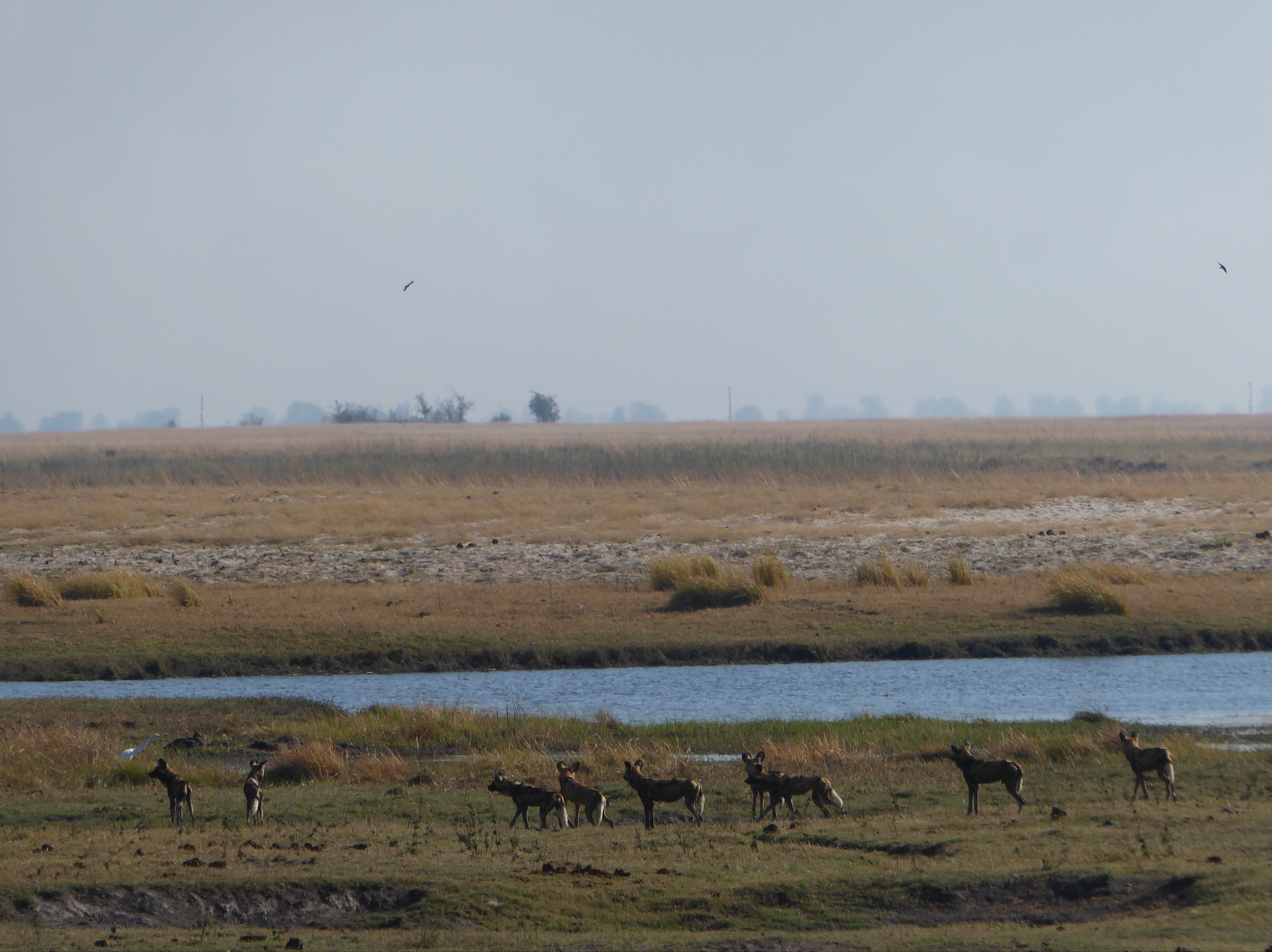
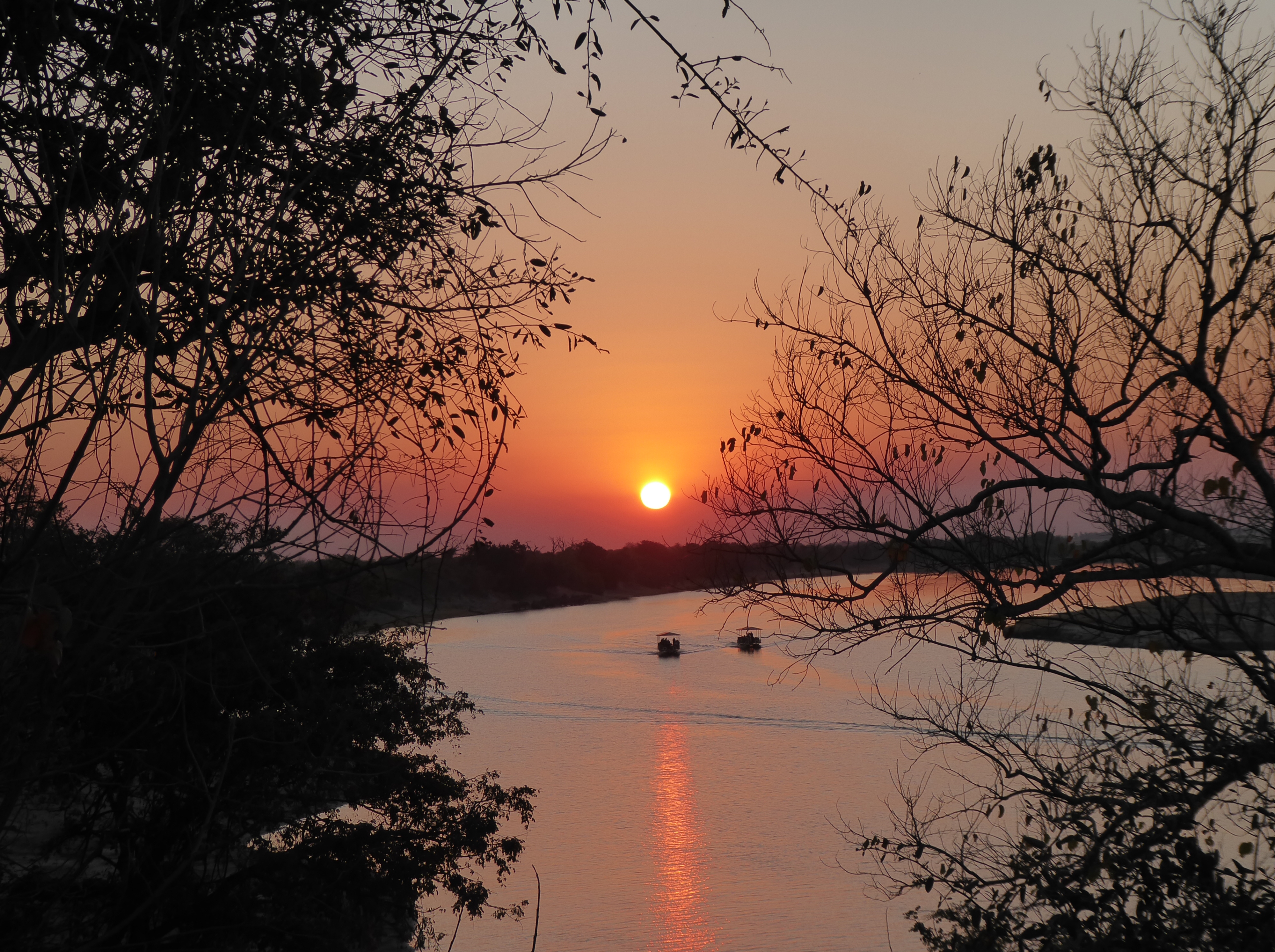
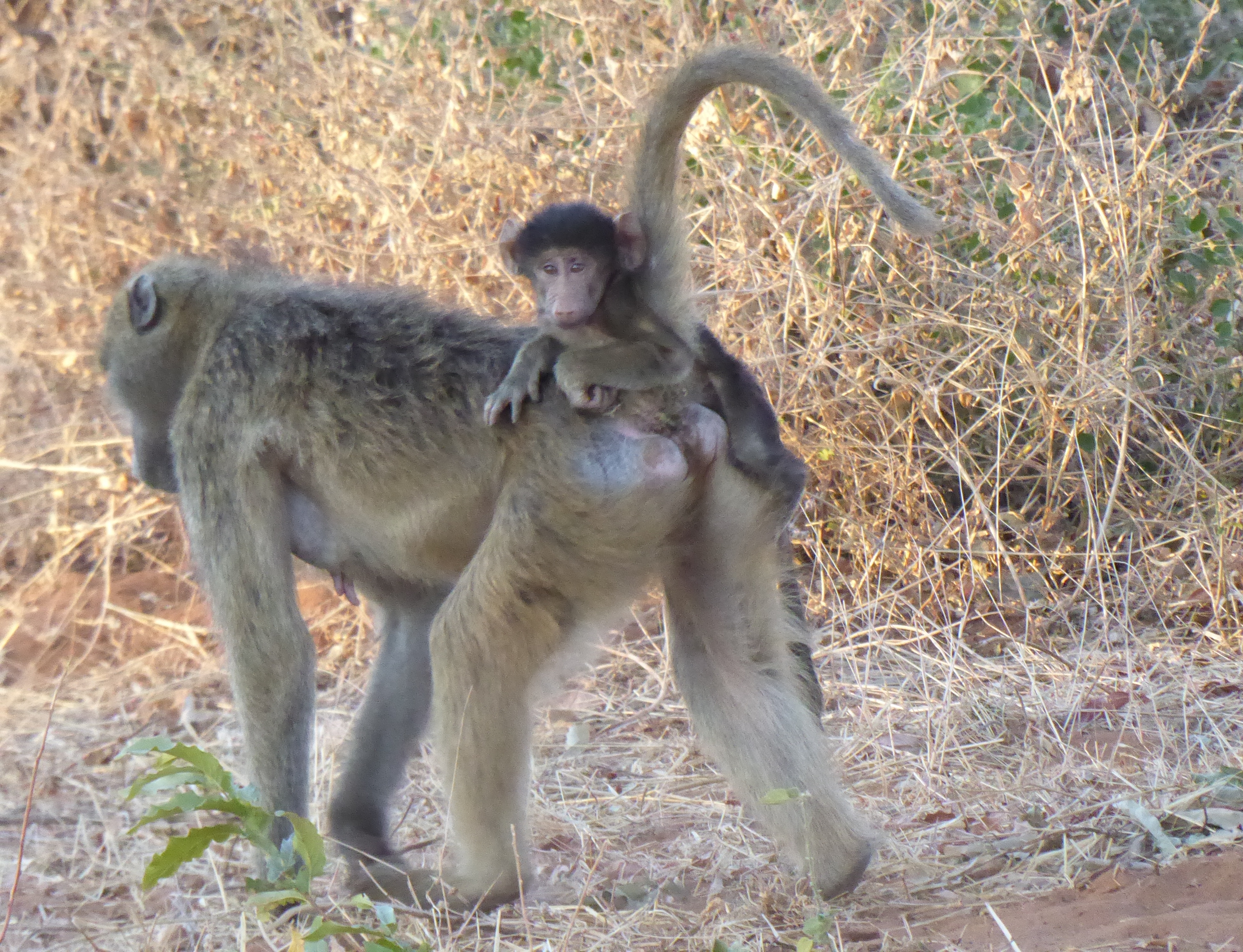
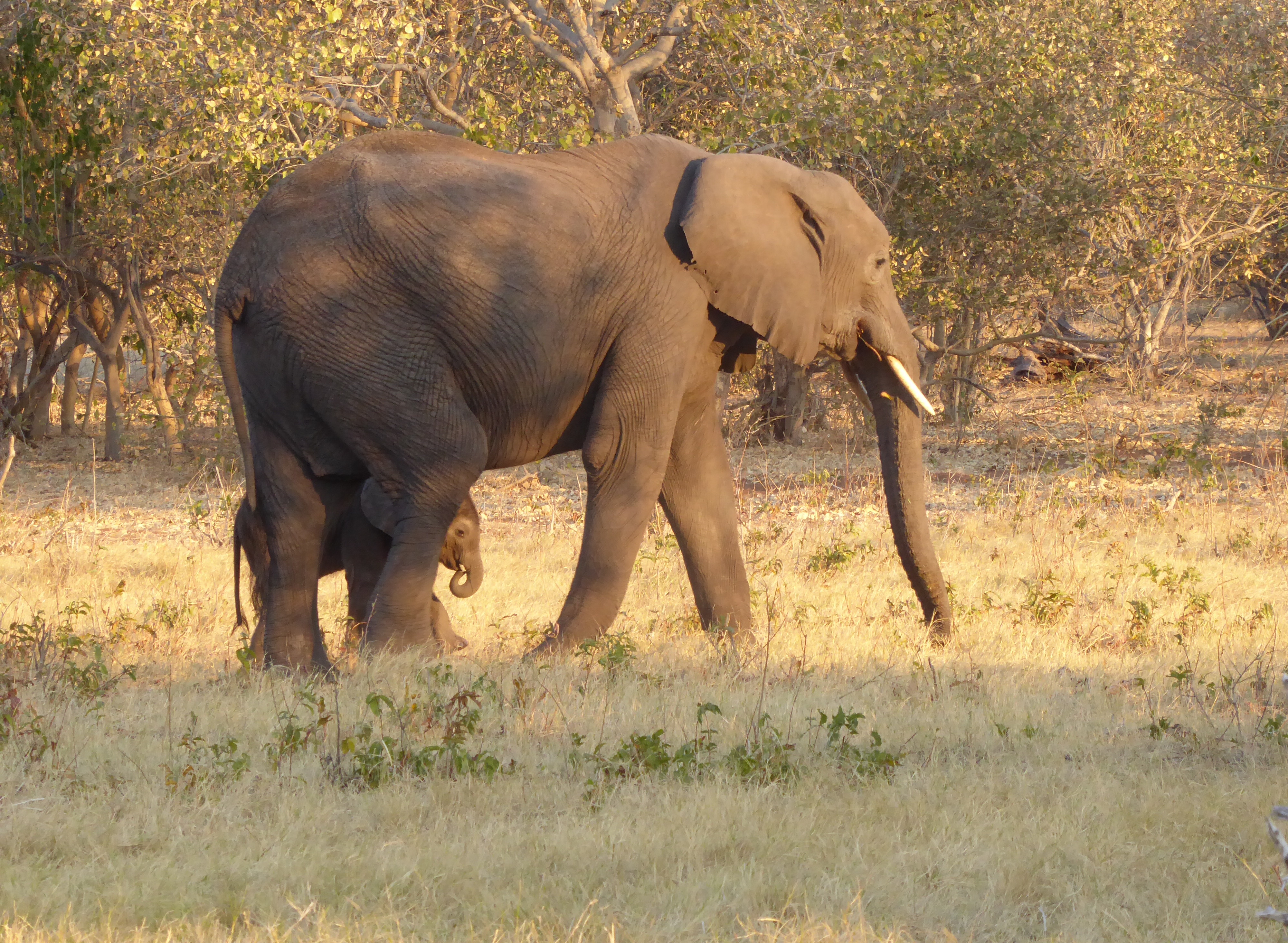
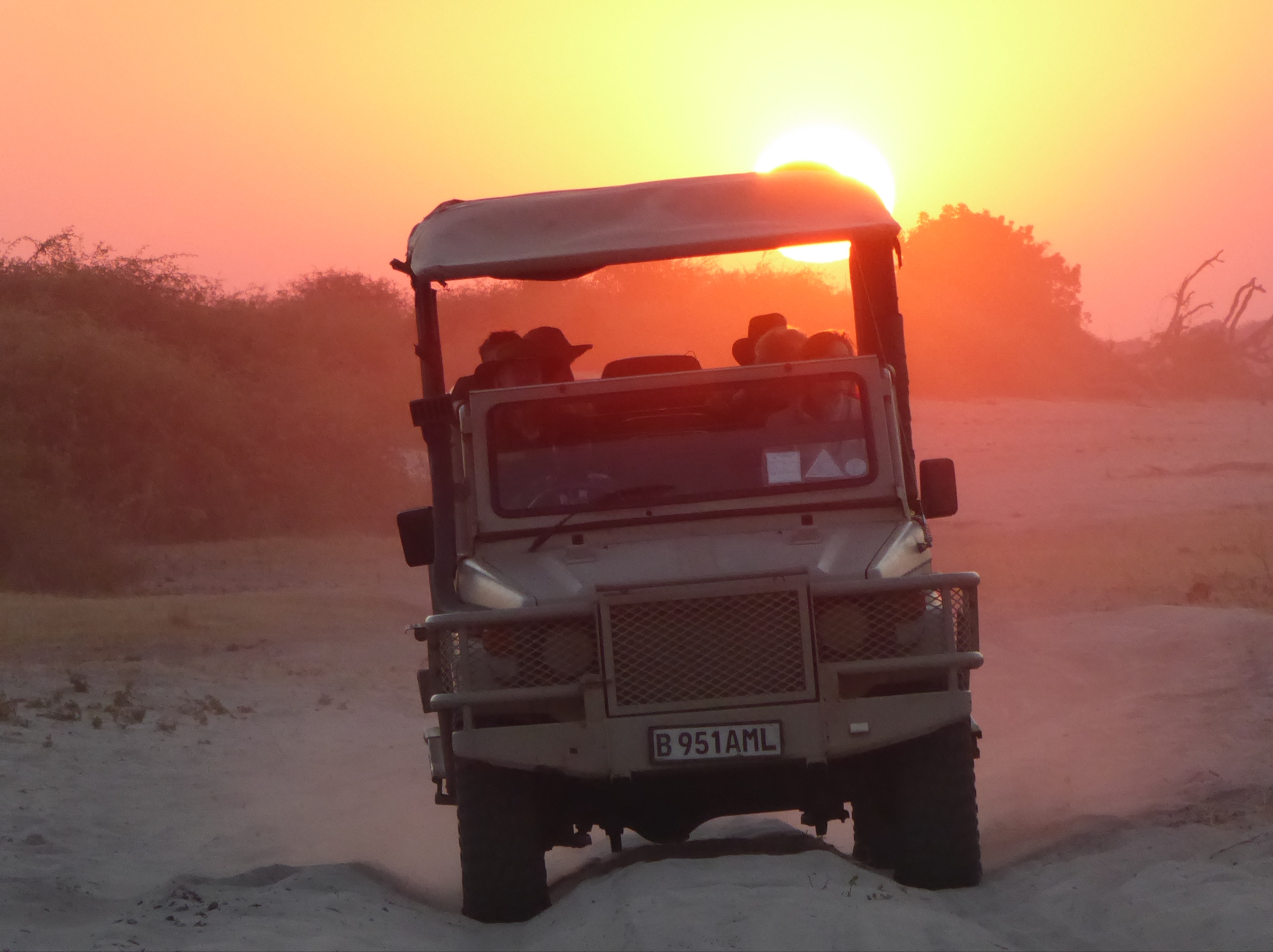

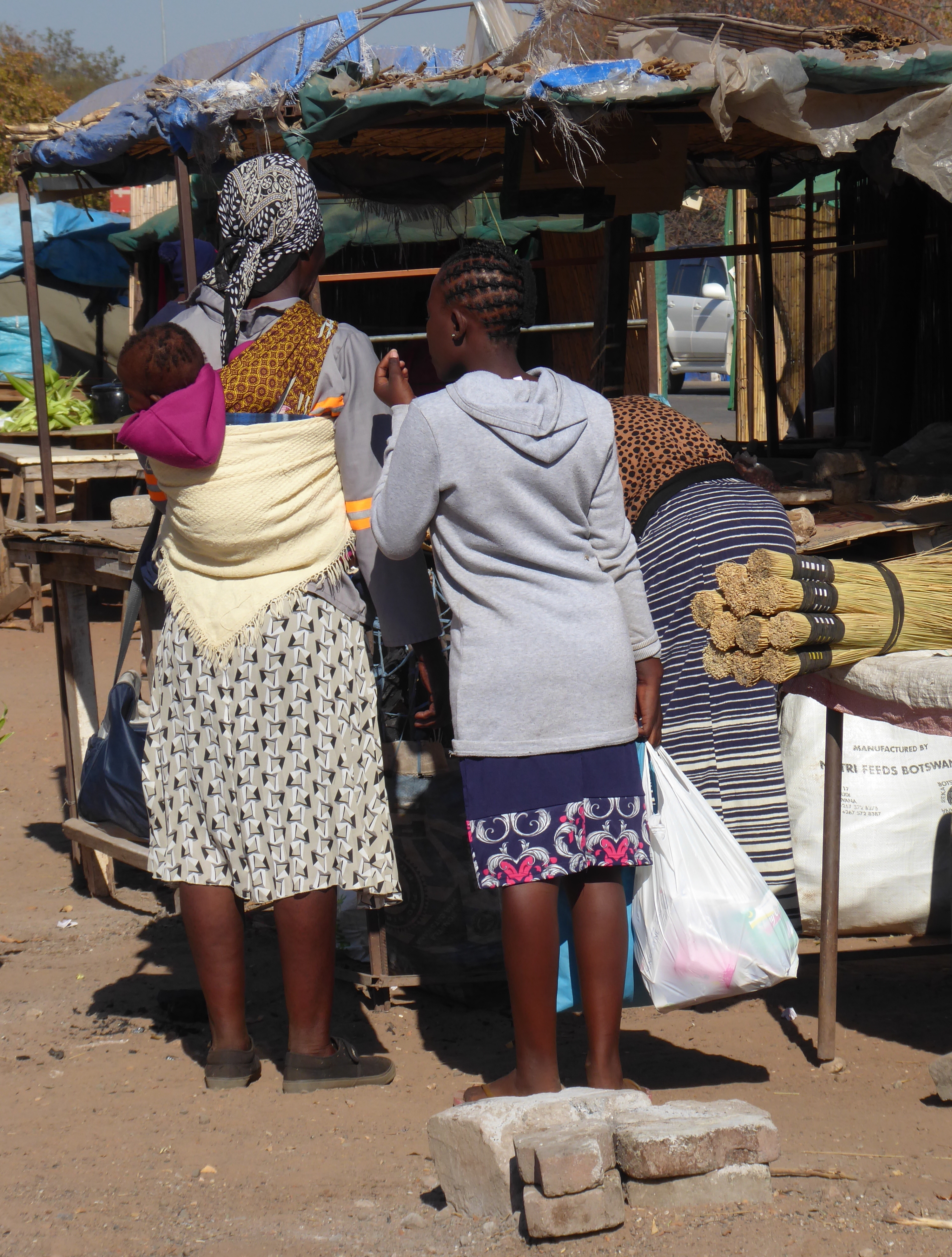
My expectations were met and exceeded ten-fold.
Returning back to Vic Falls I decided to treat myself to another sunset cruise. As the beauty of the moment unfurled, the wonderous images from Botswana did too.
My flight to Cape Town was the following day.
